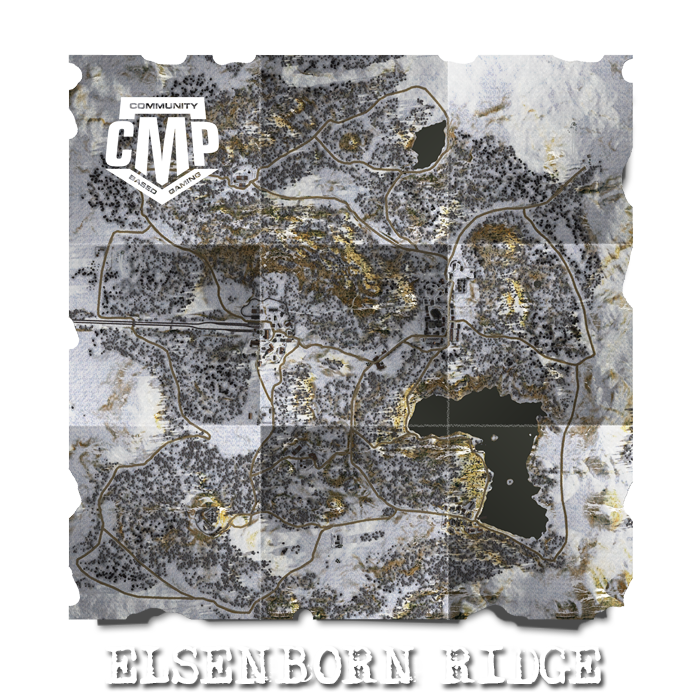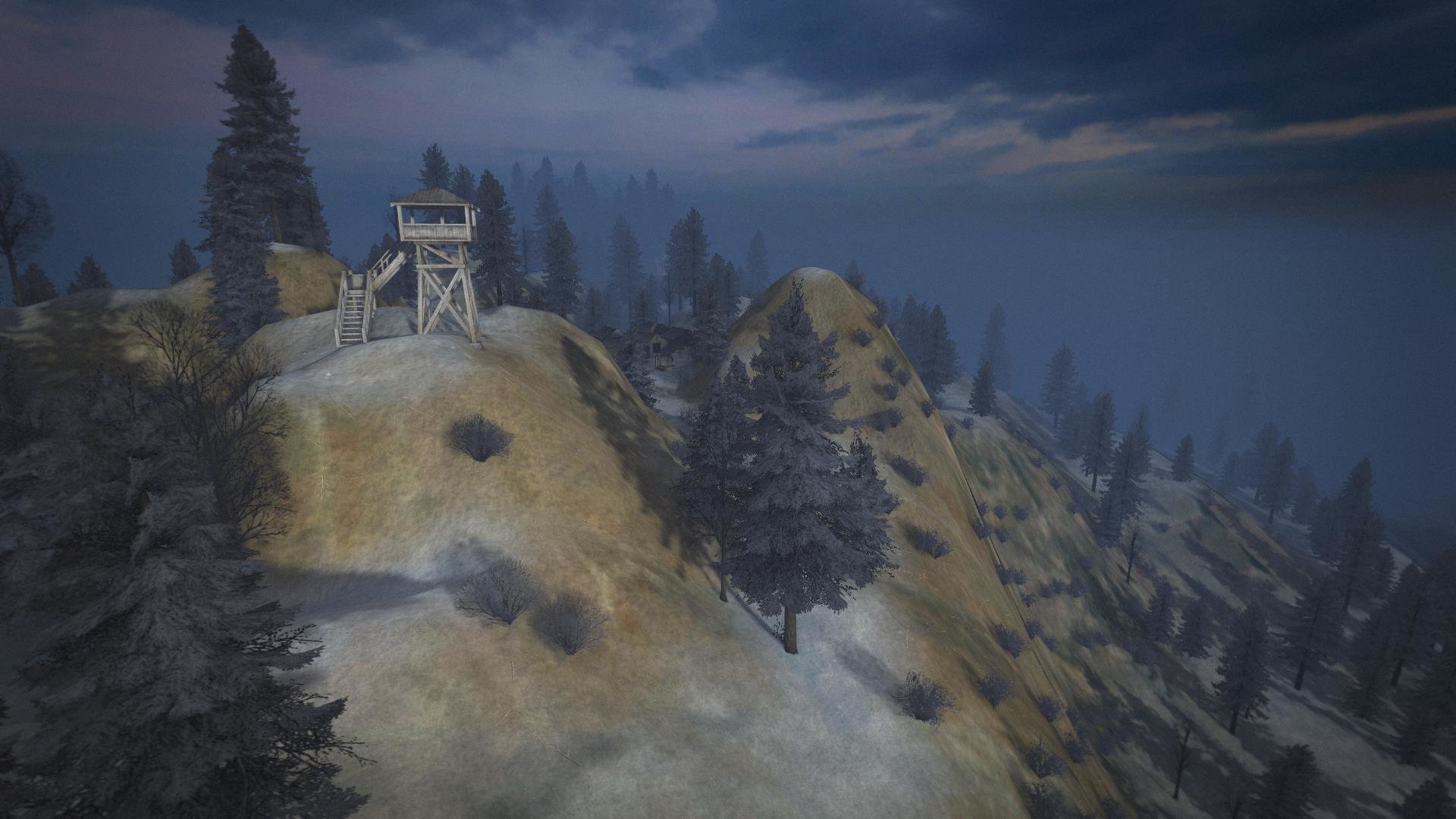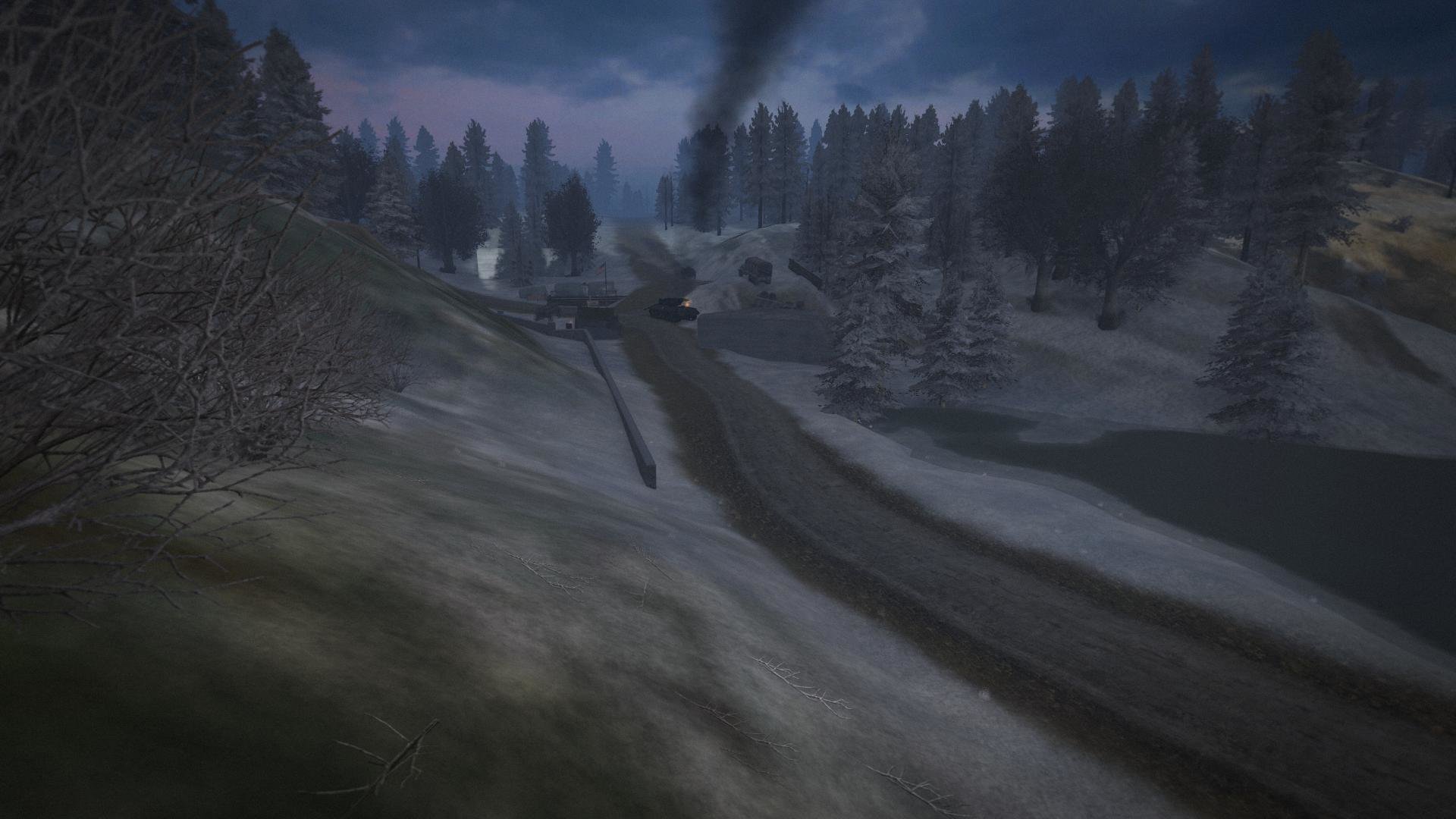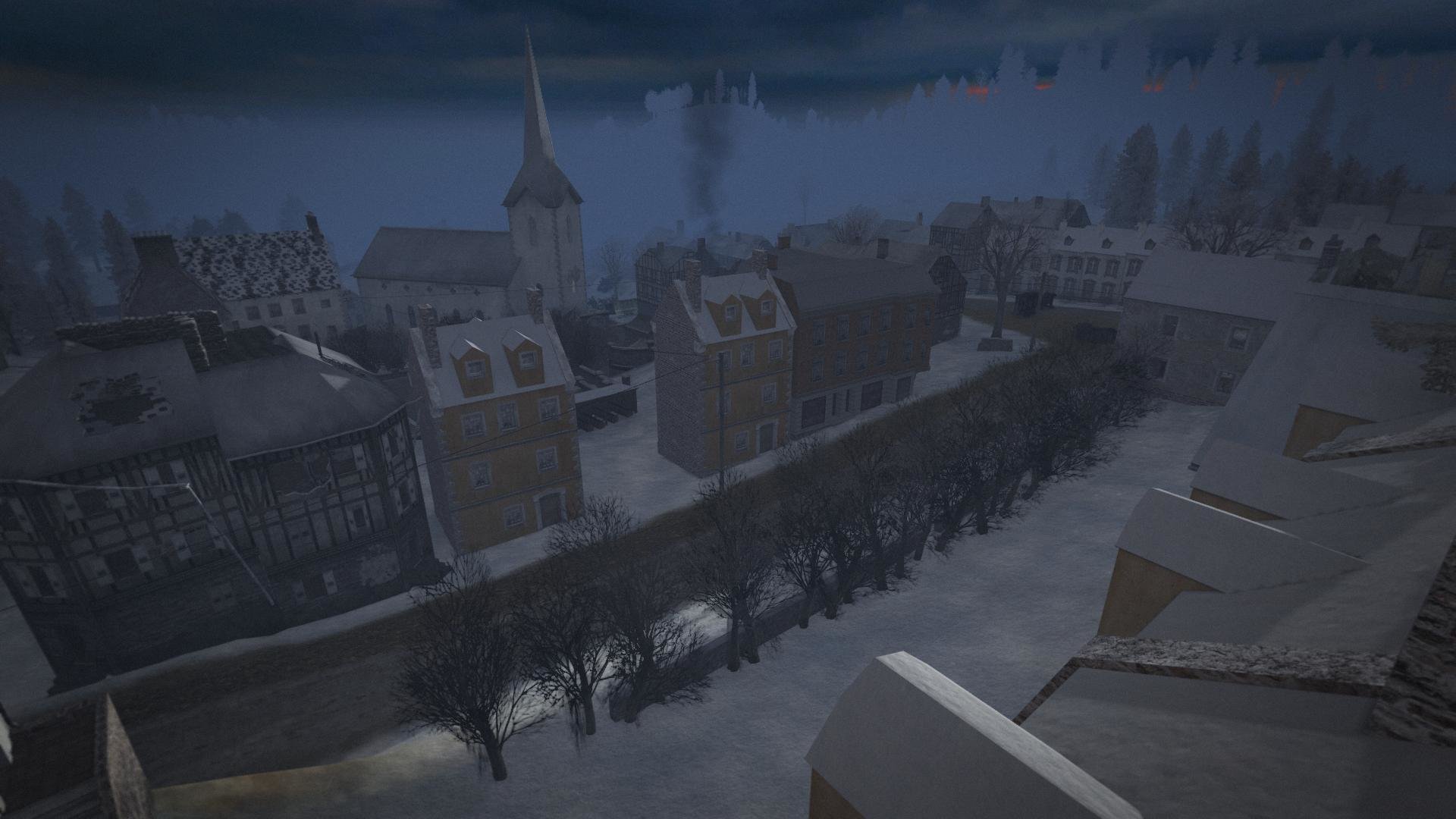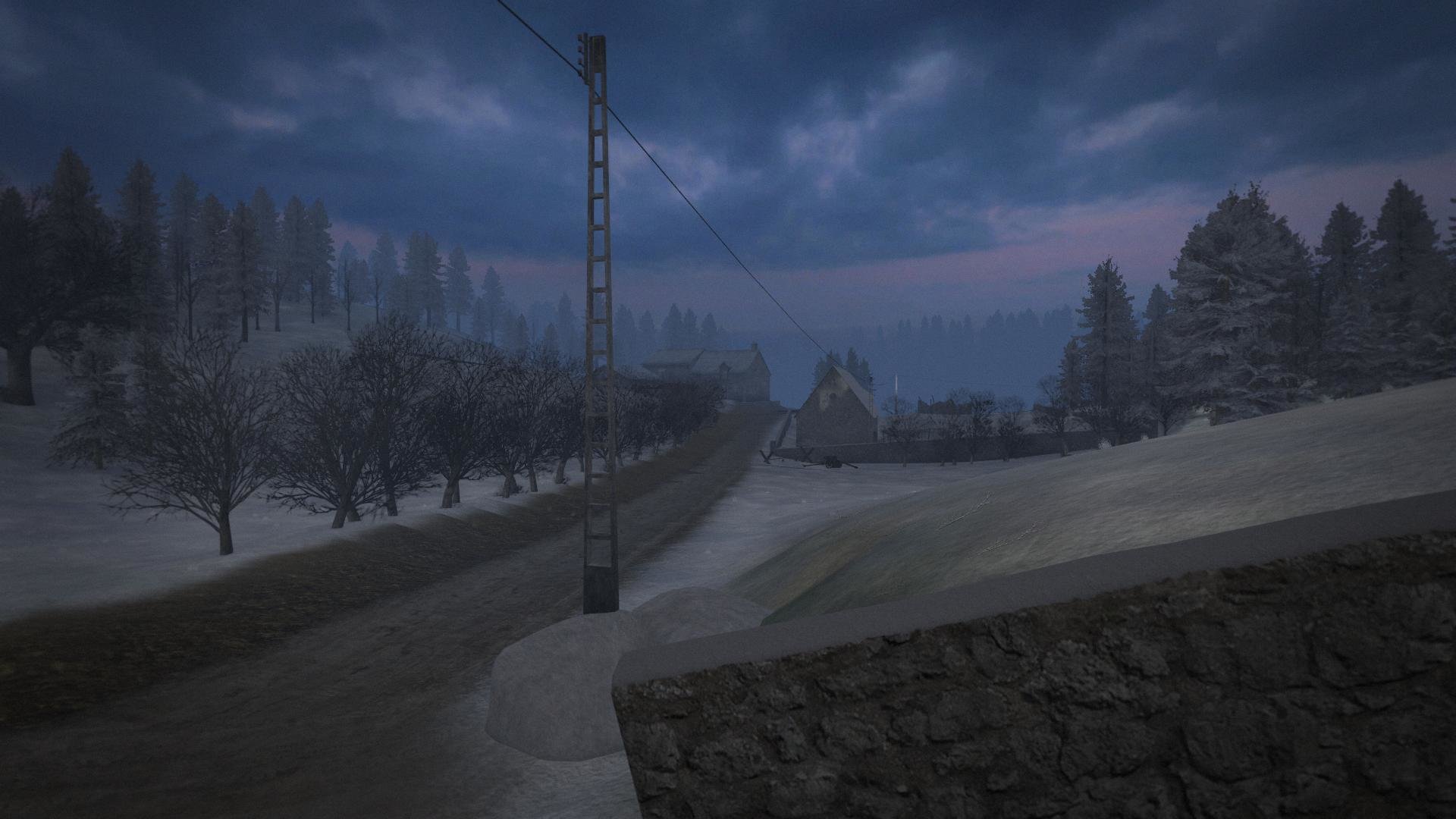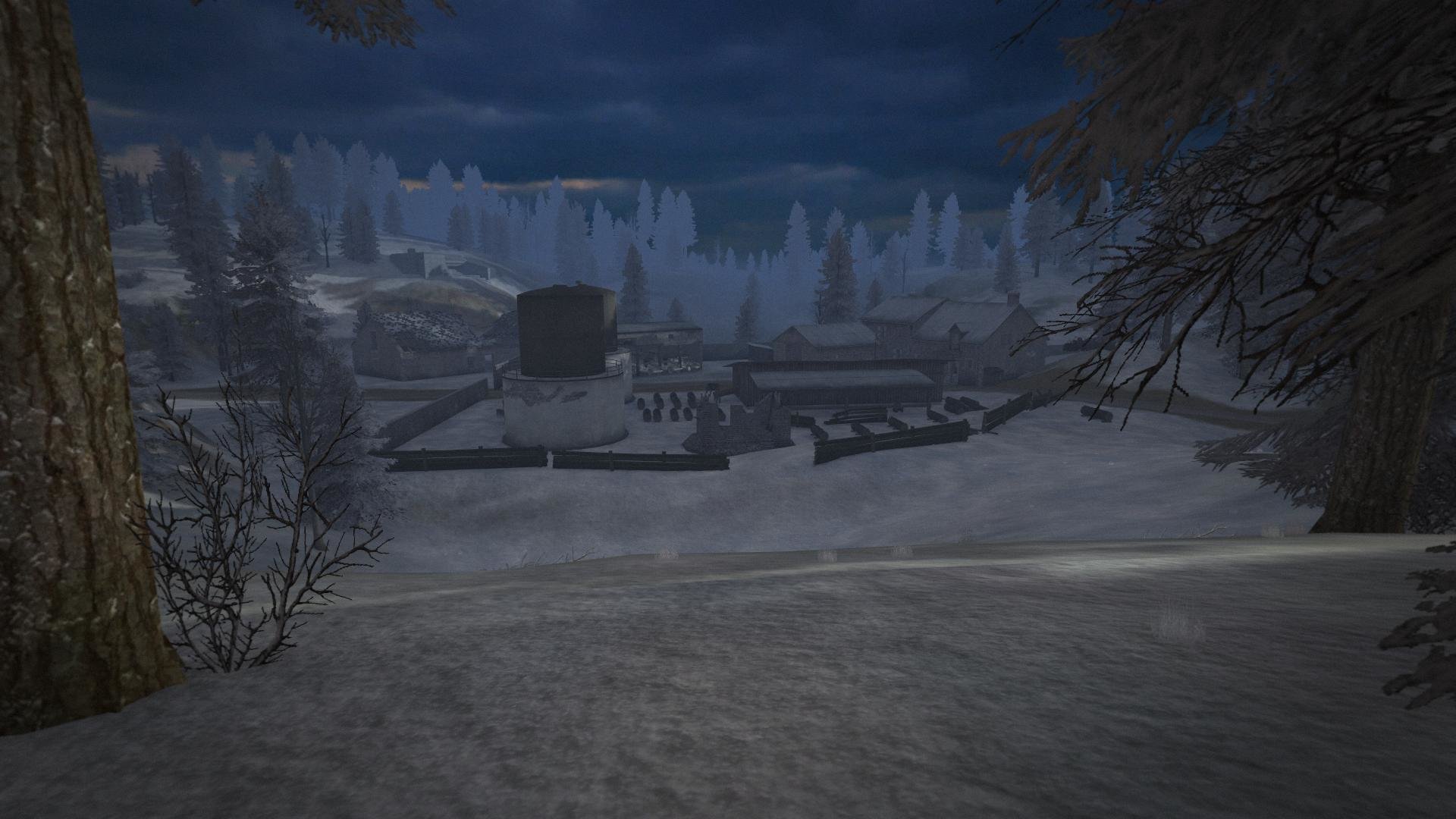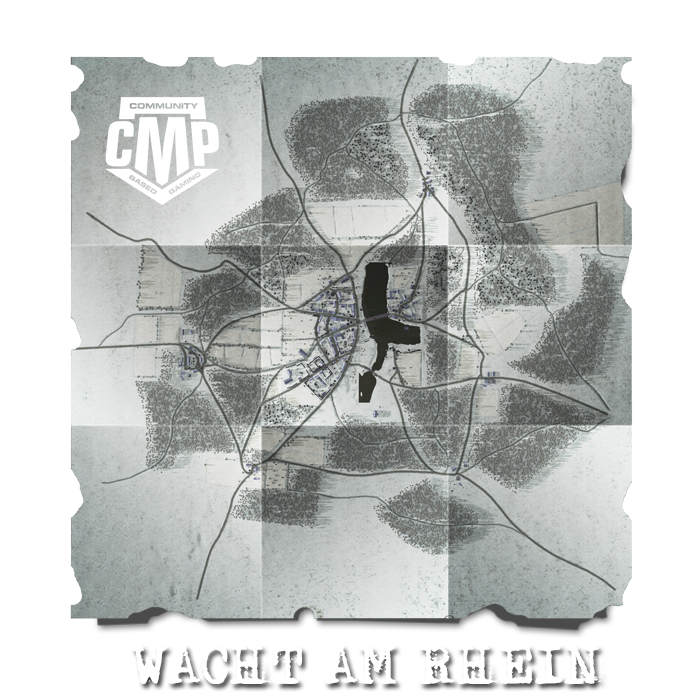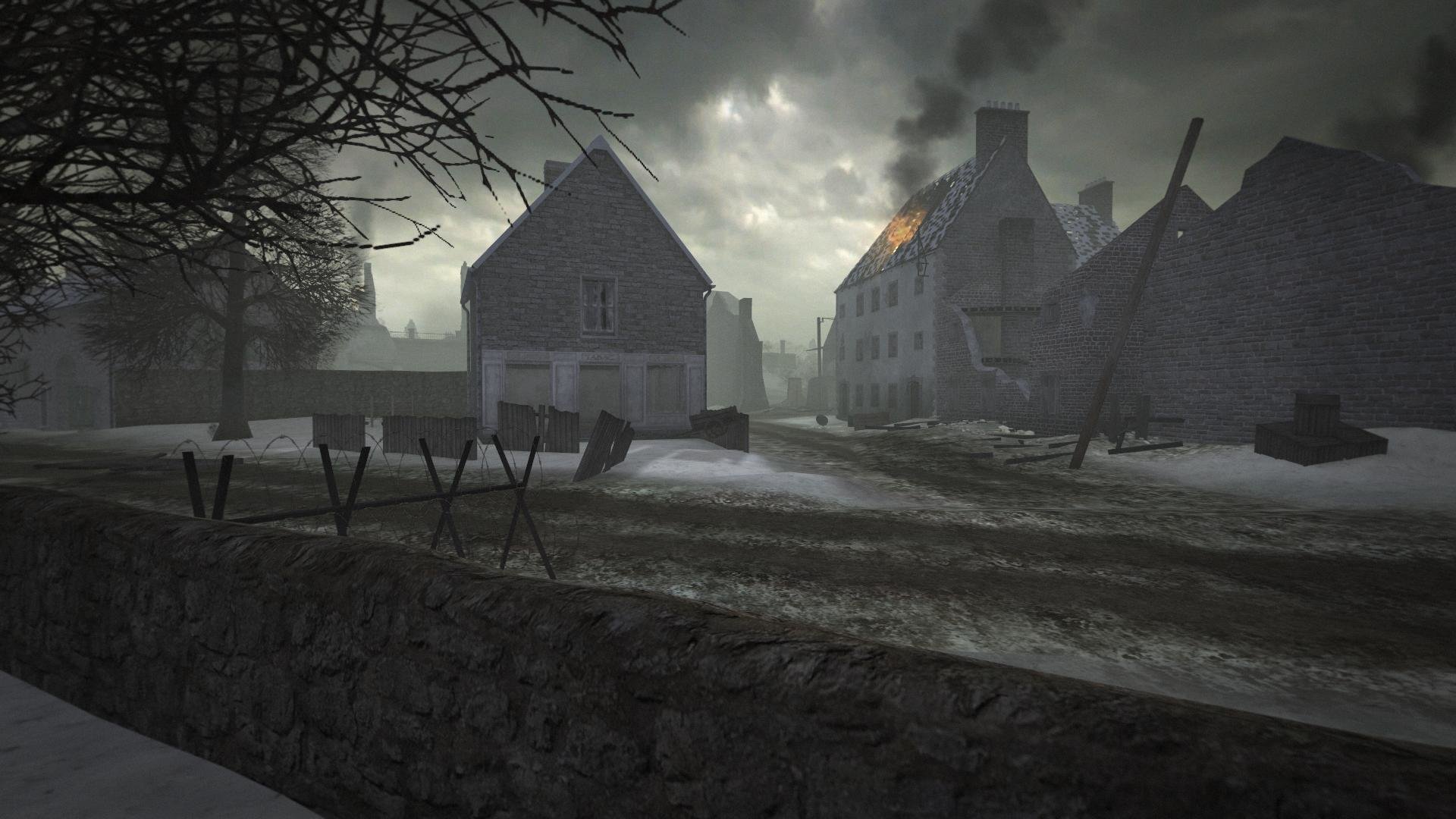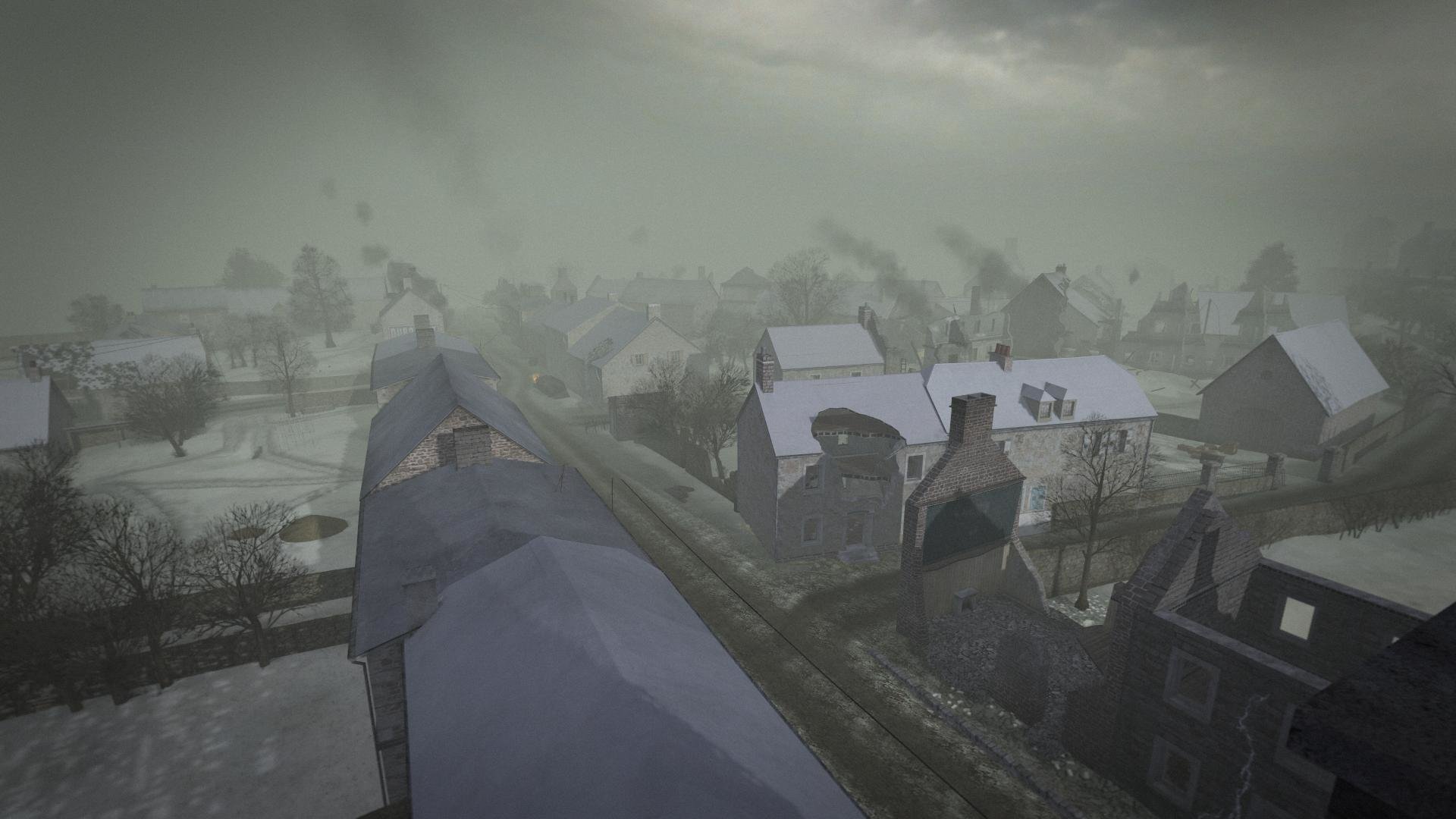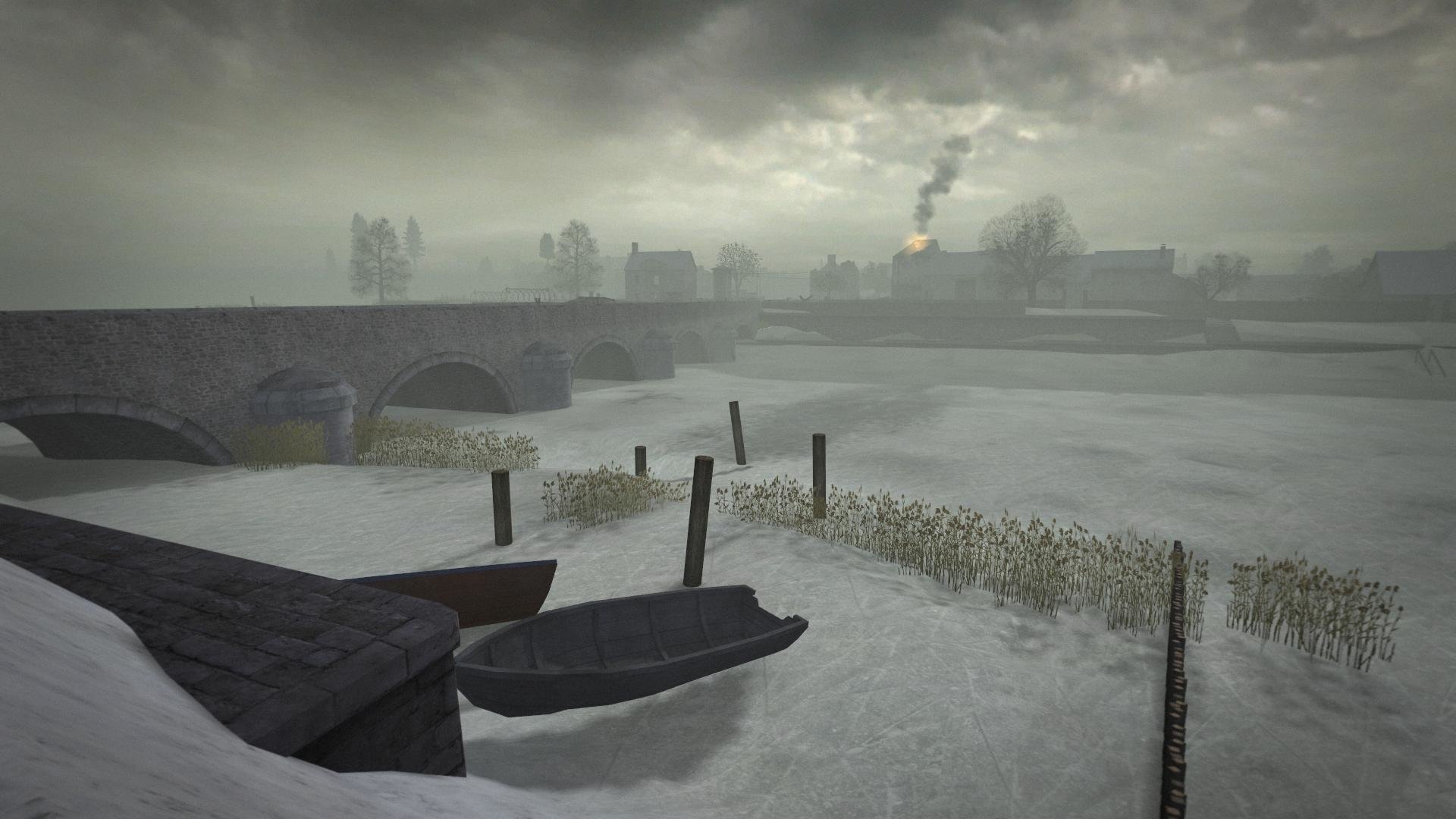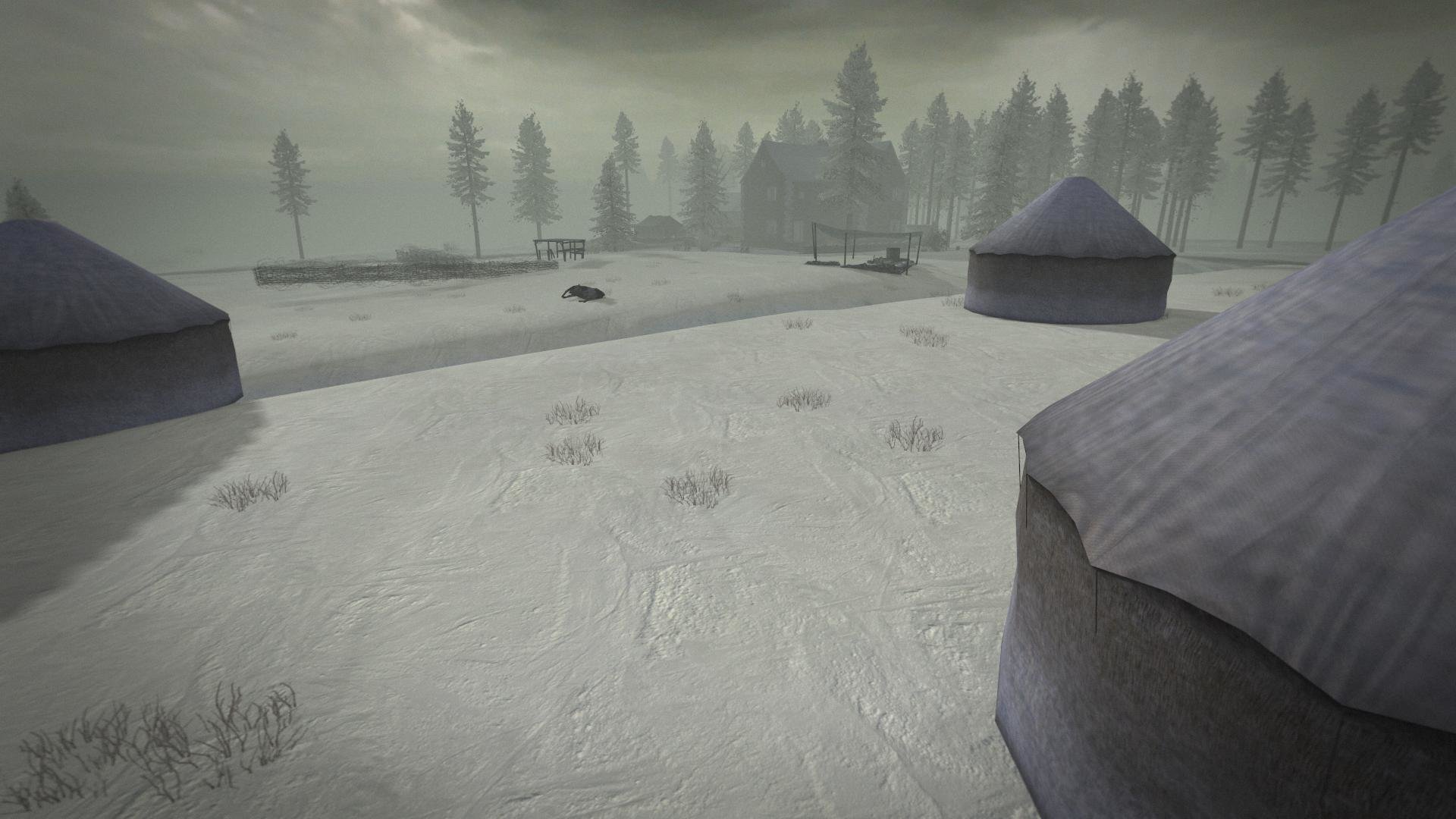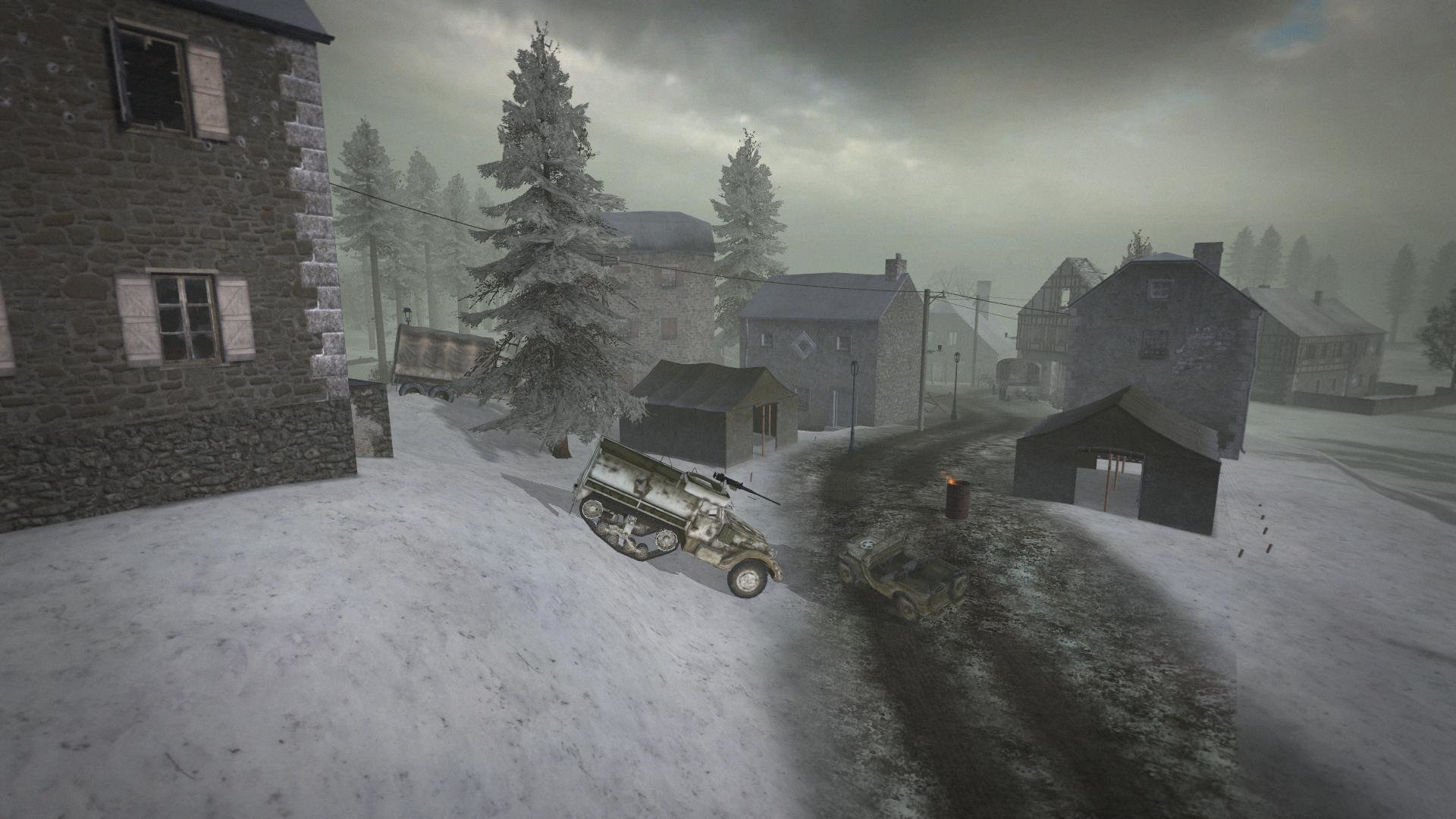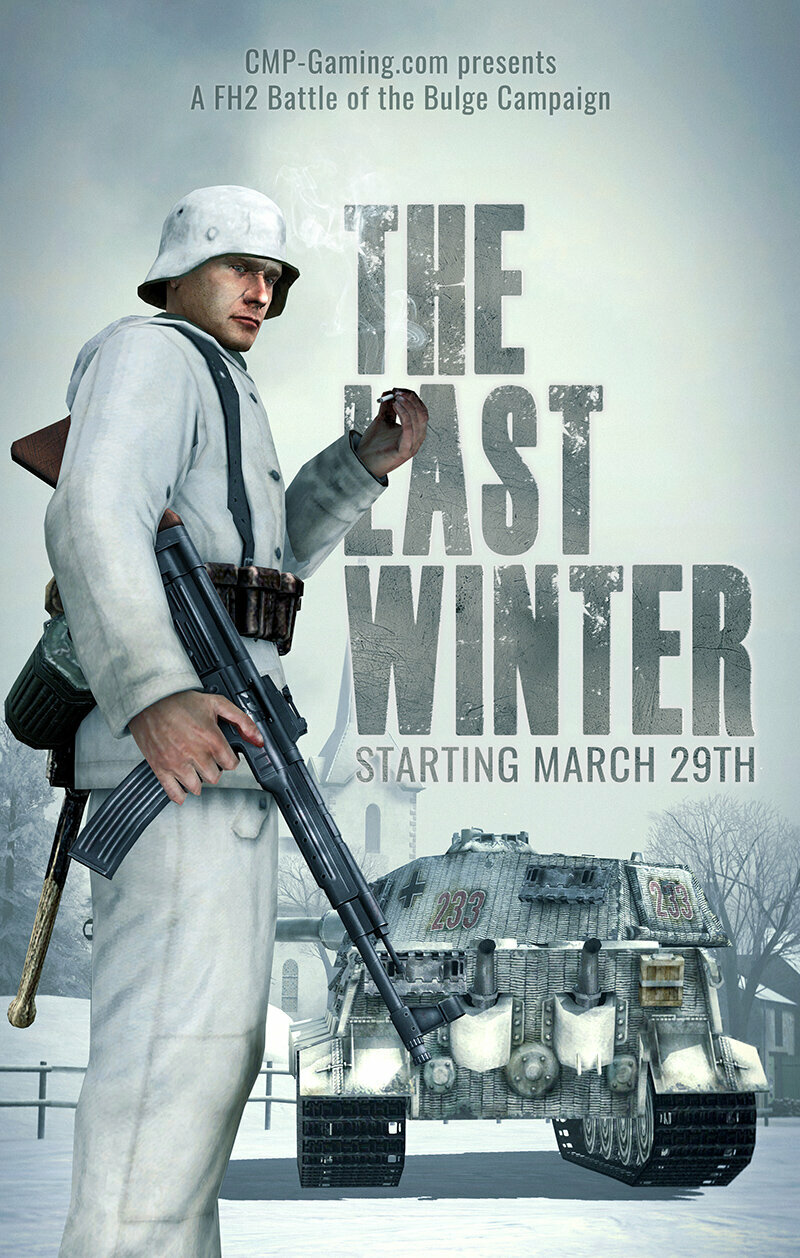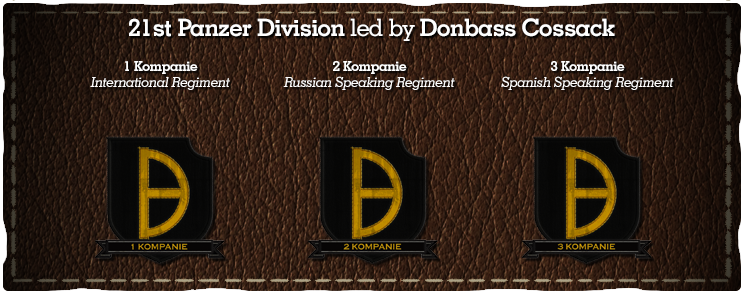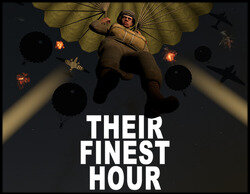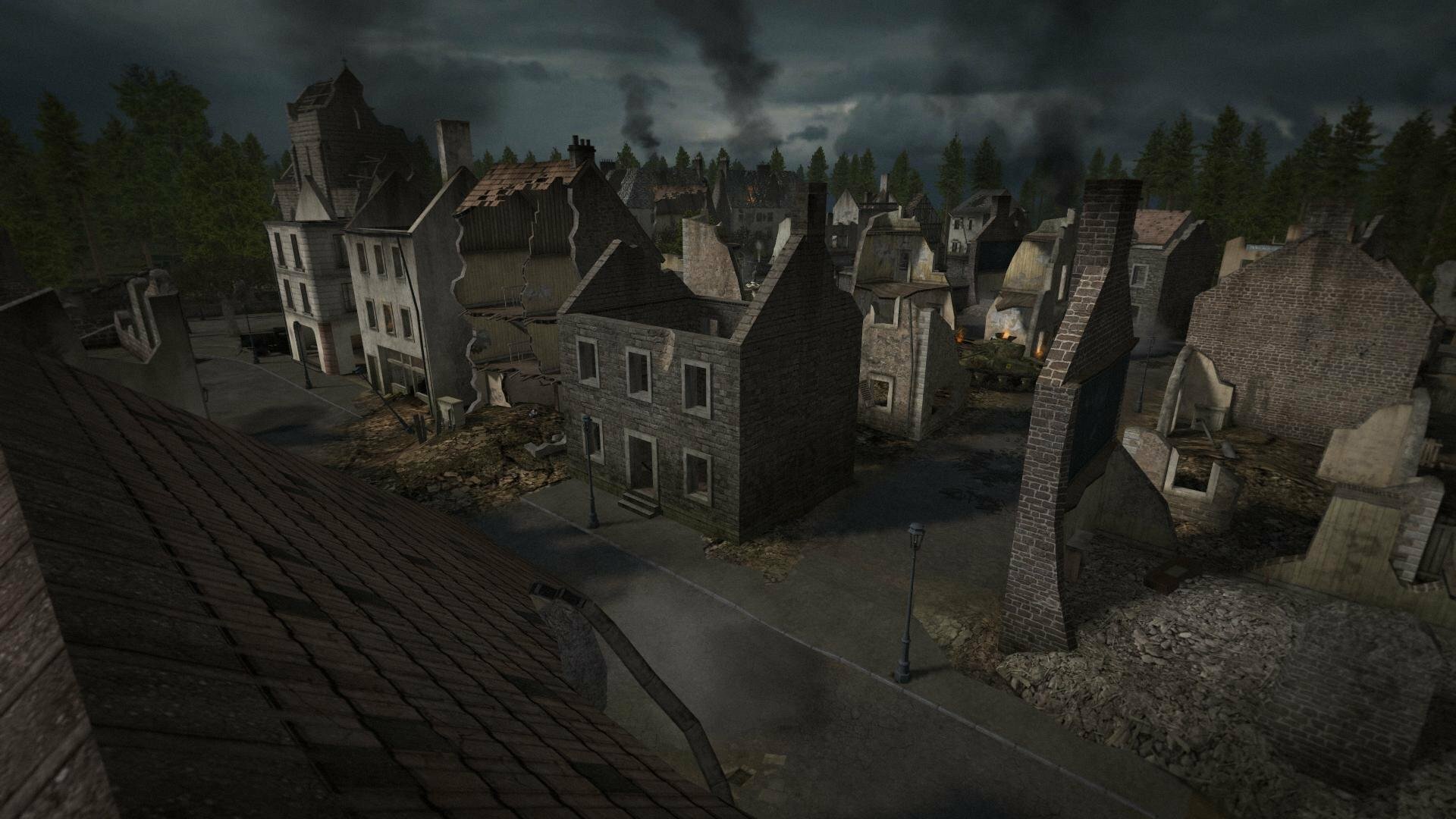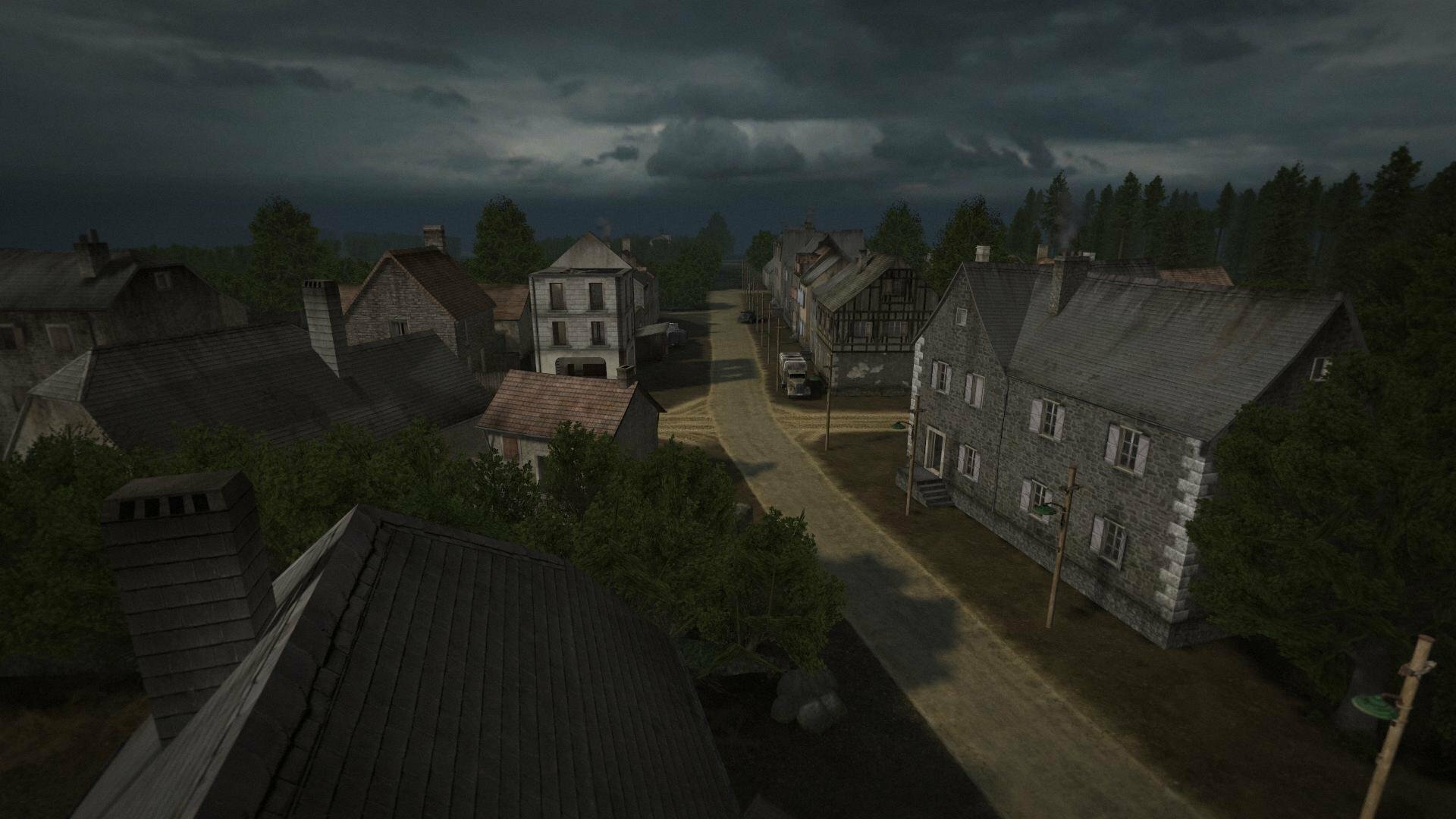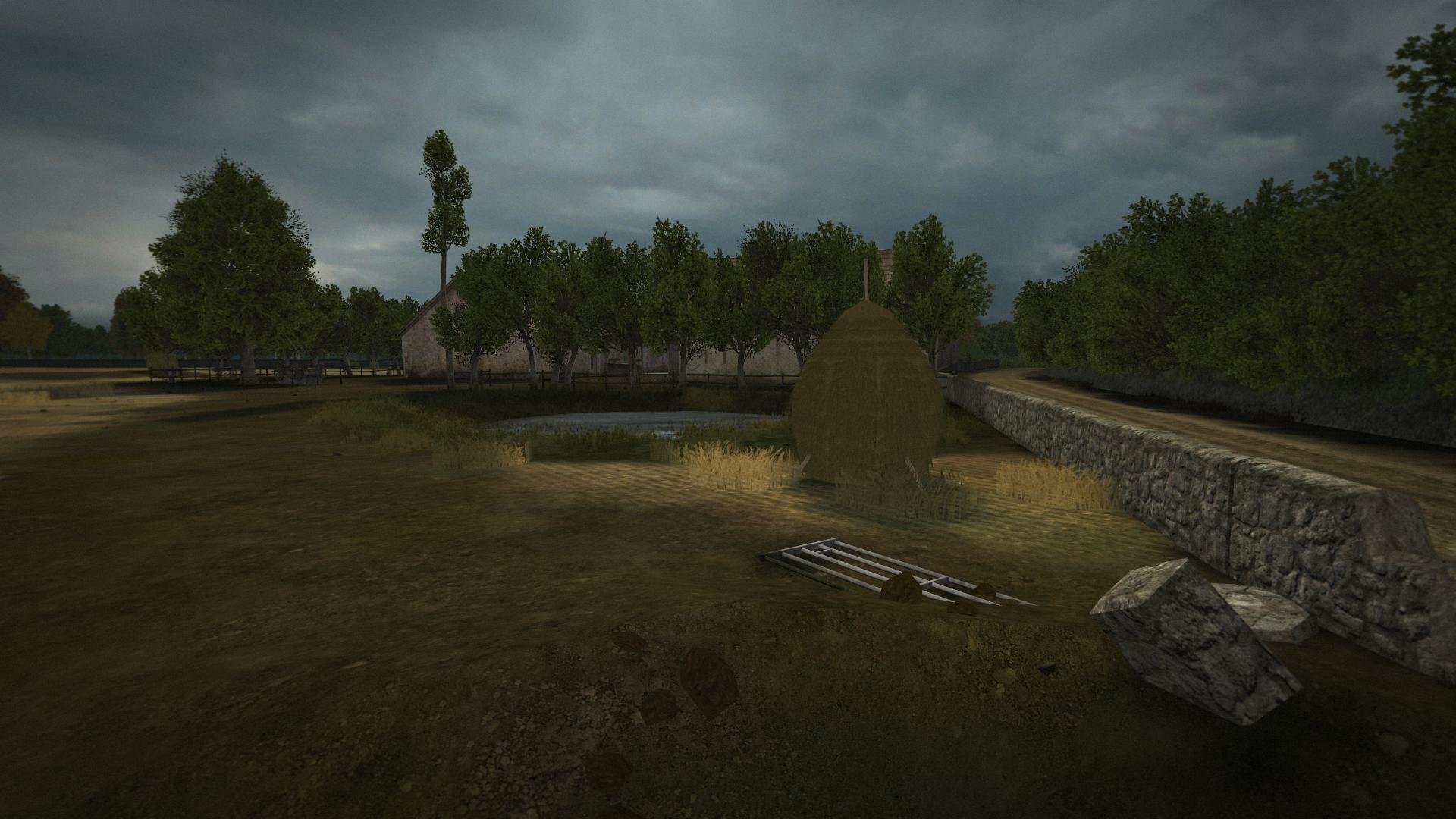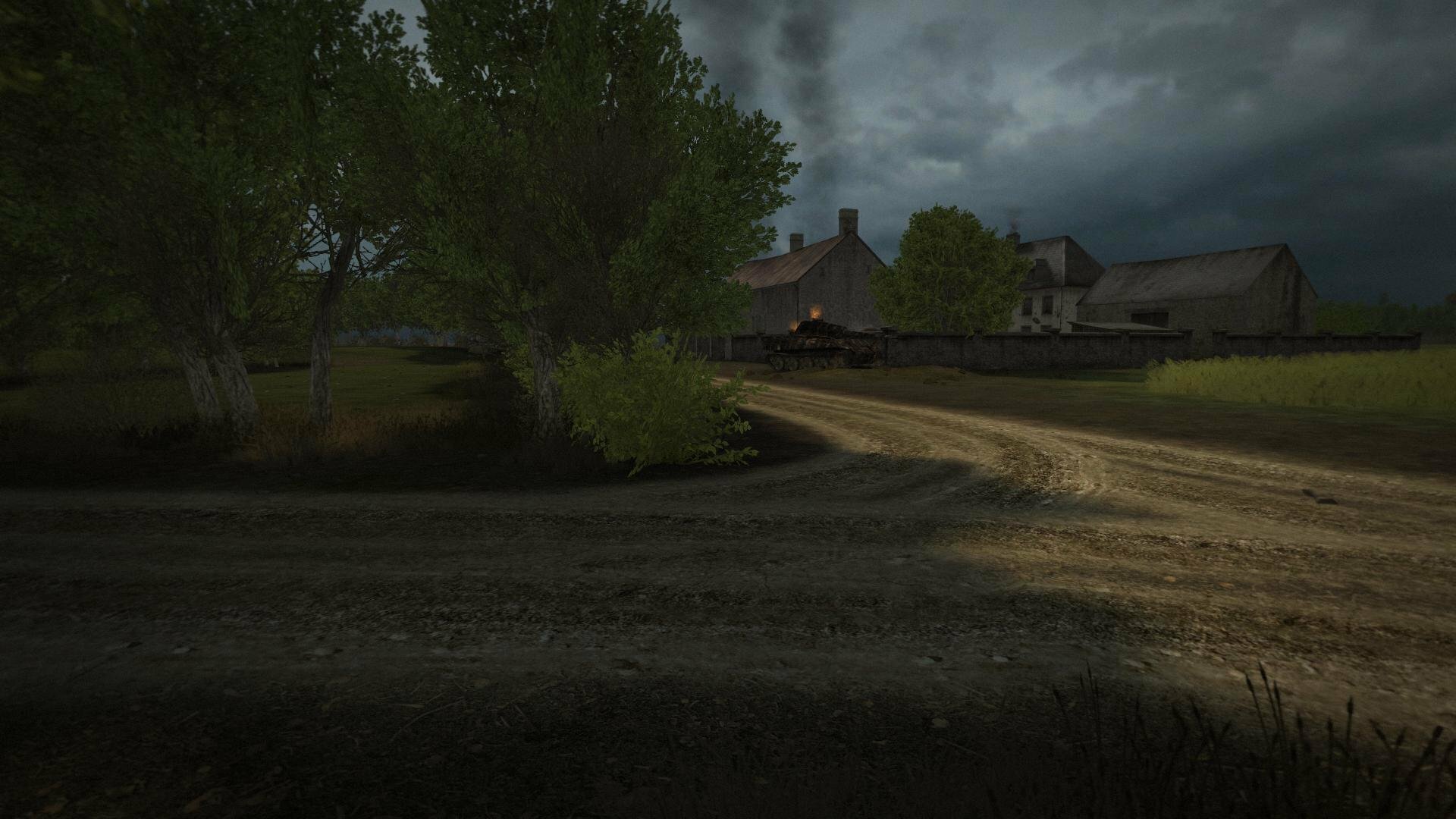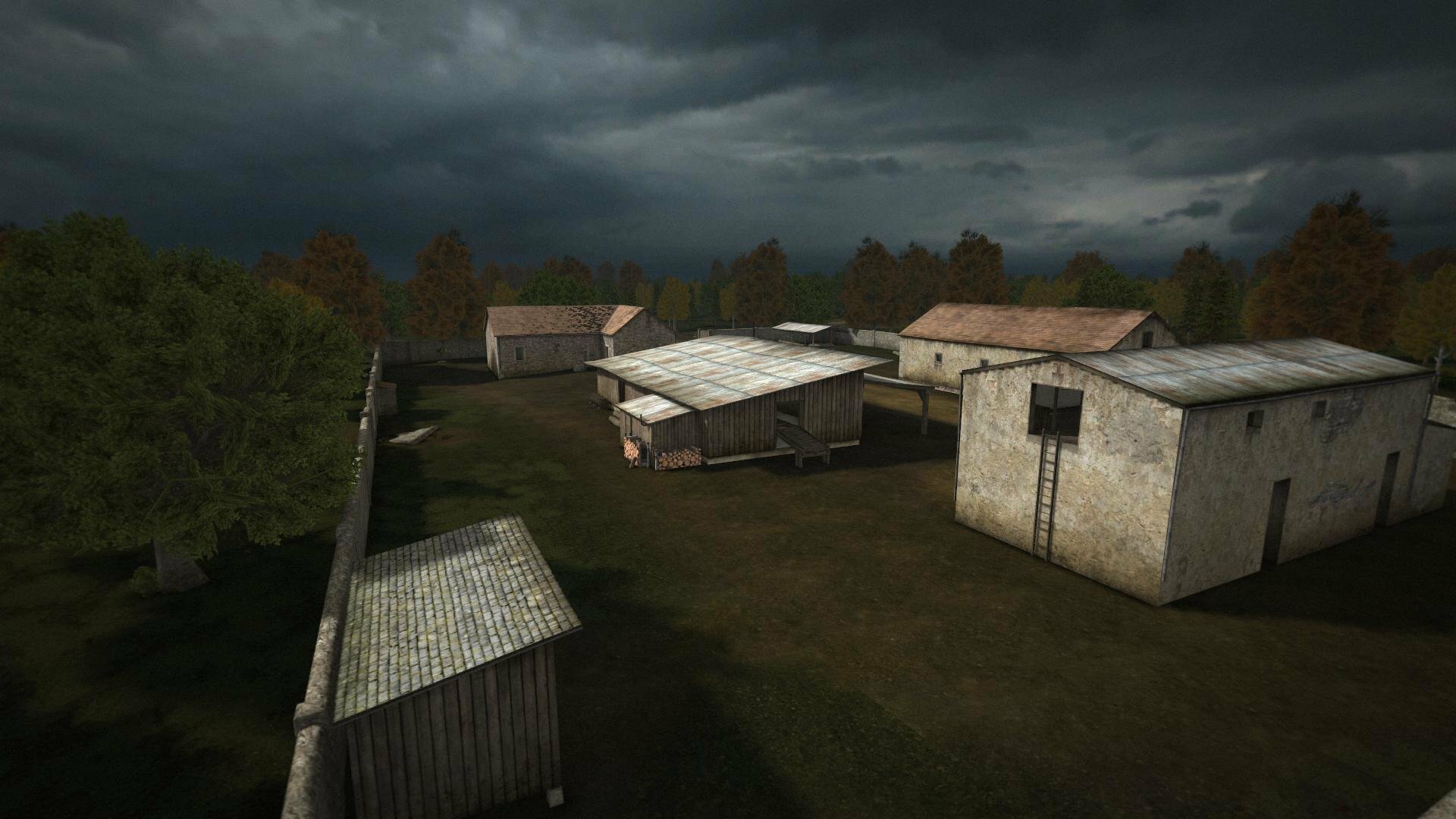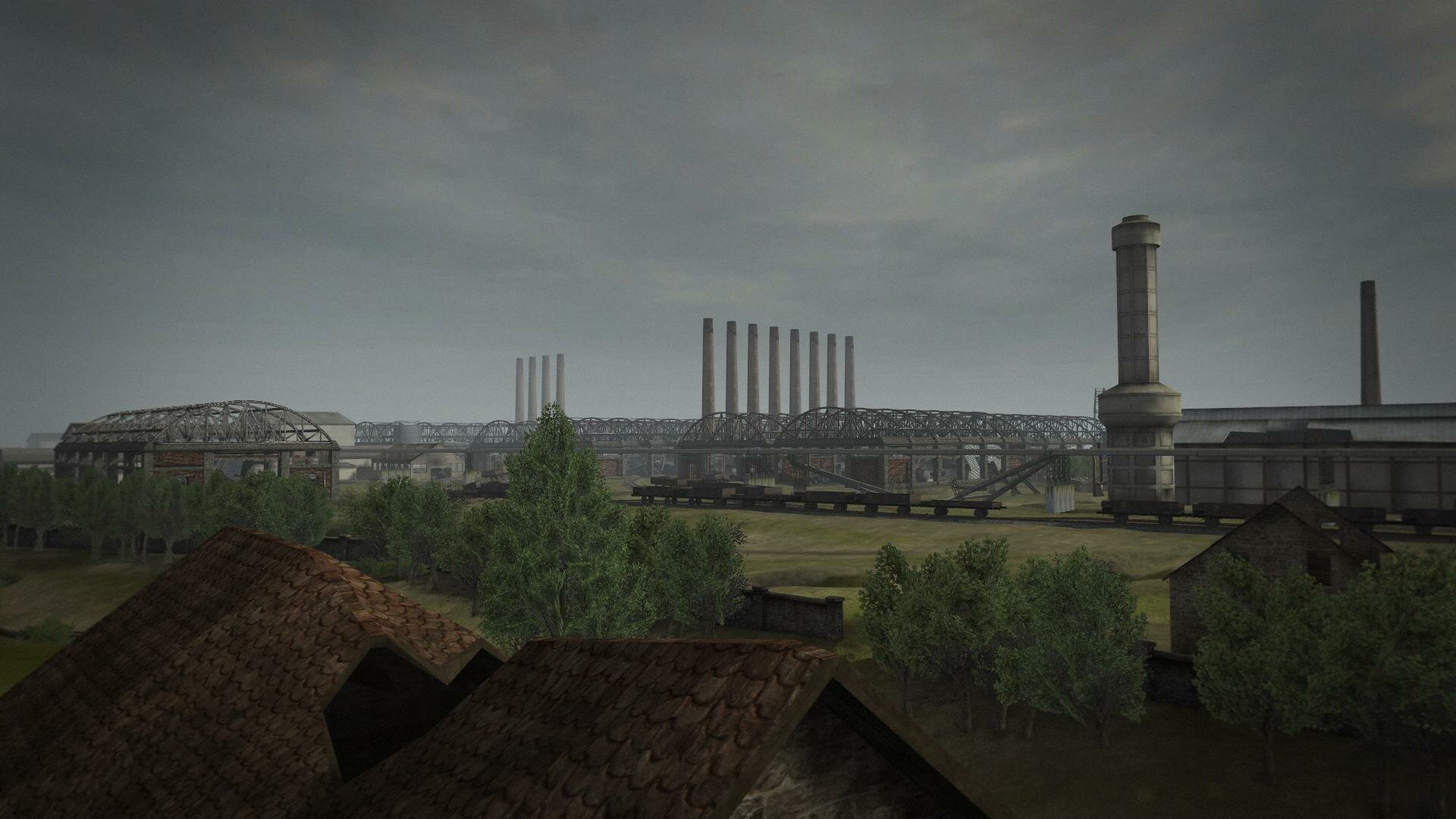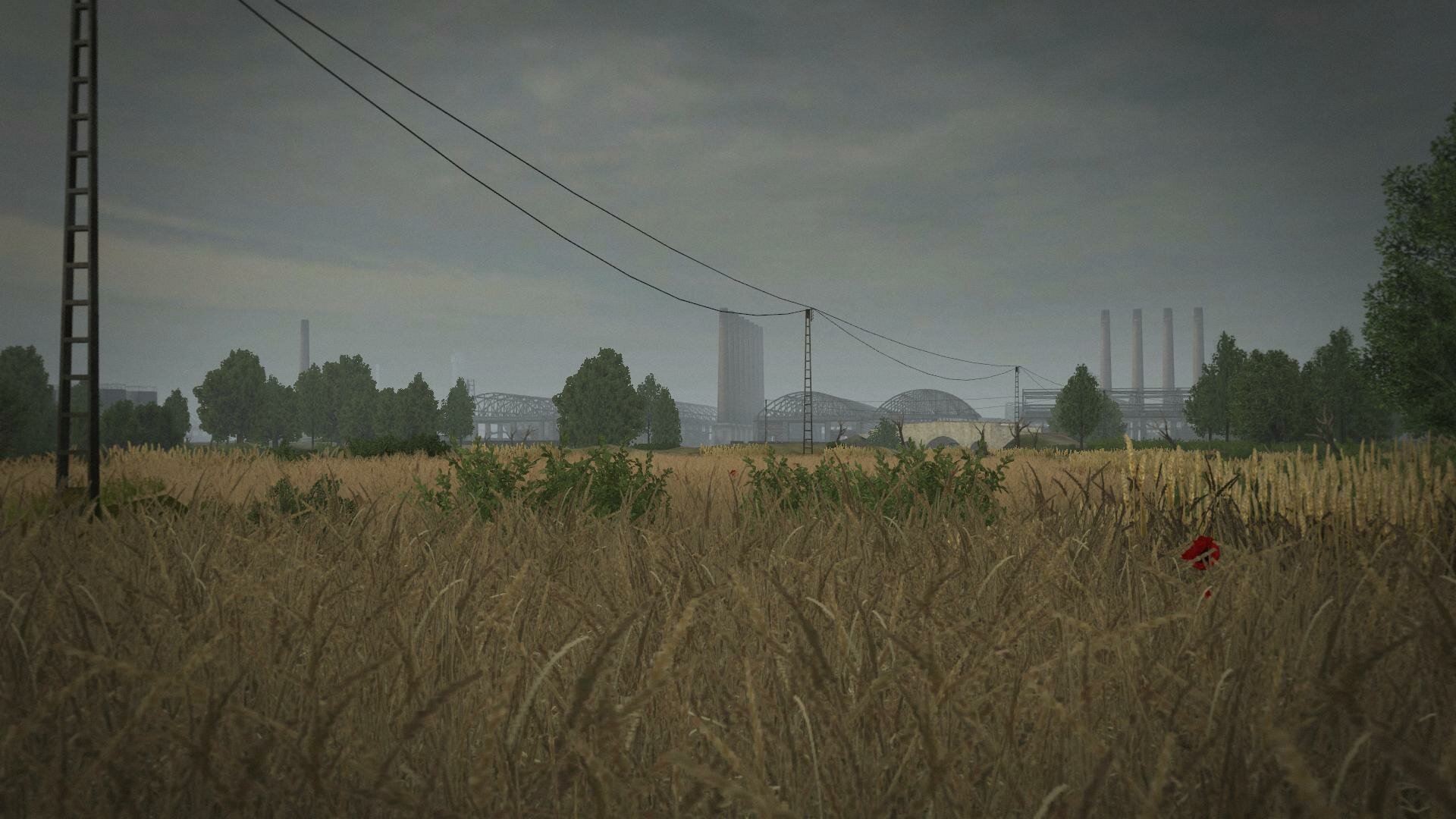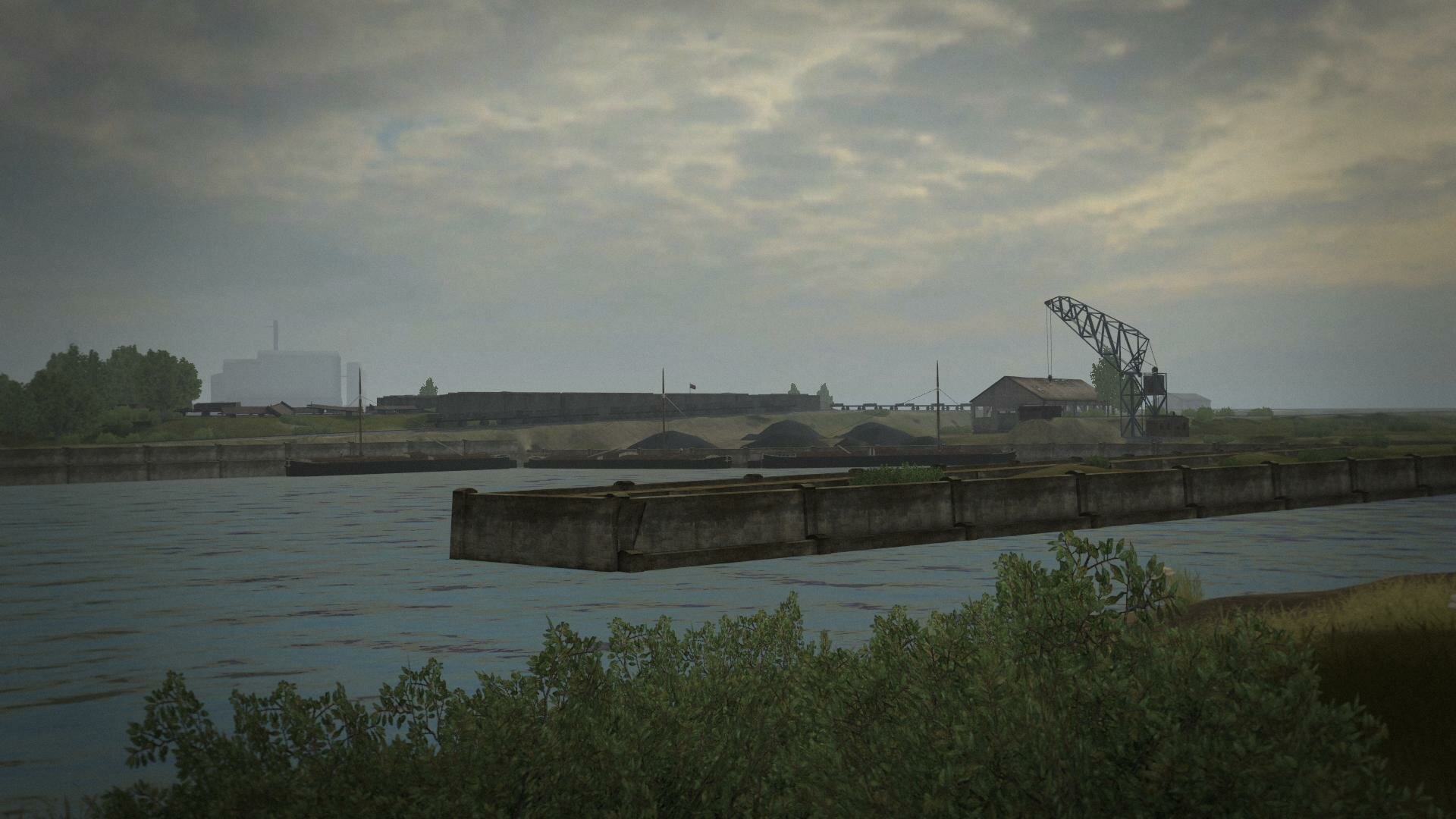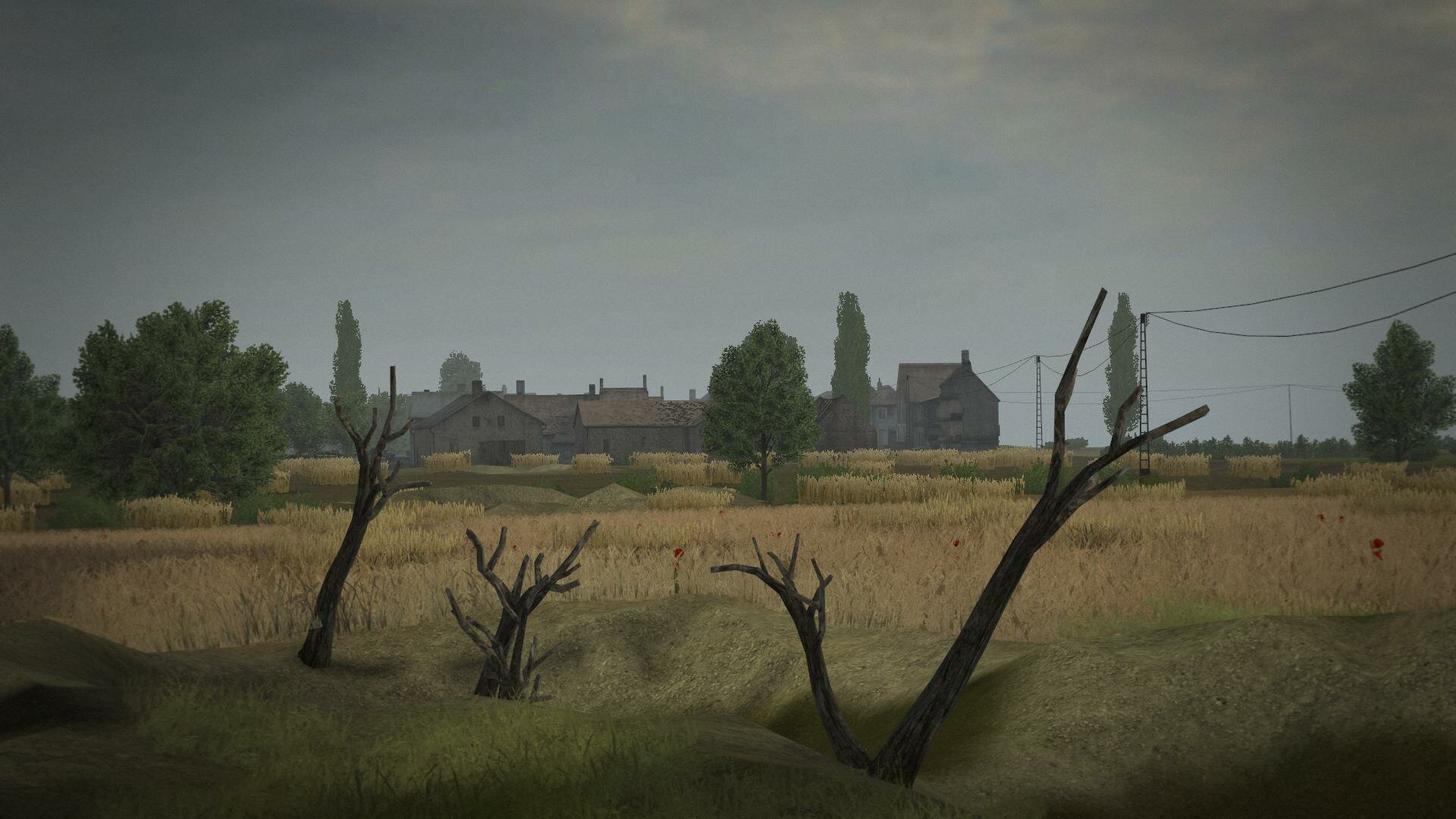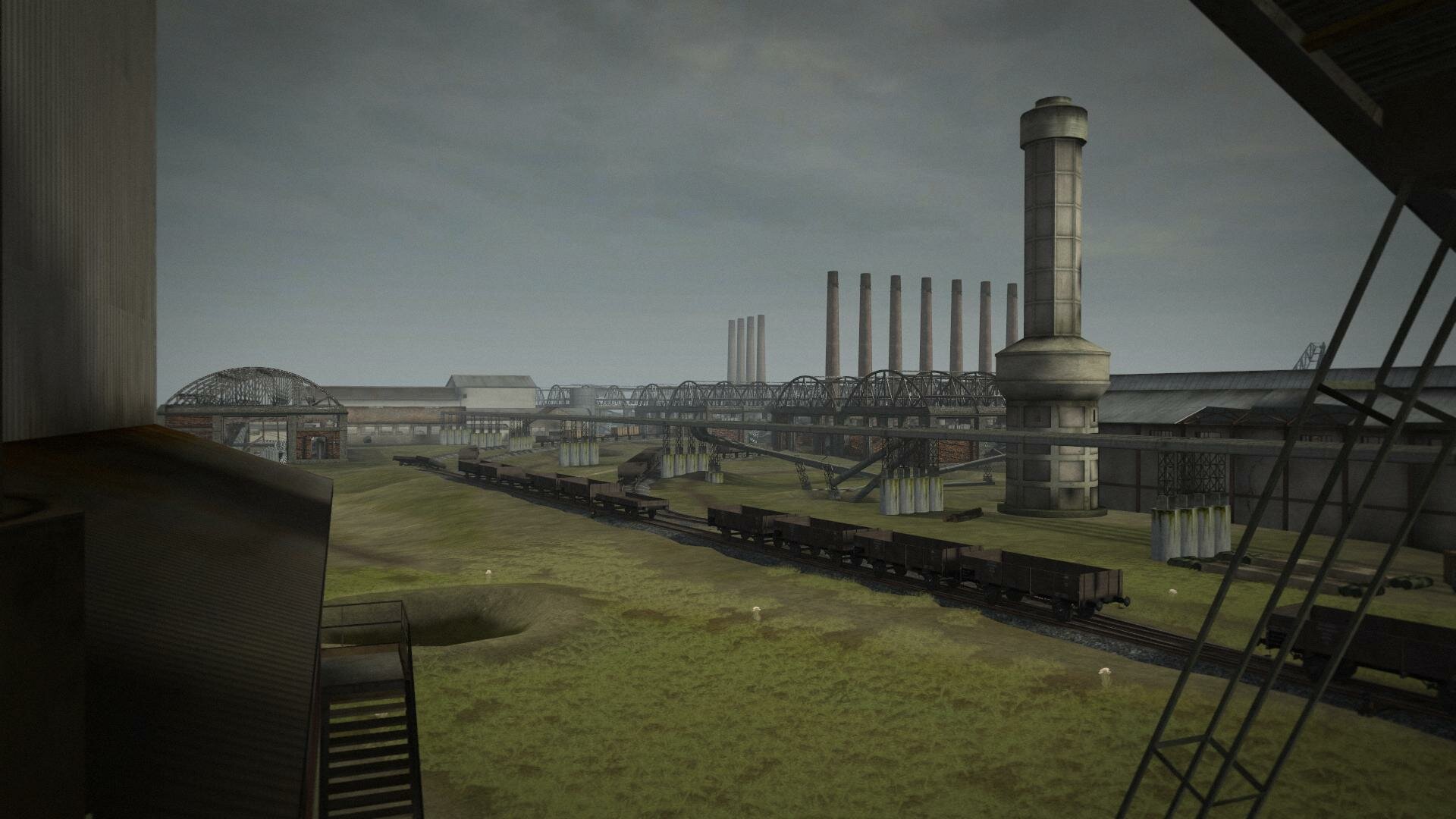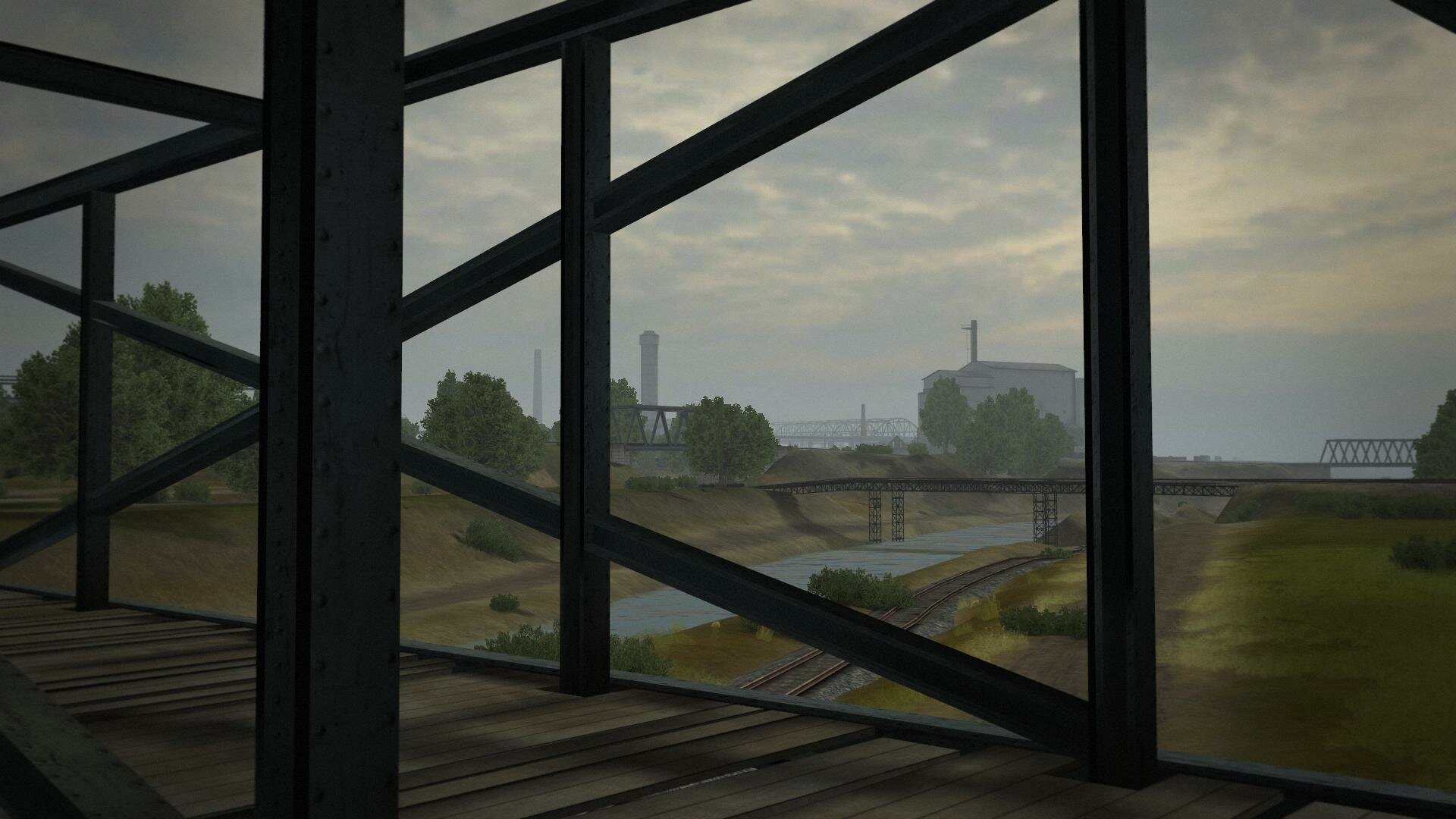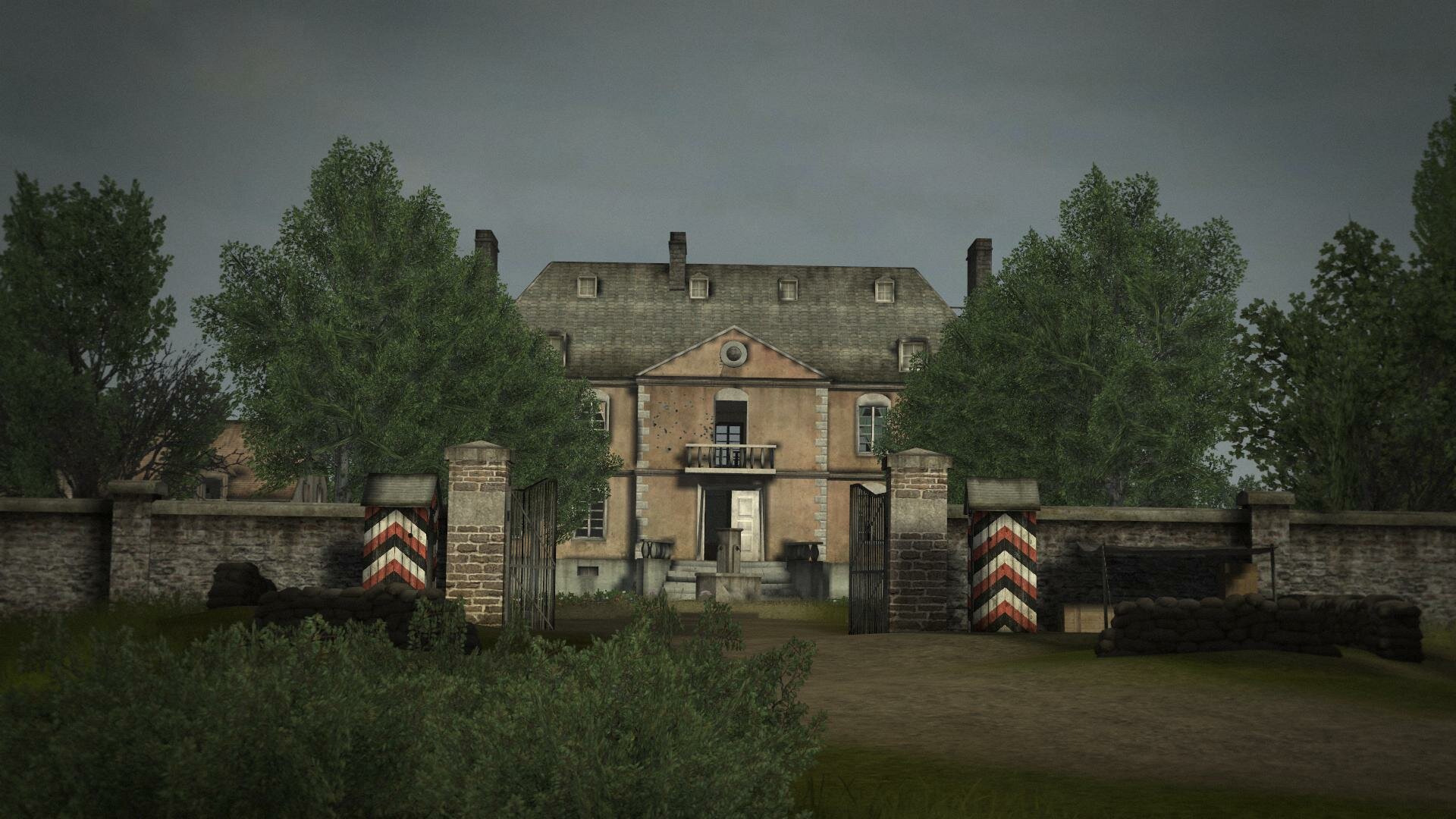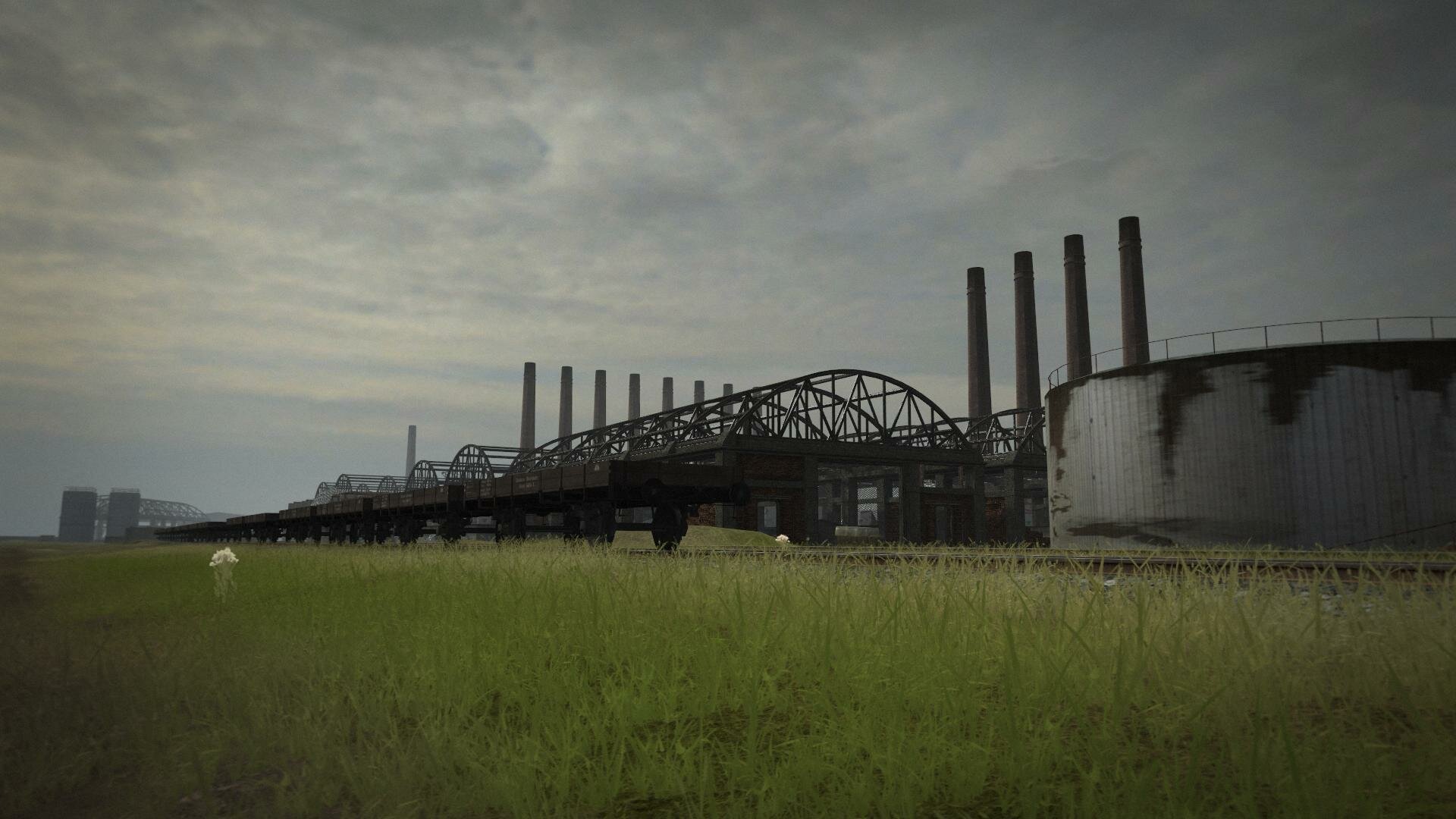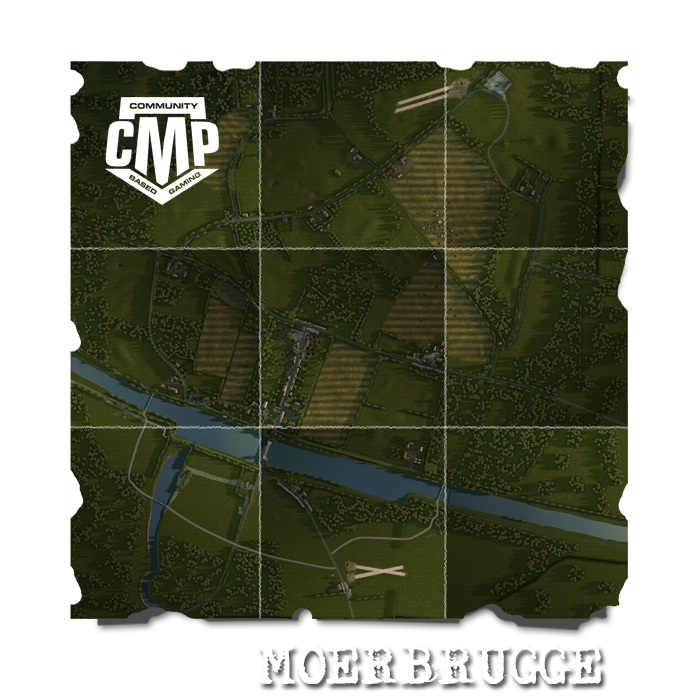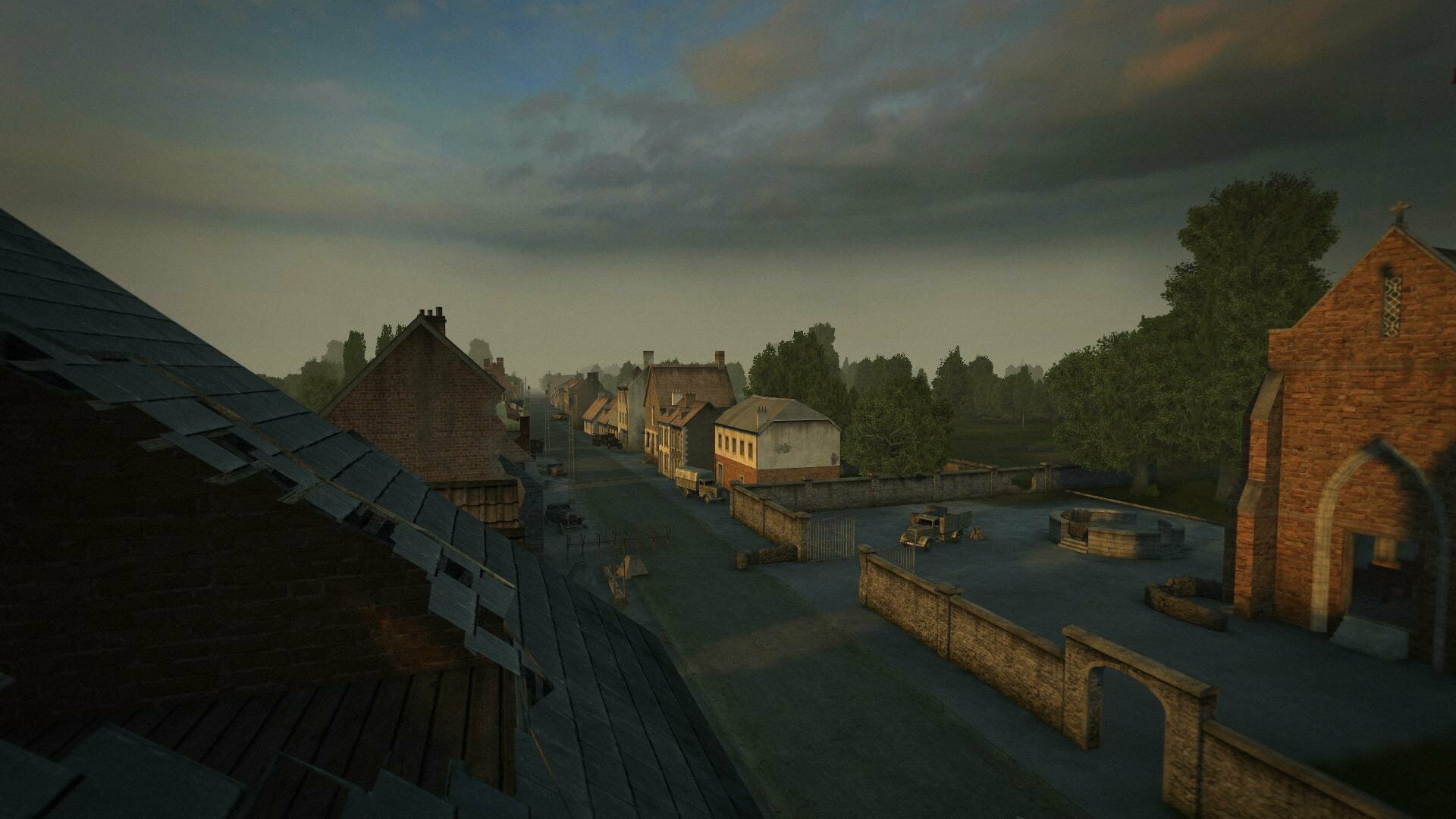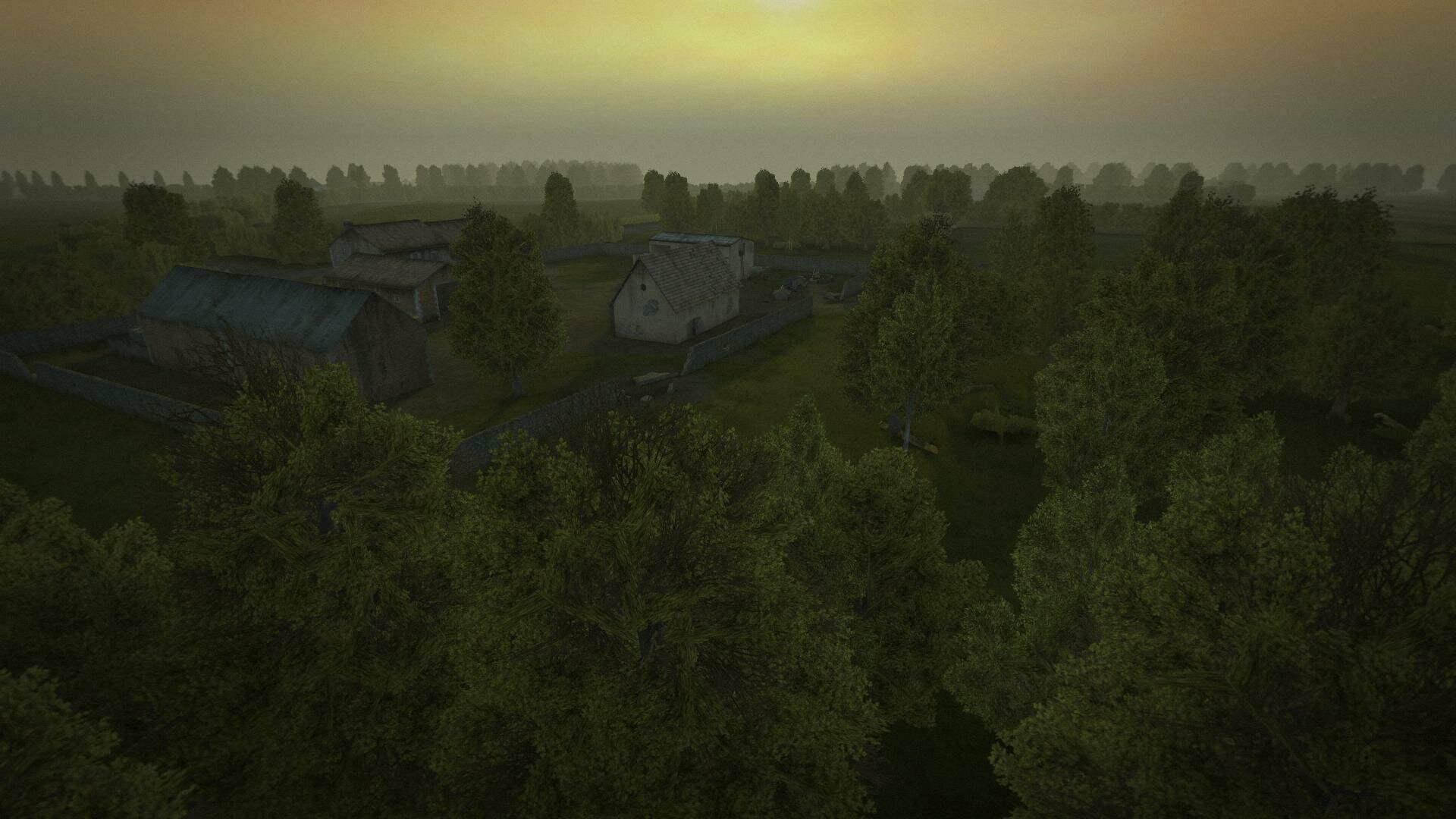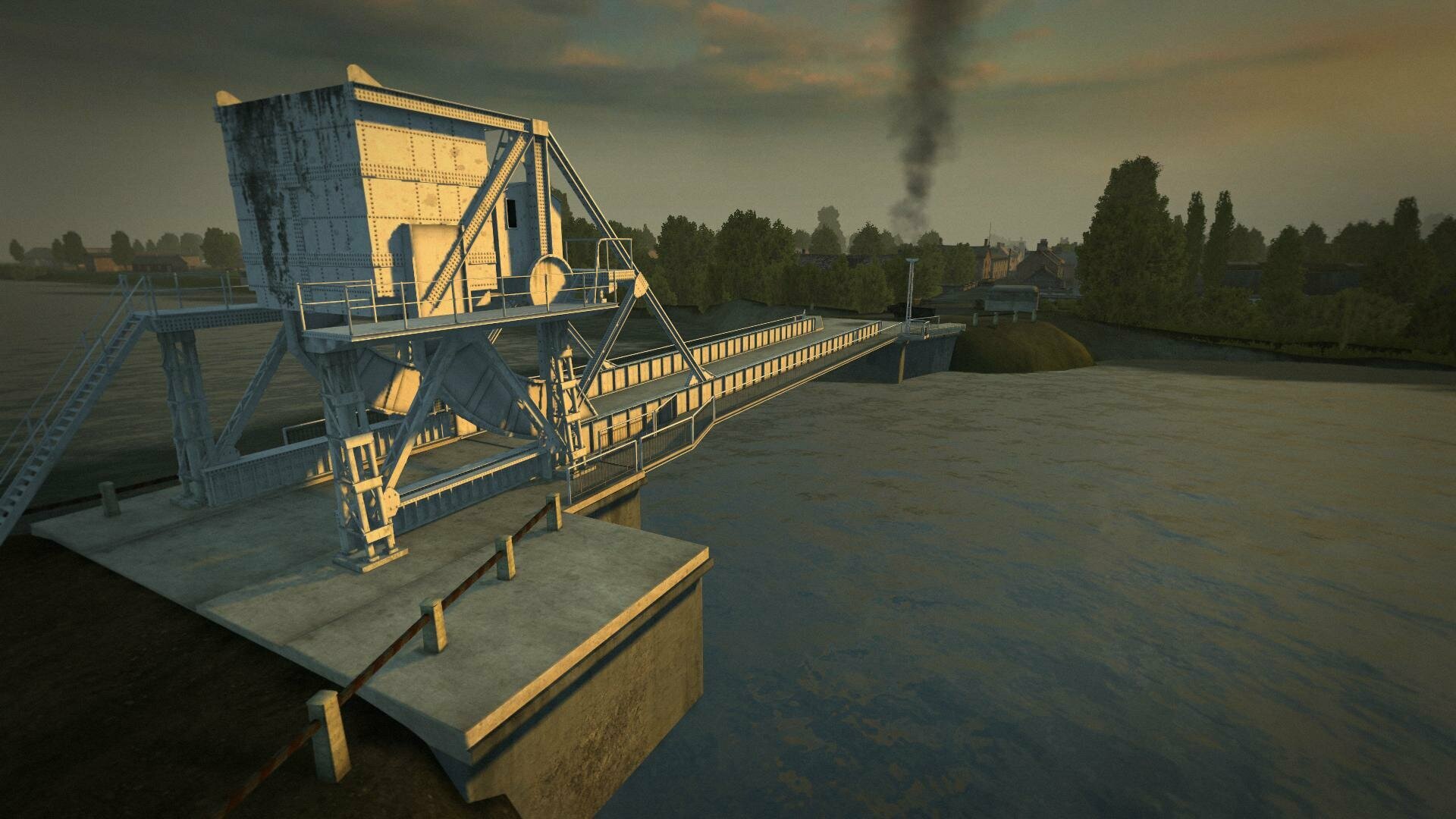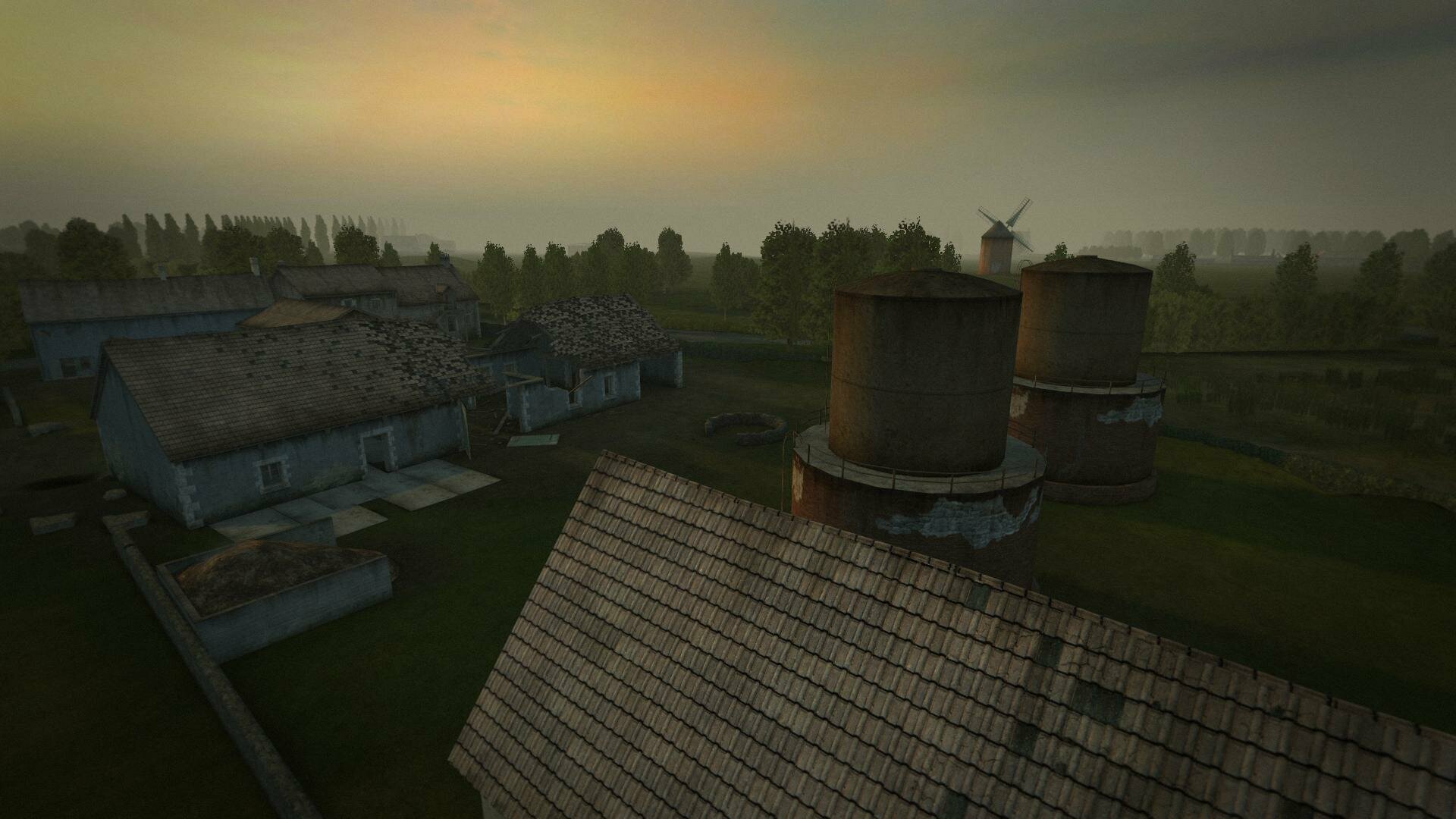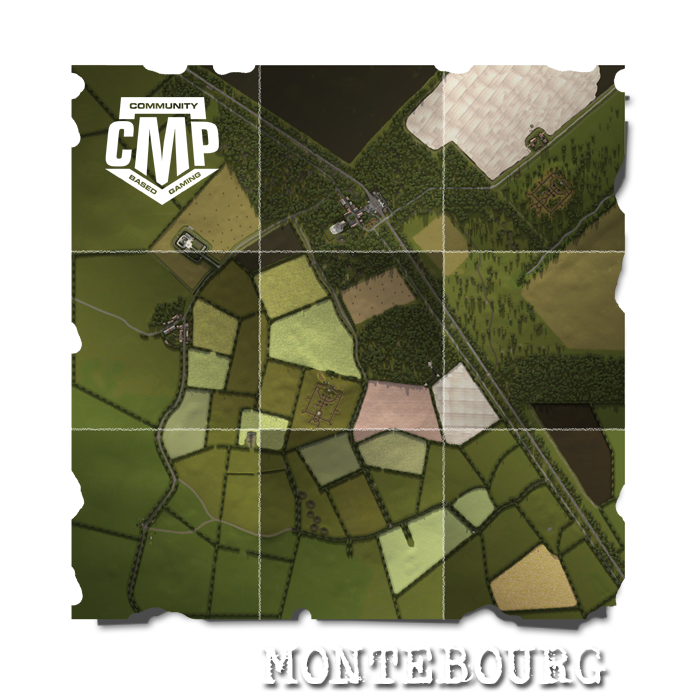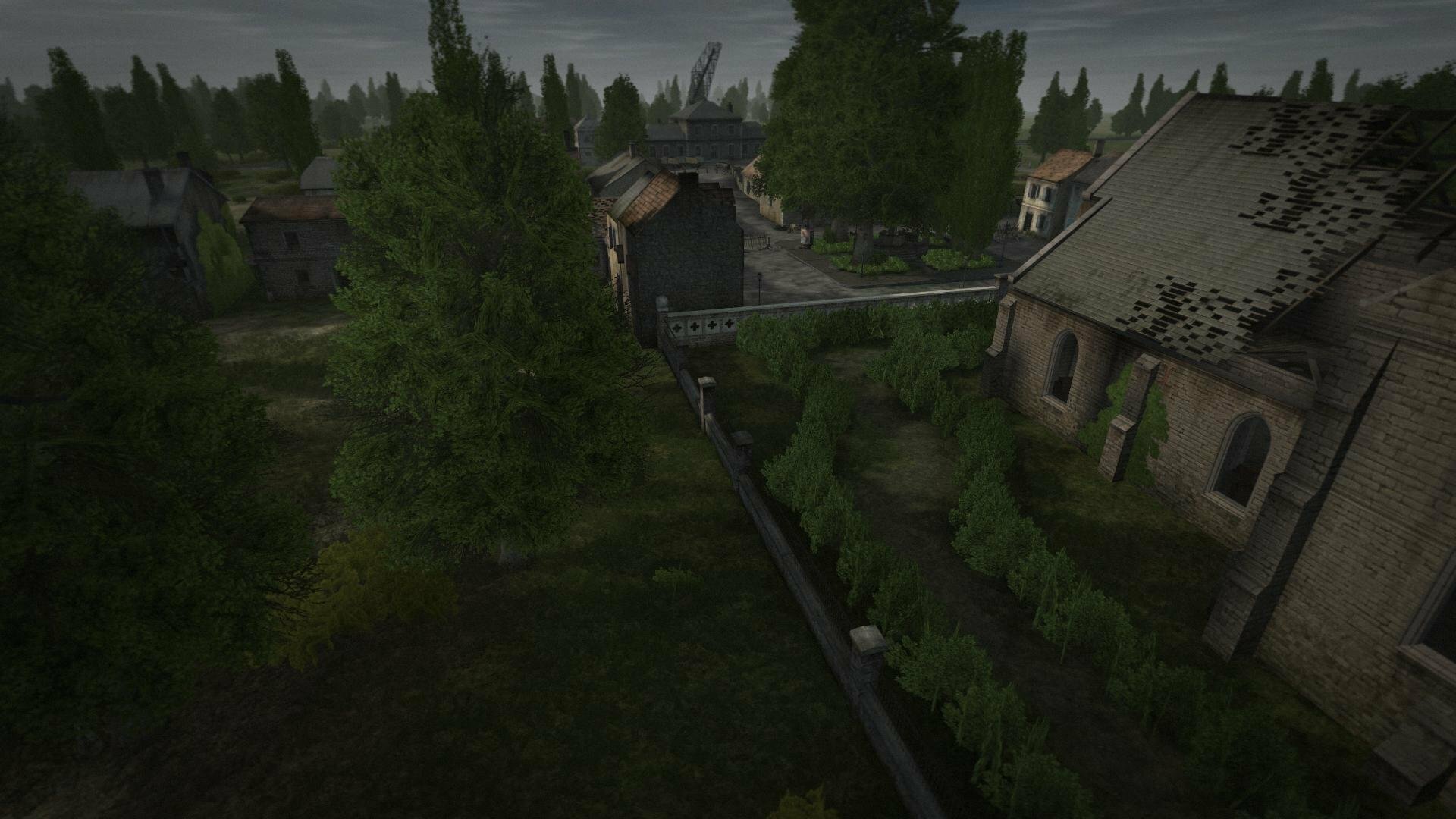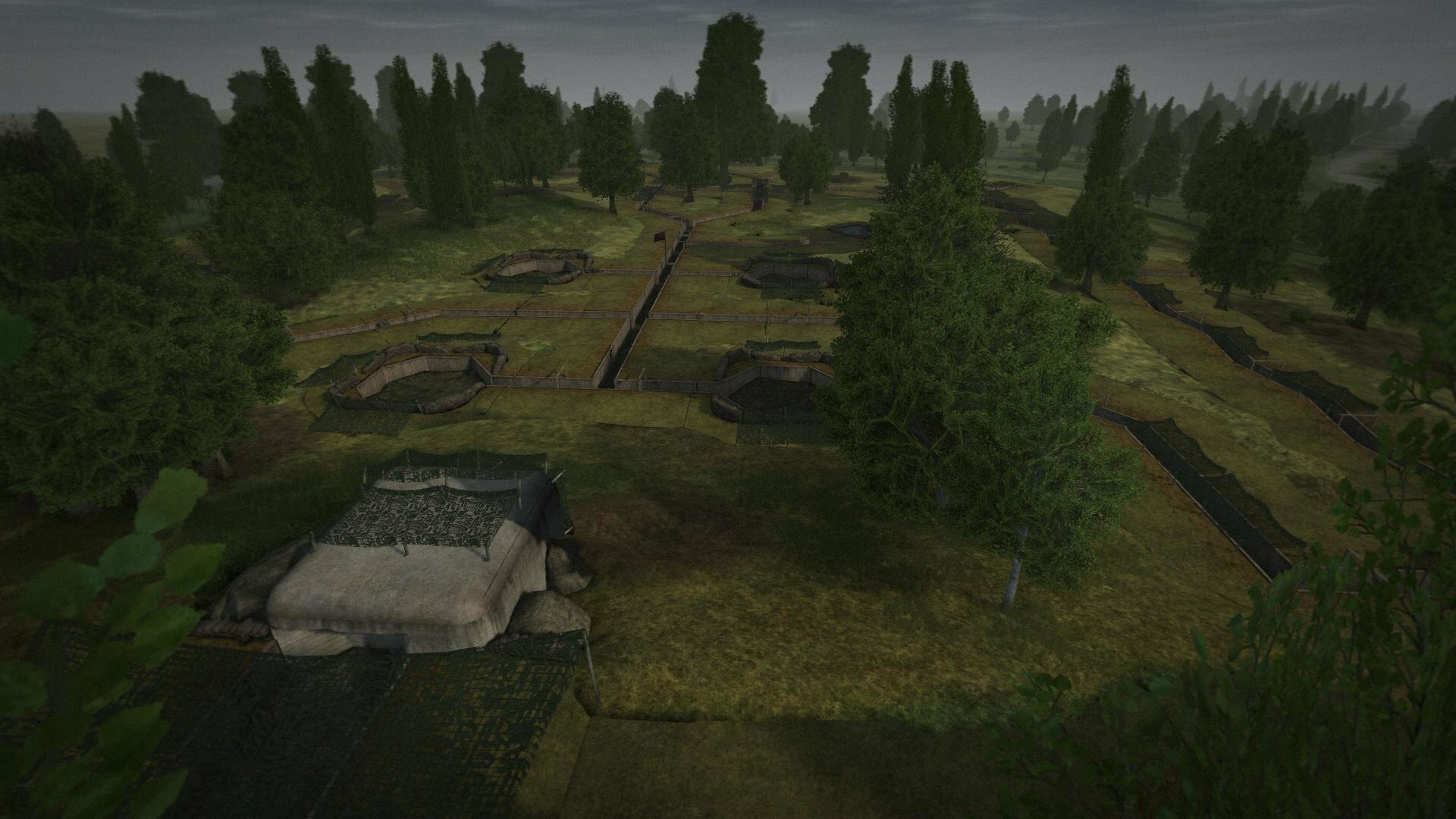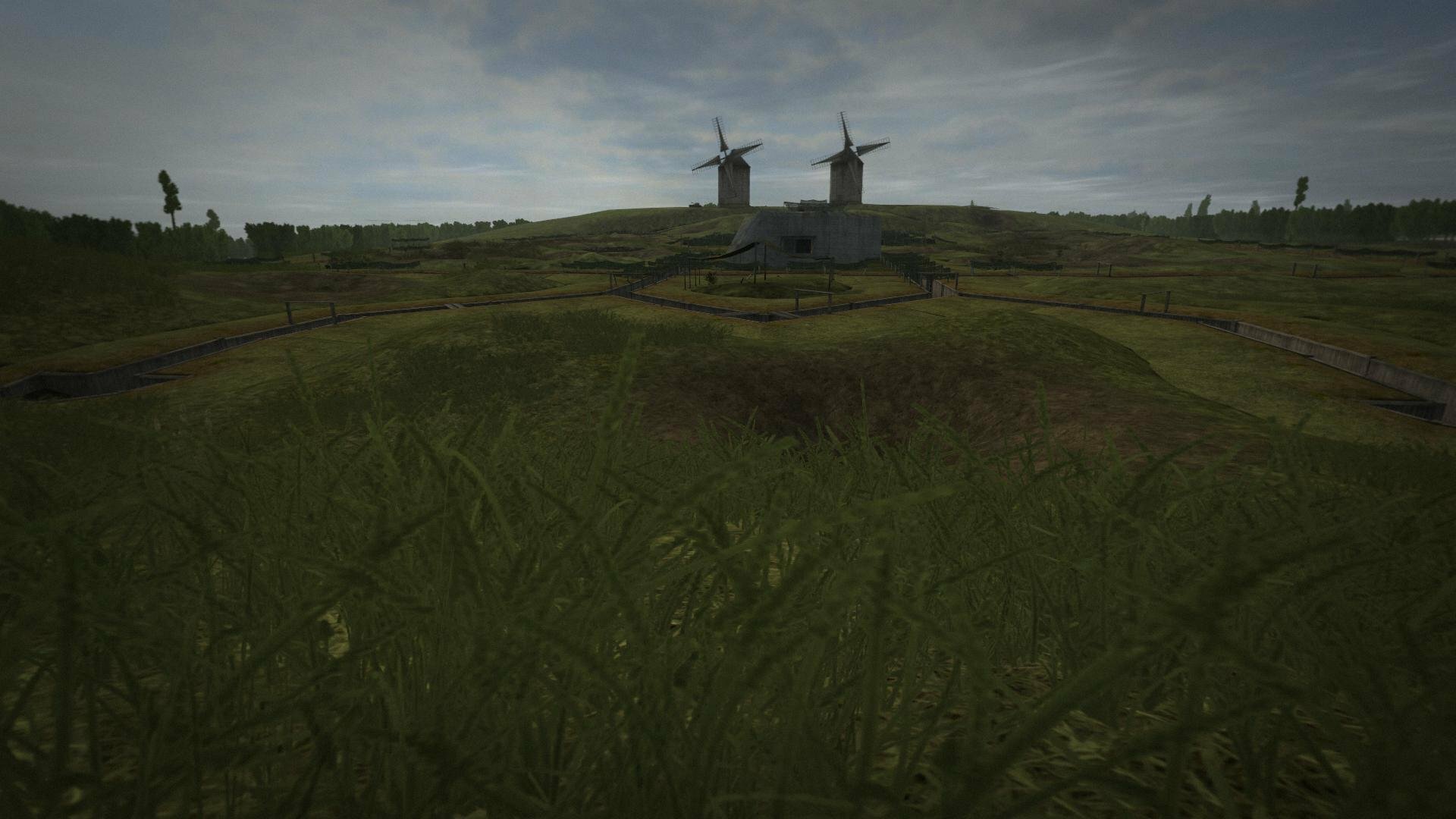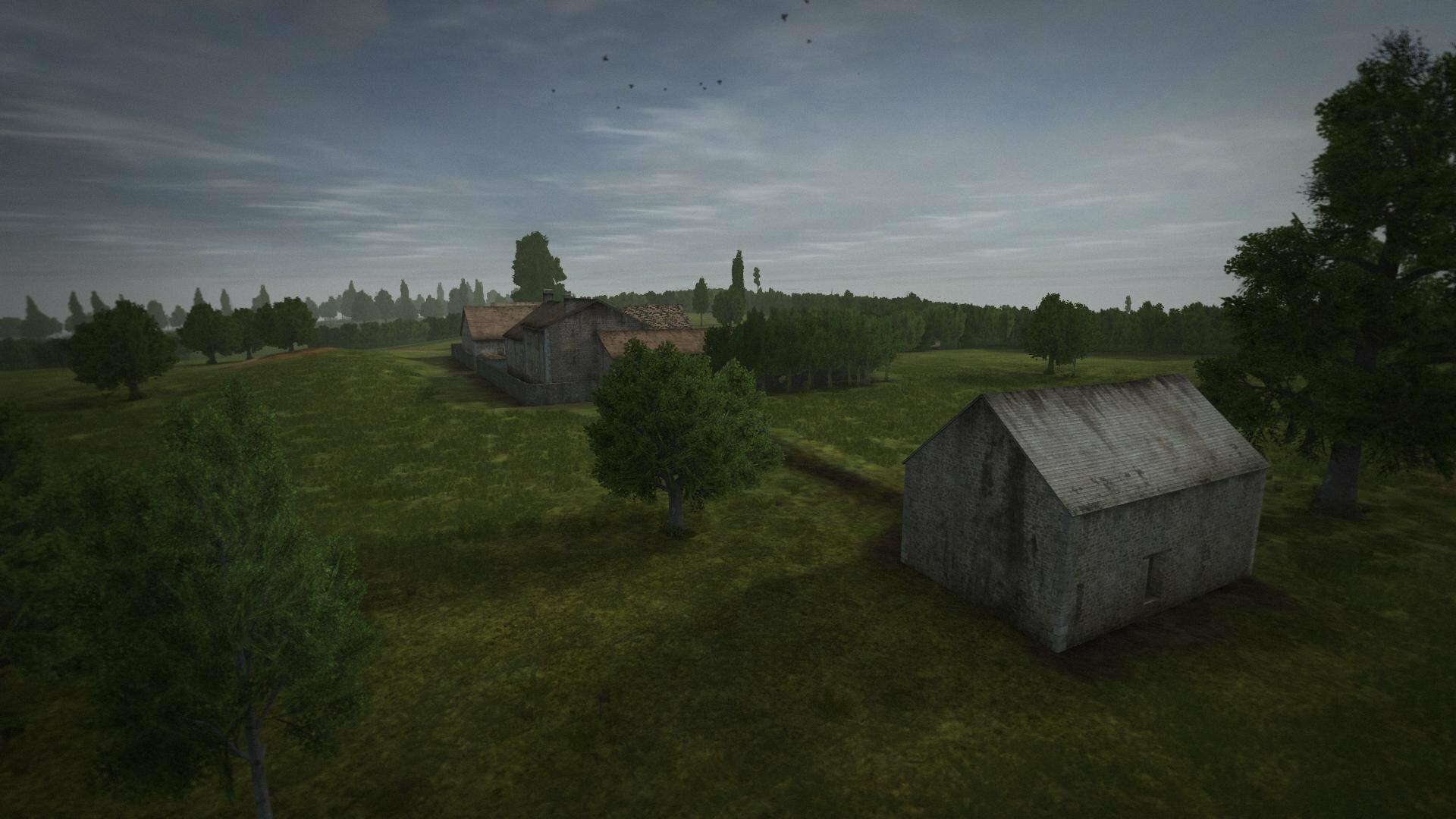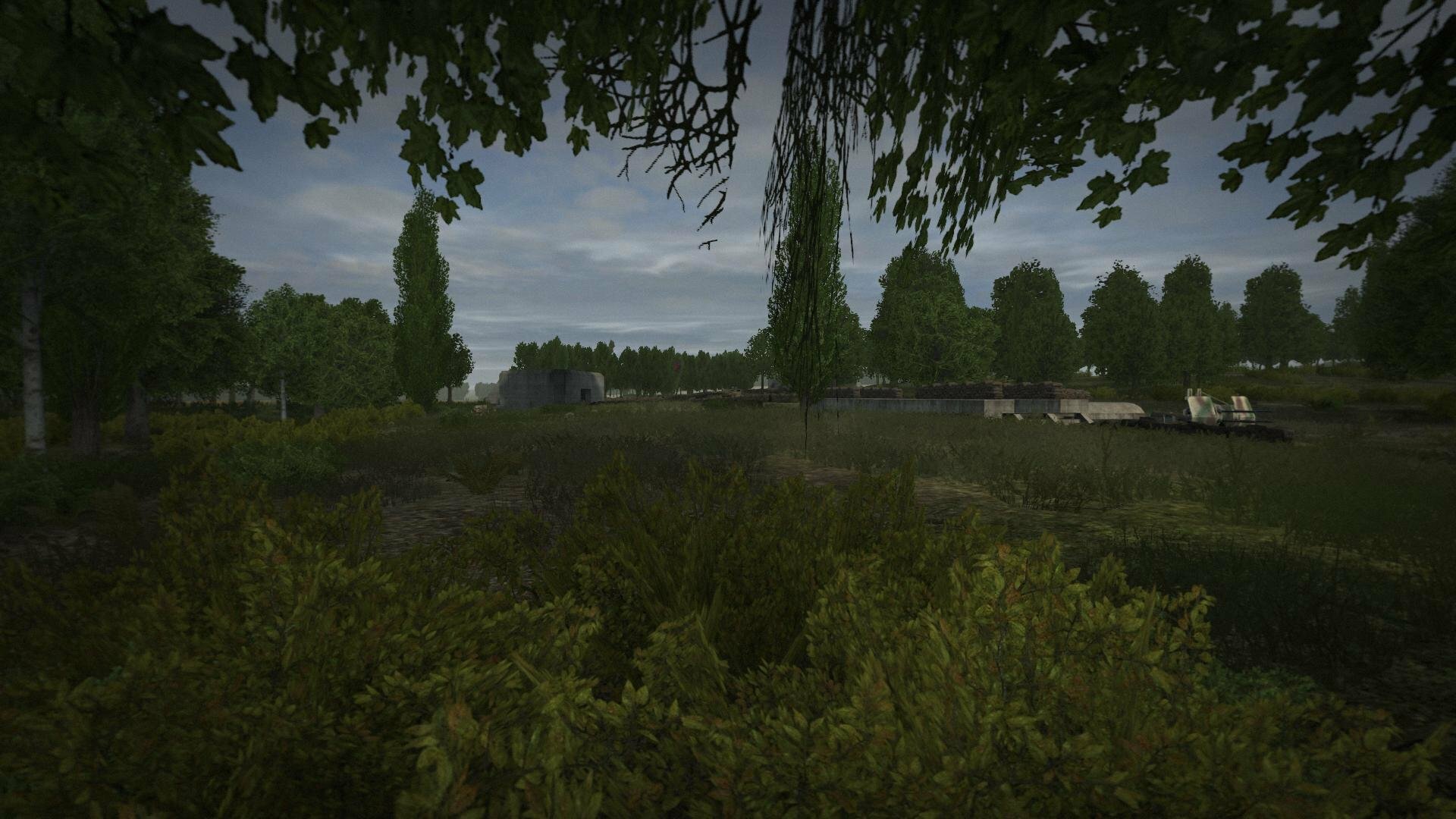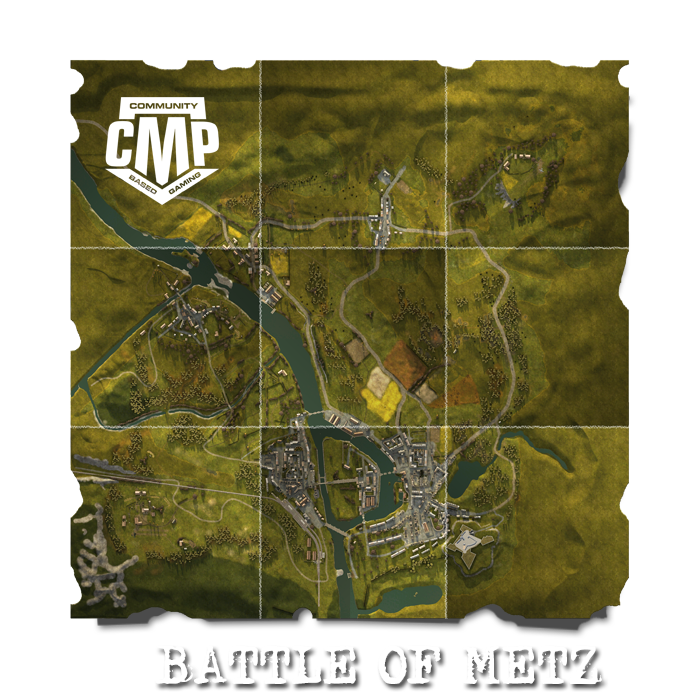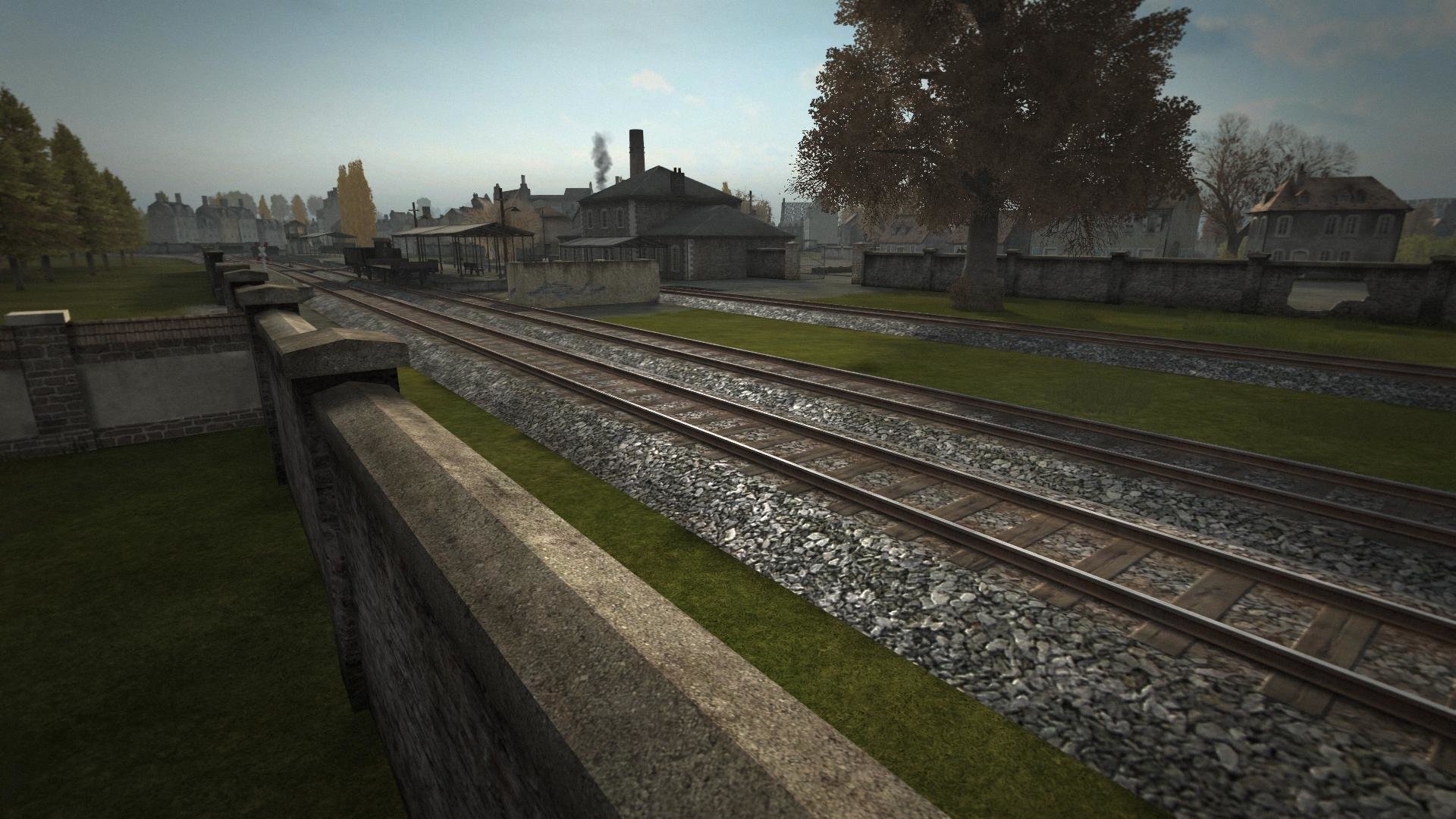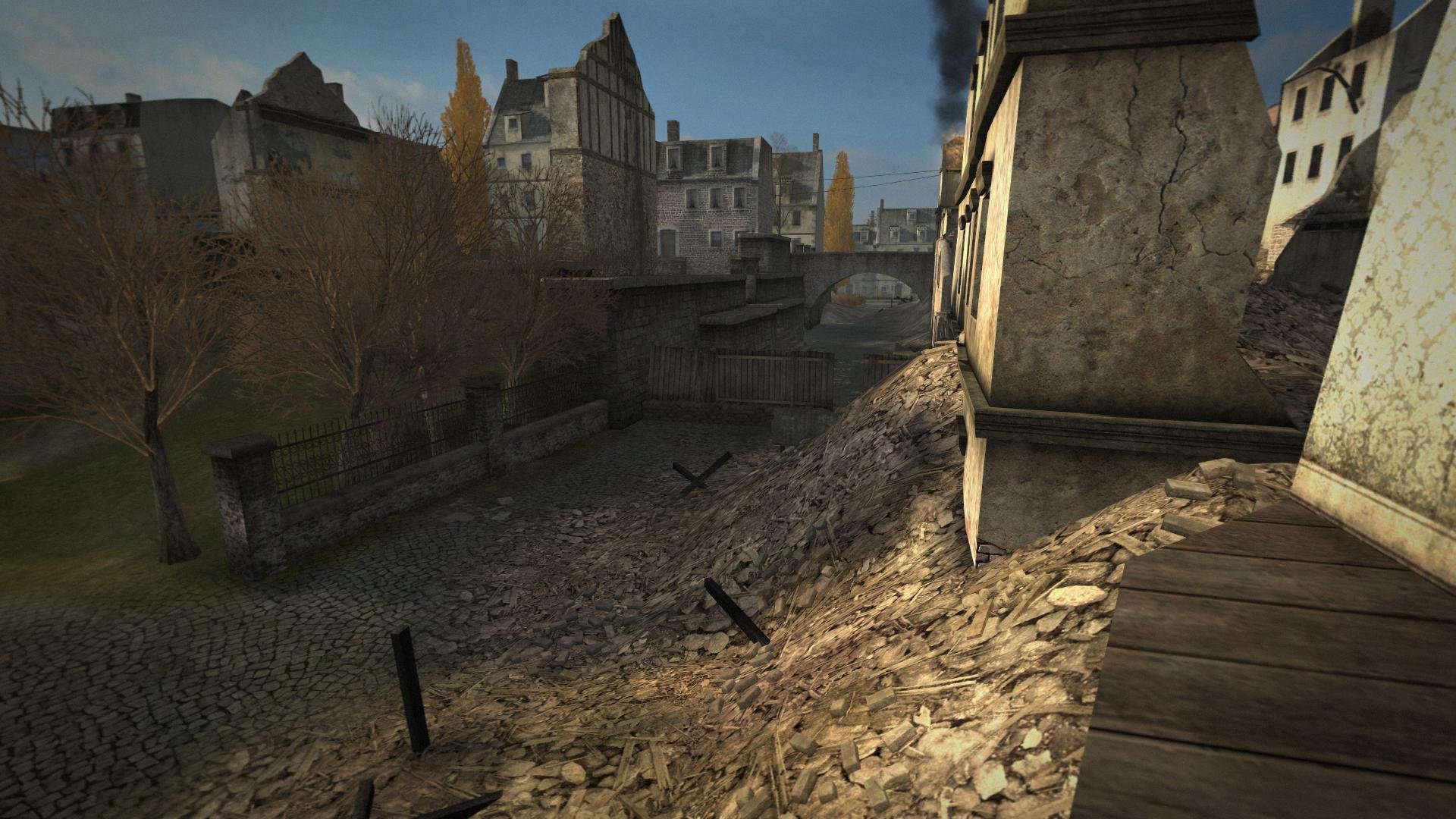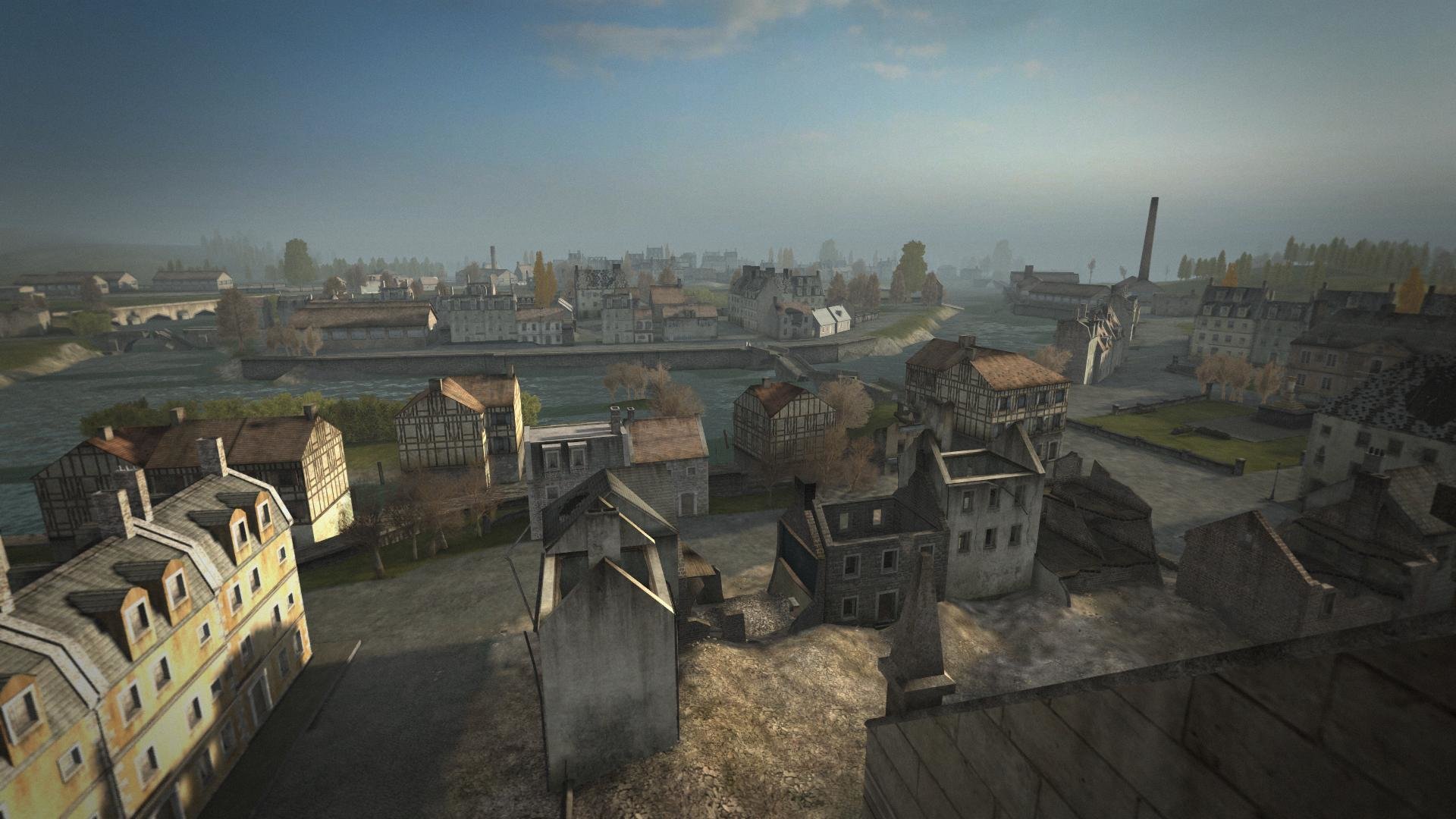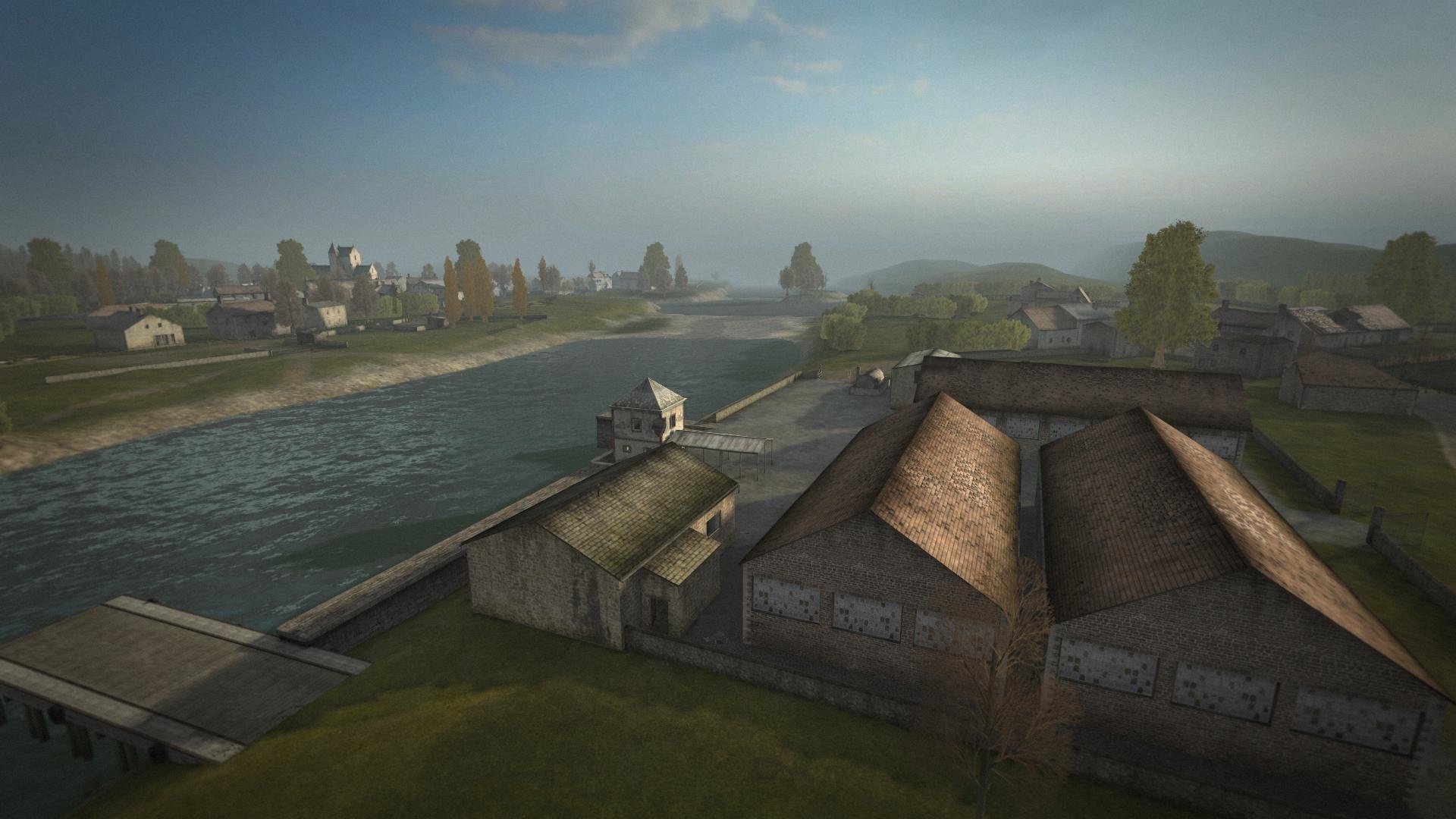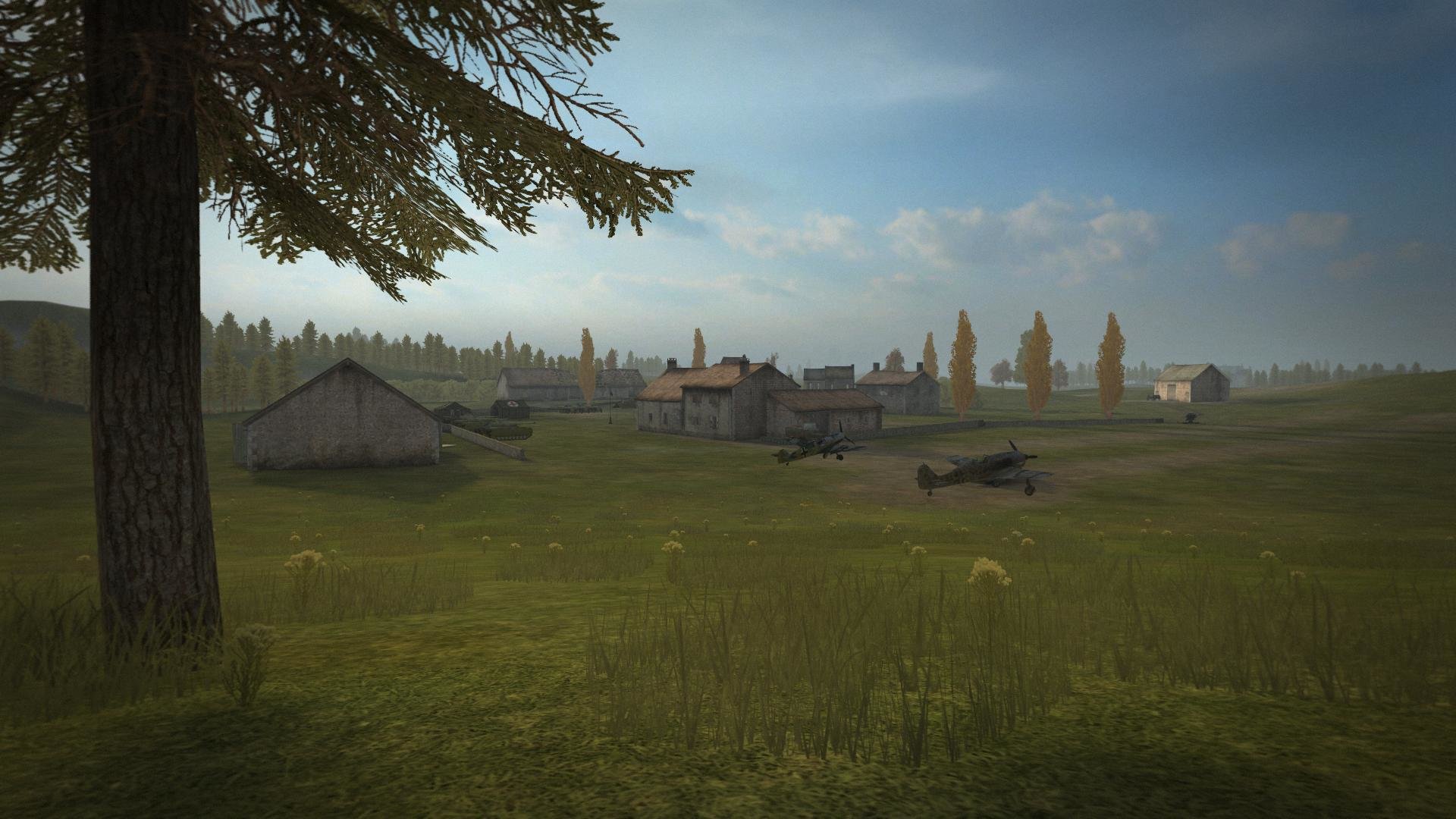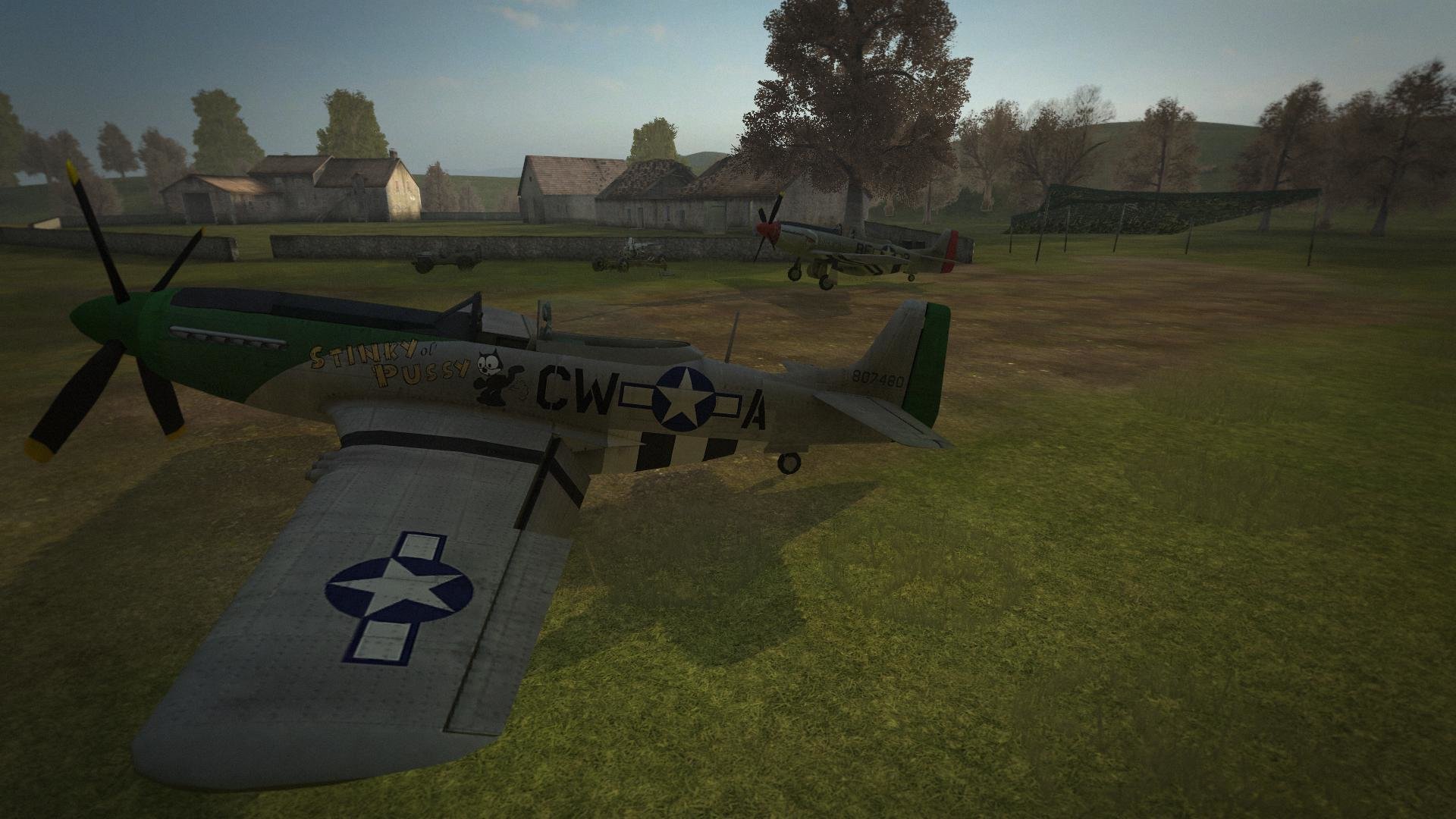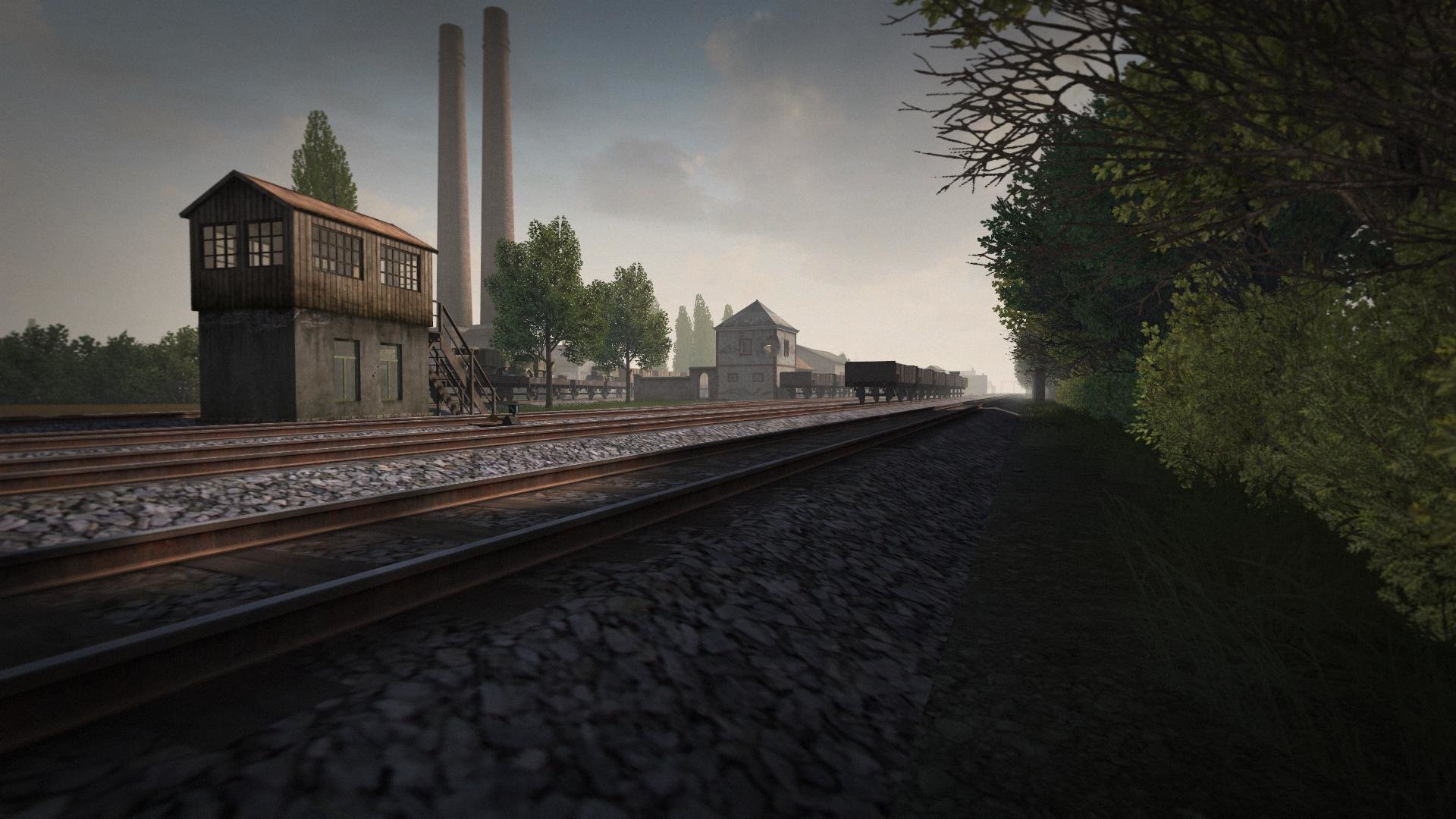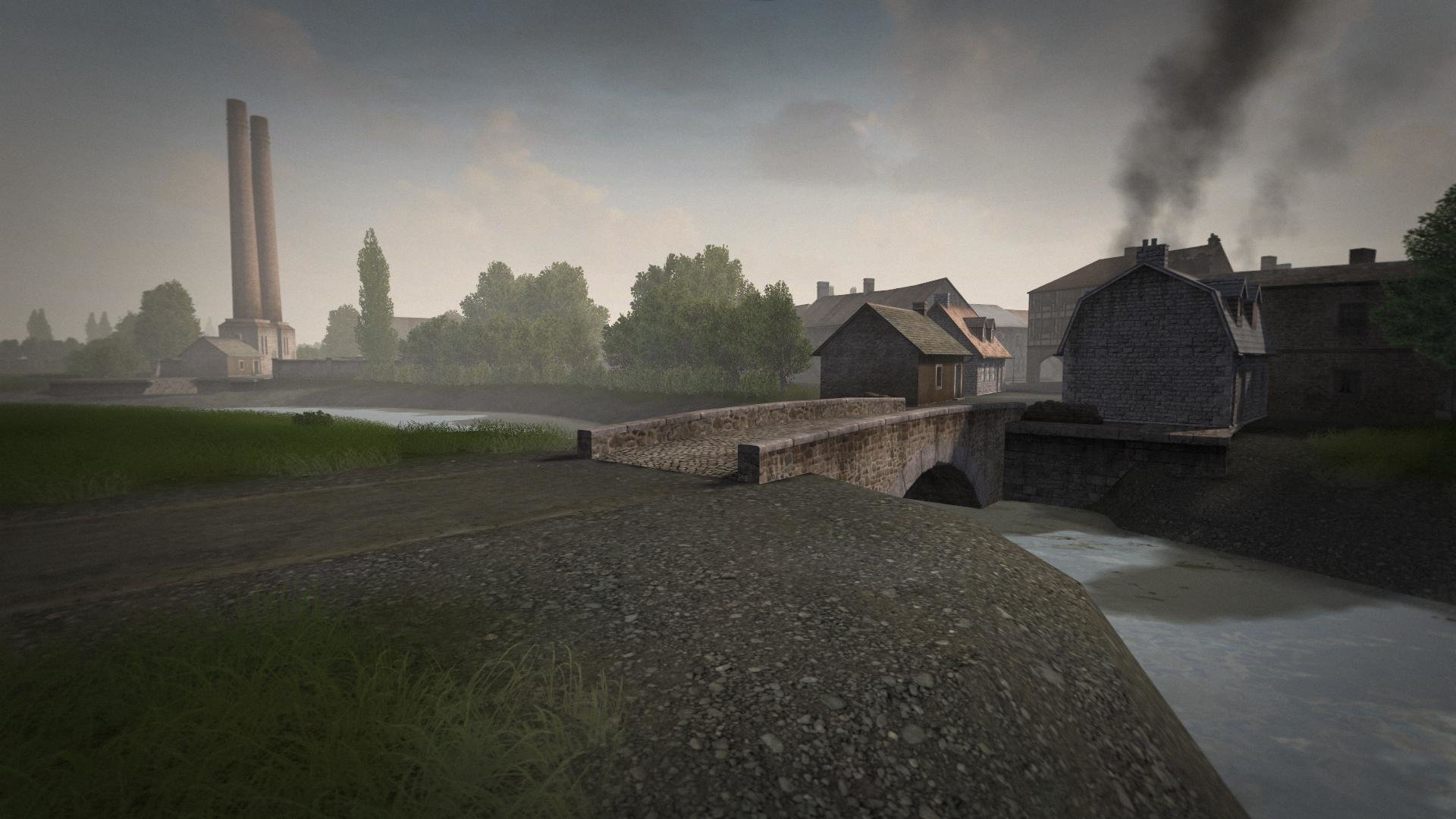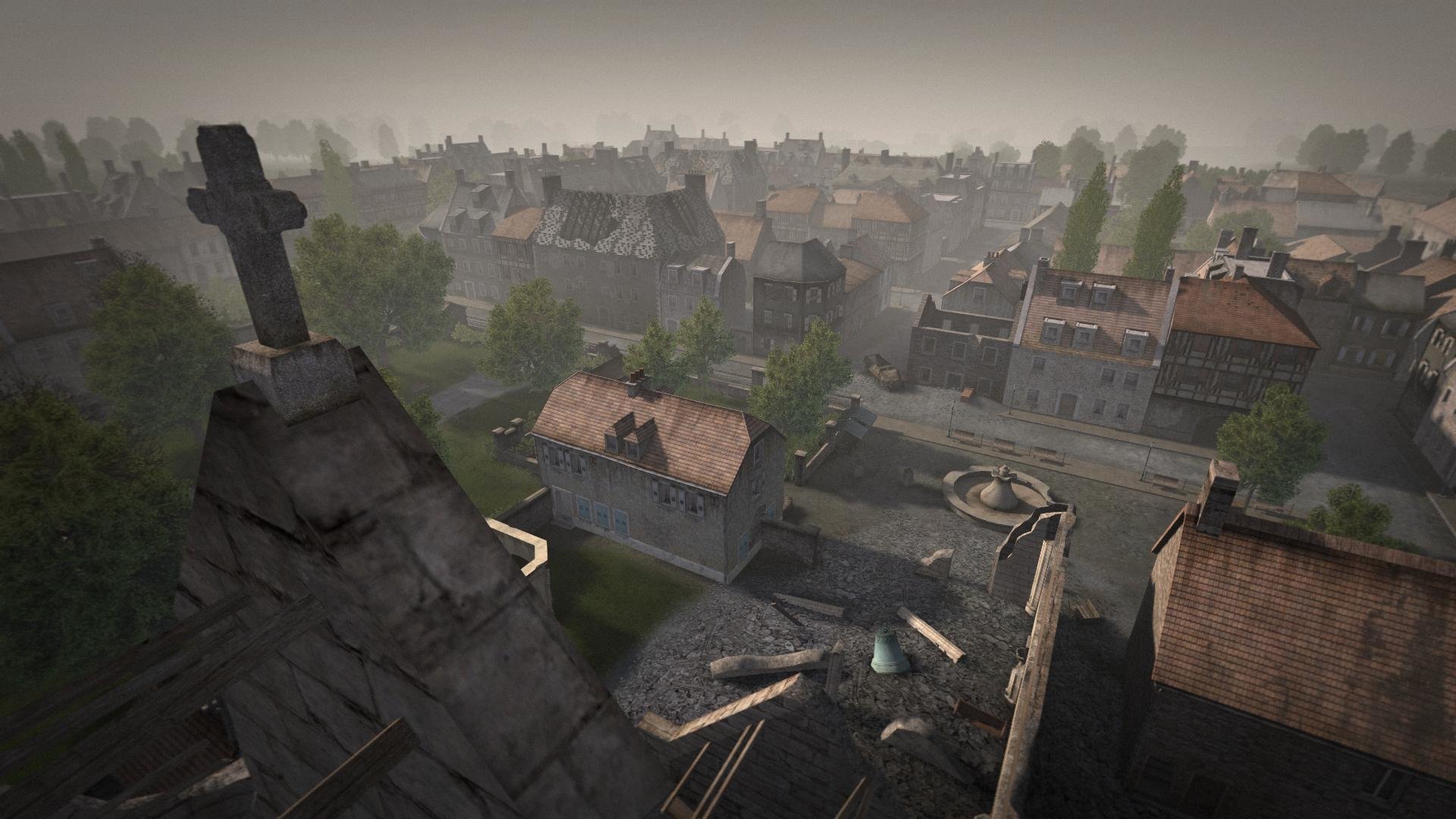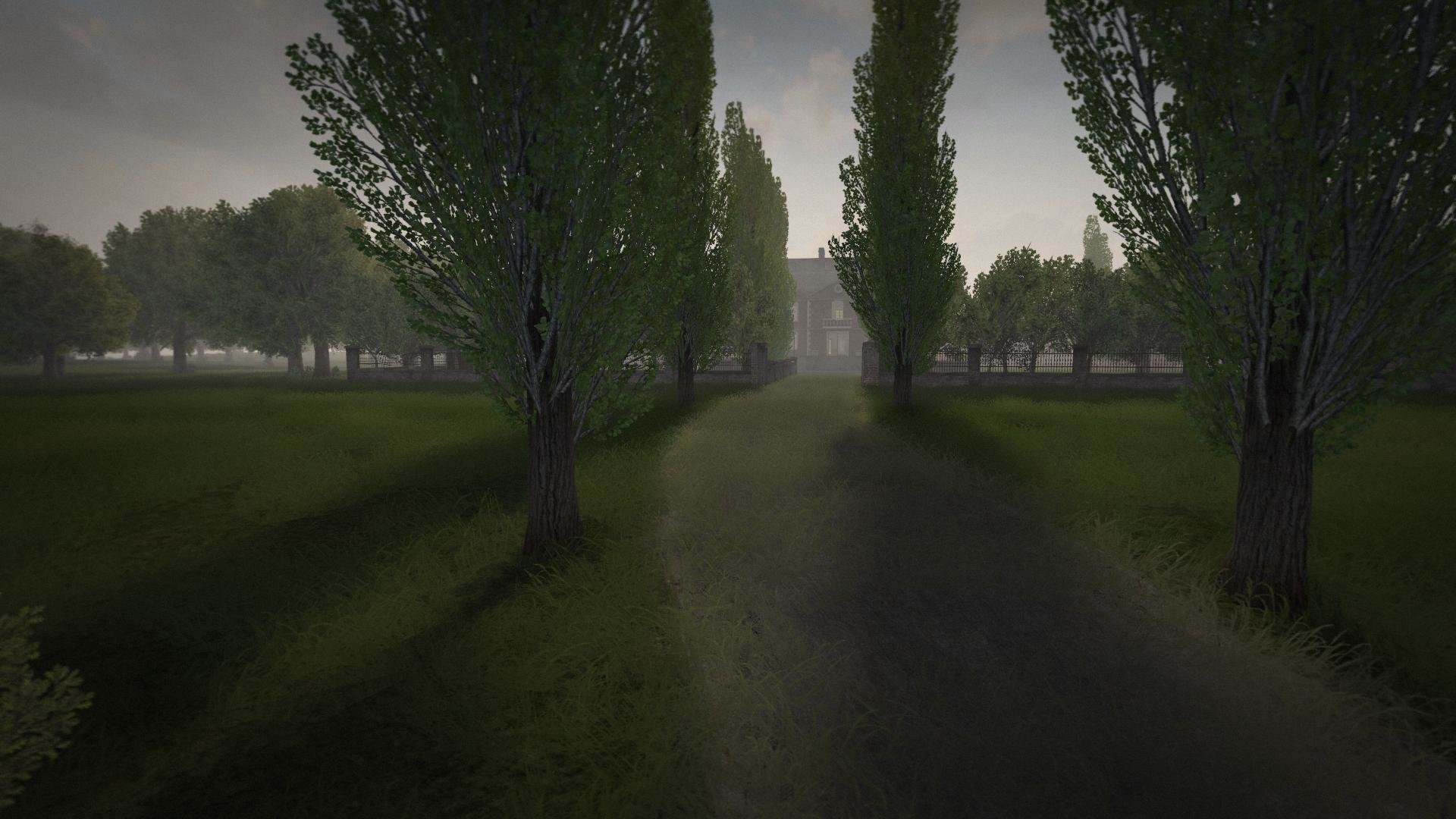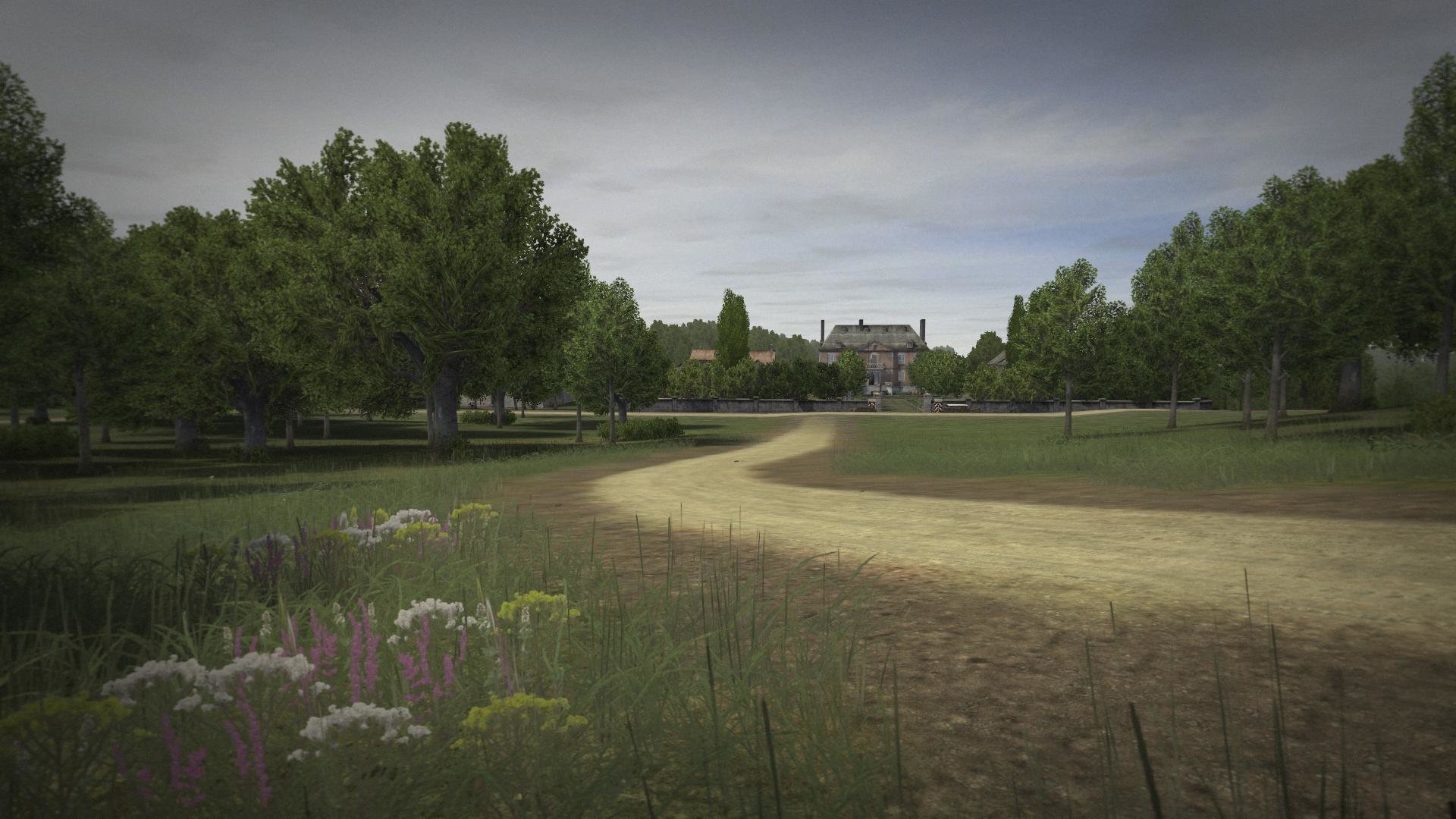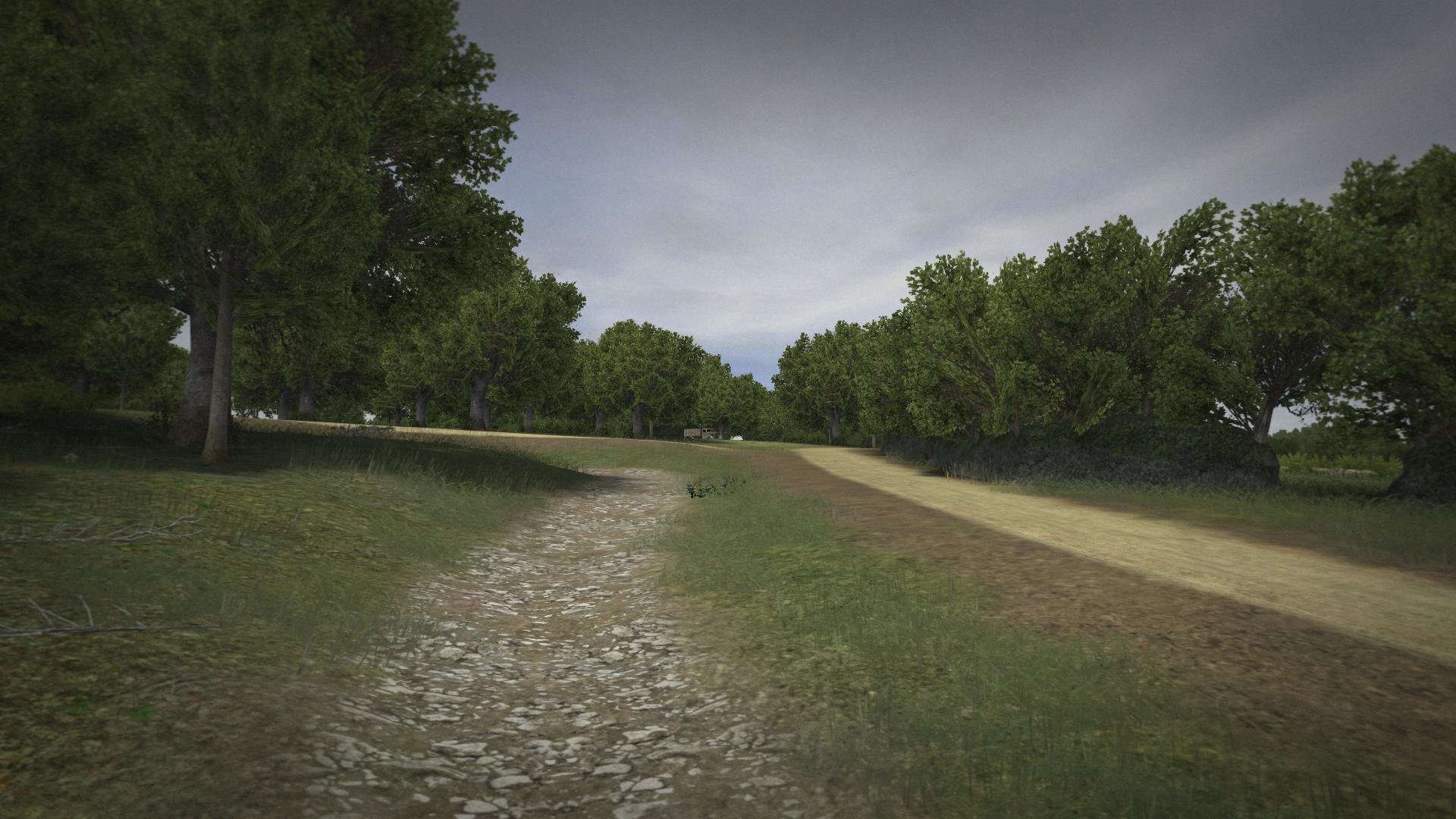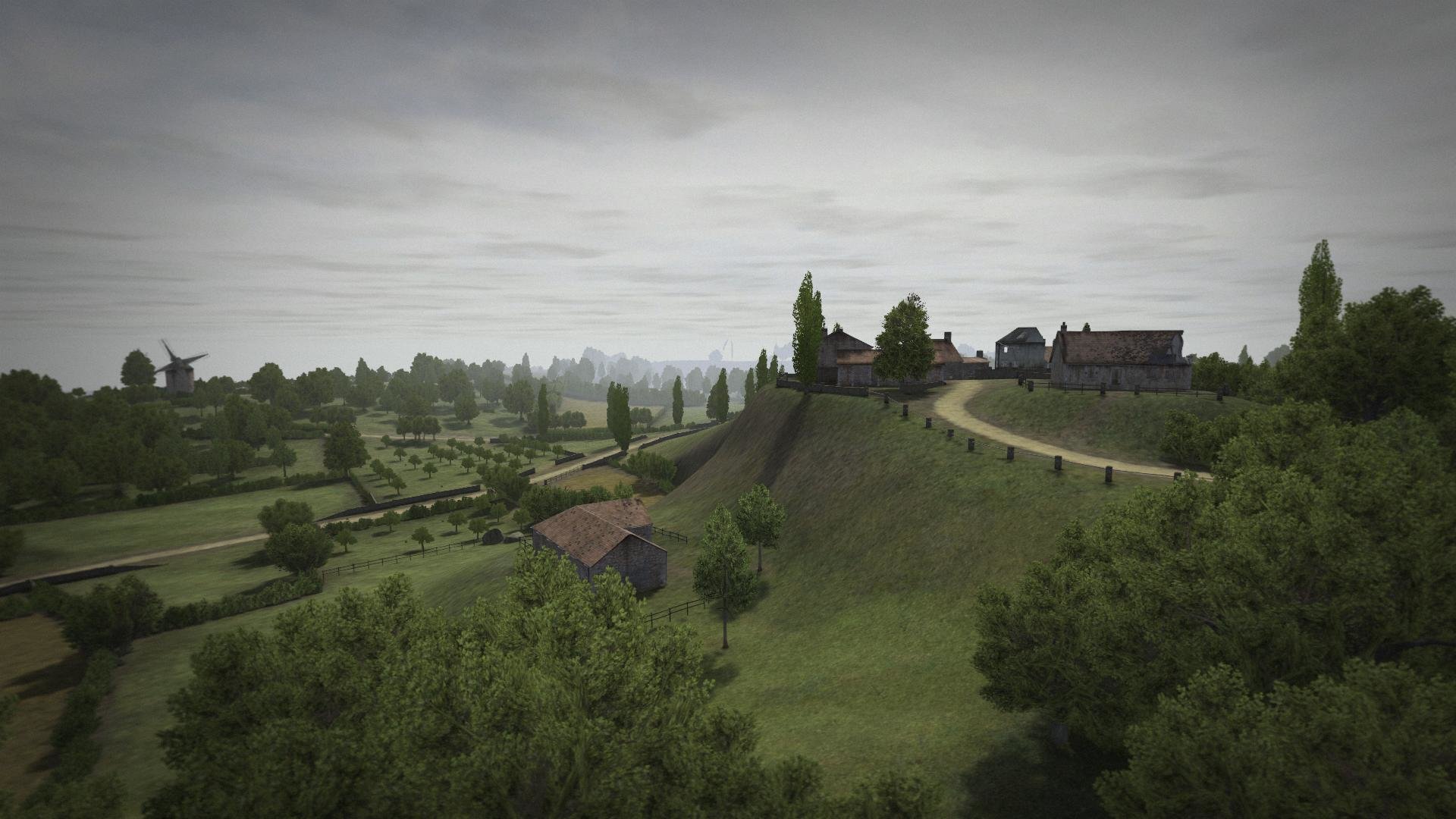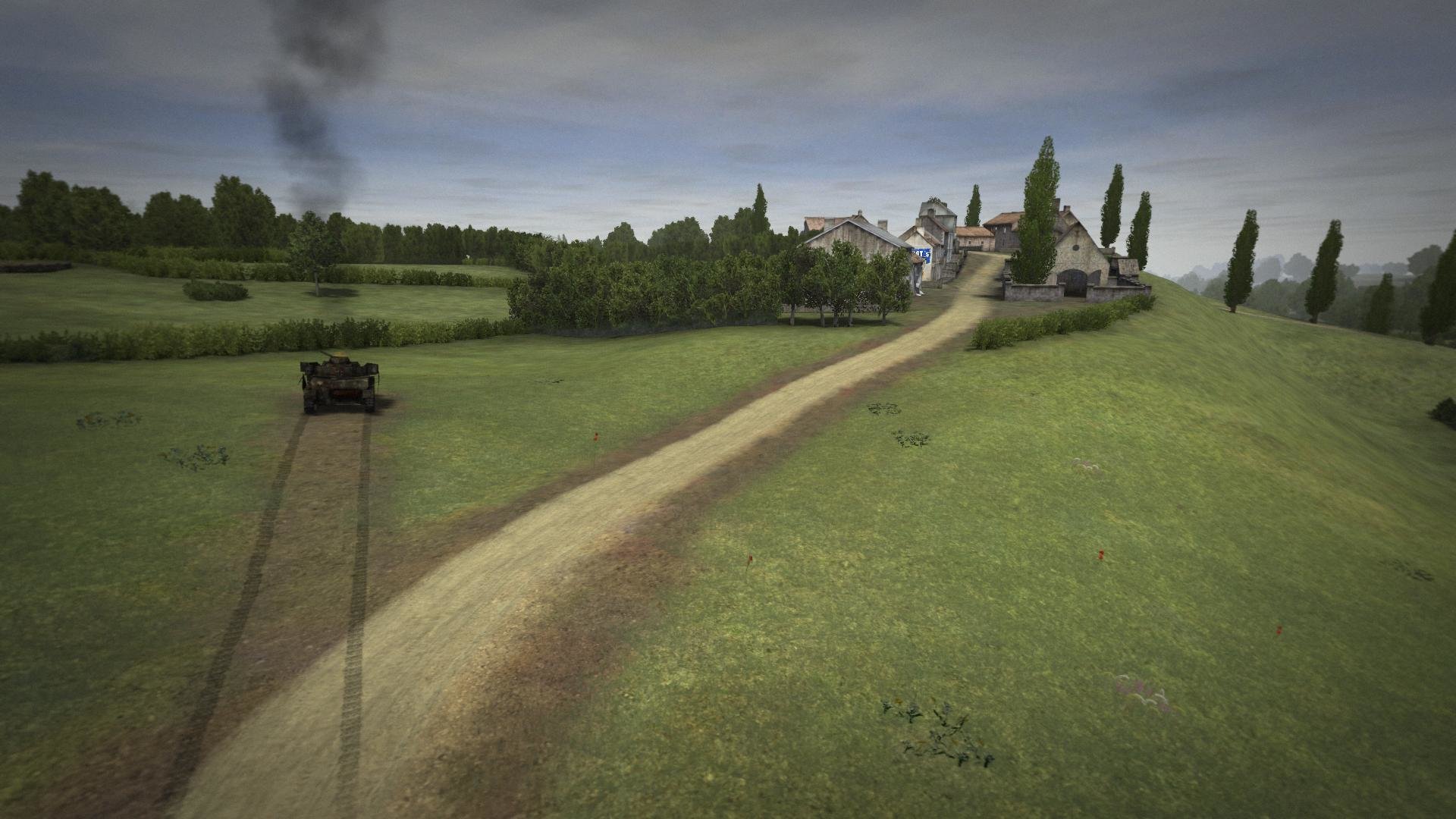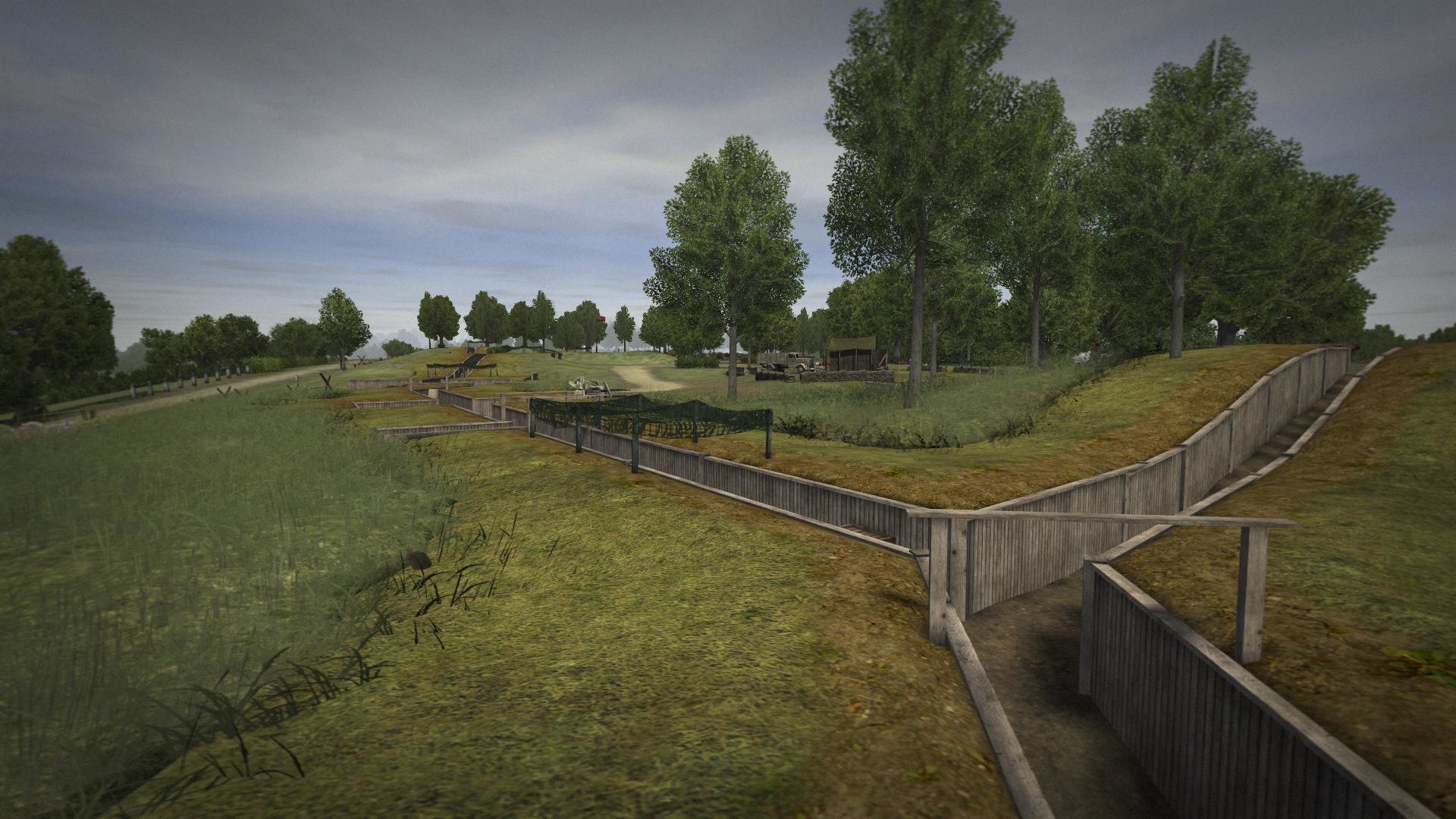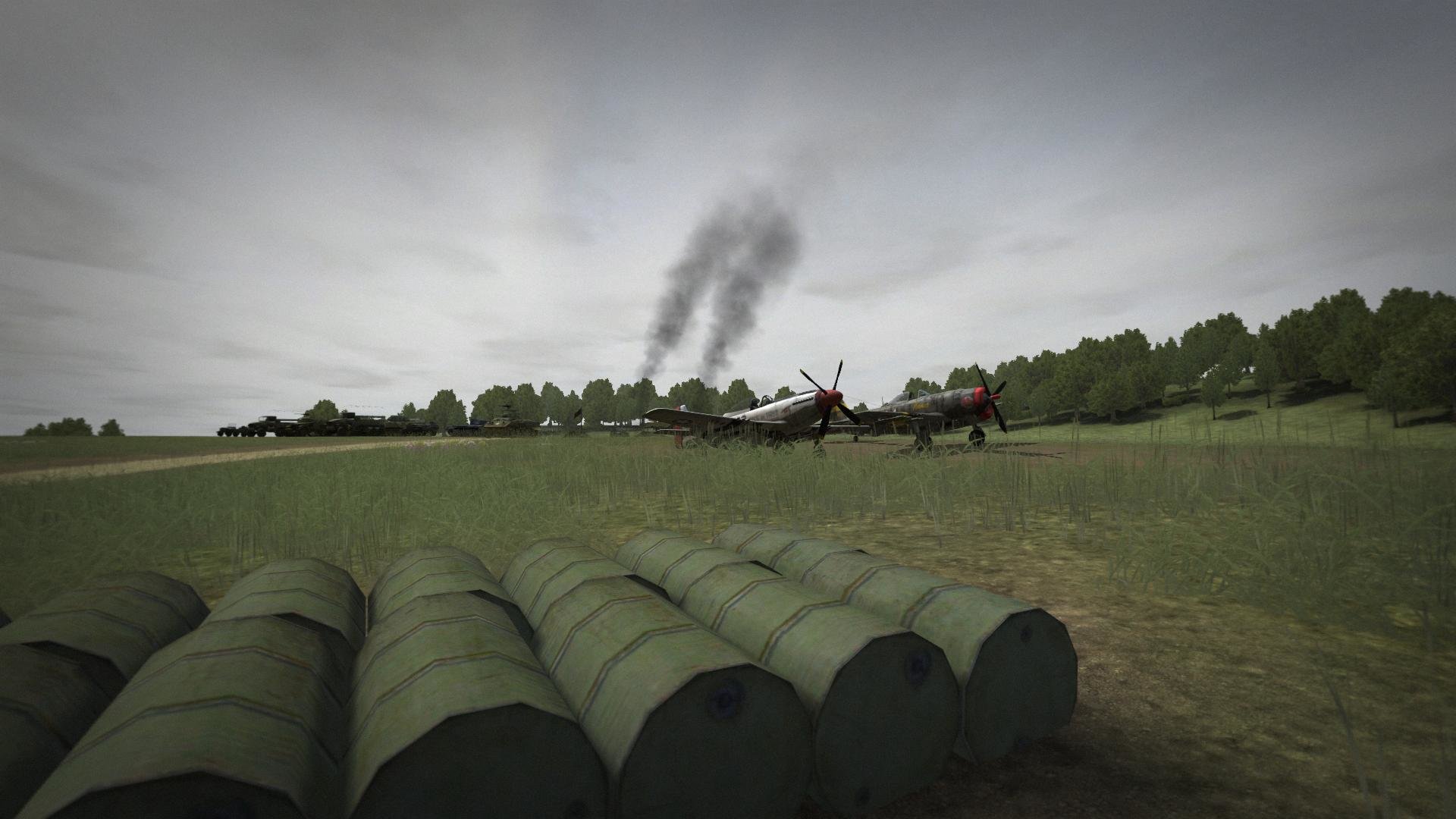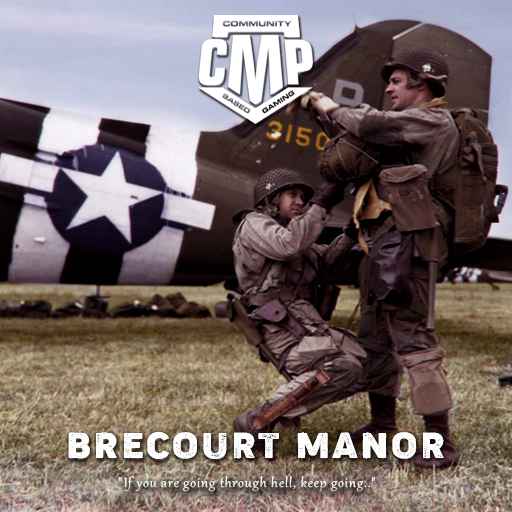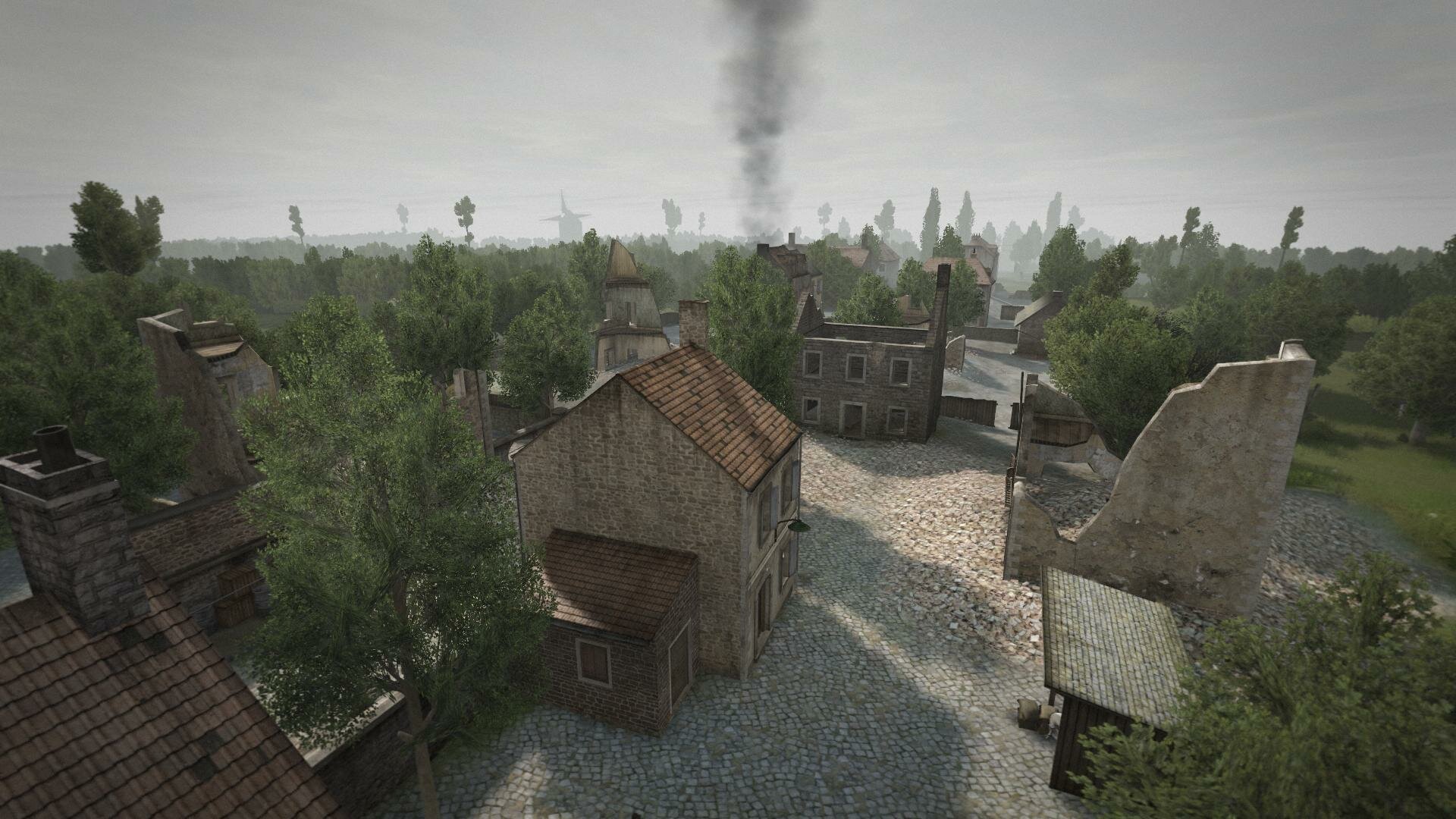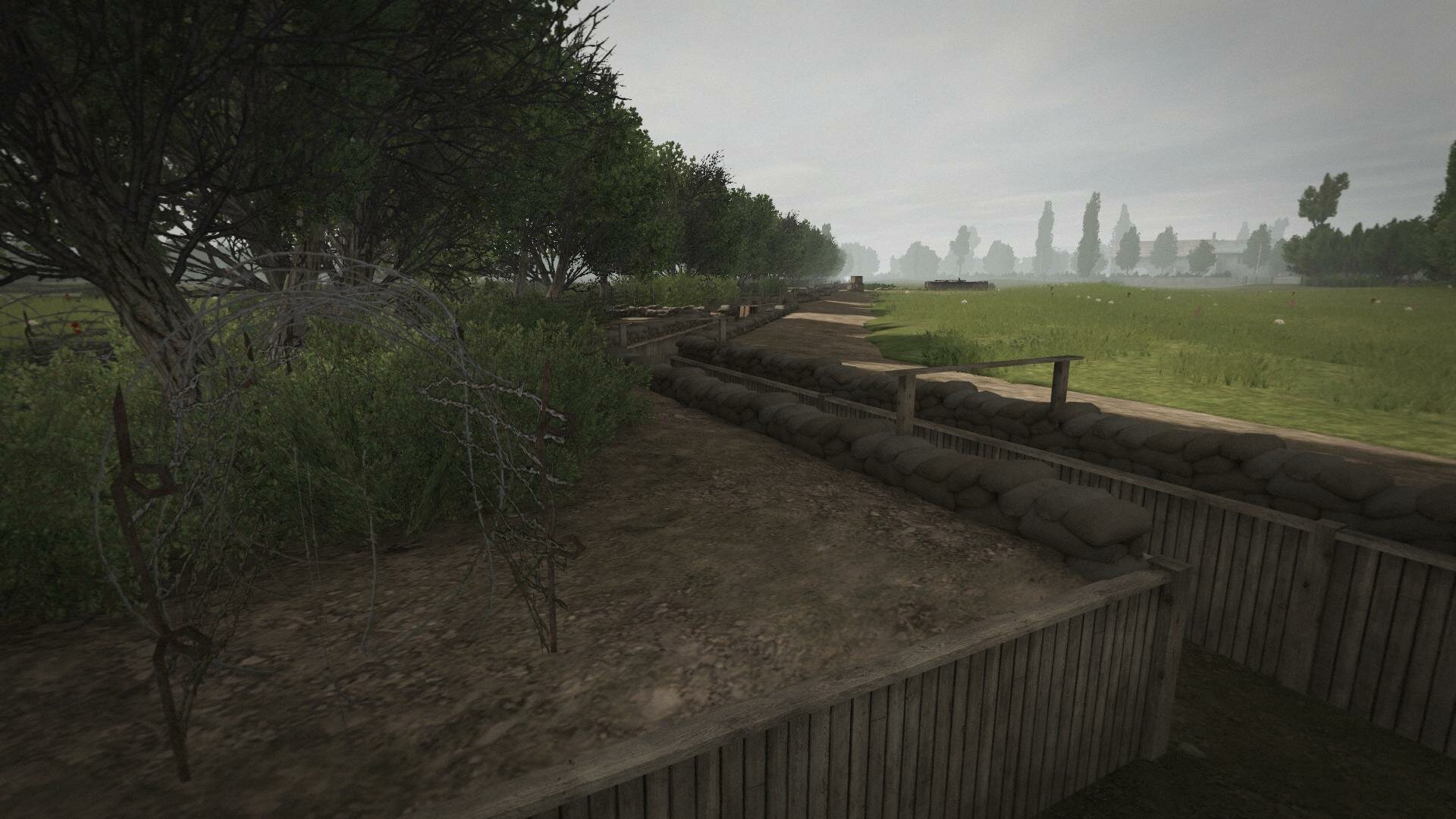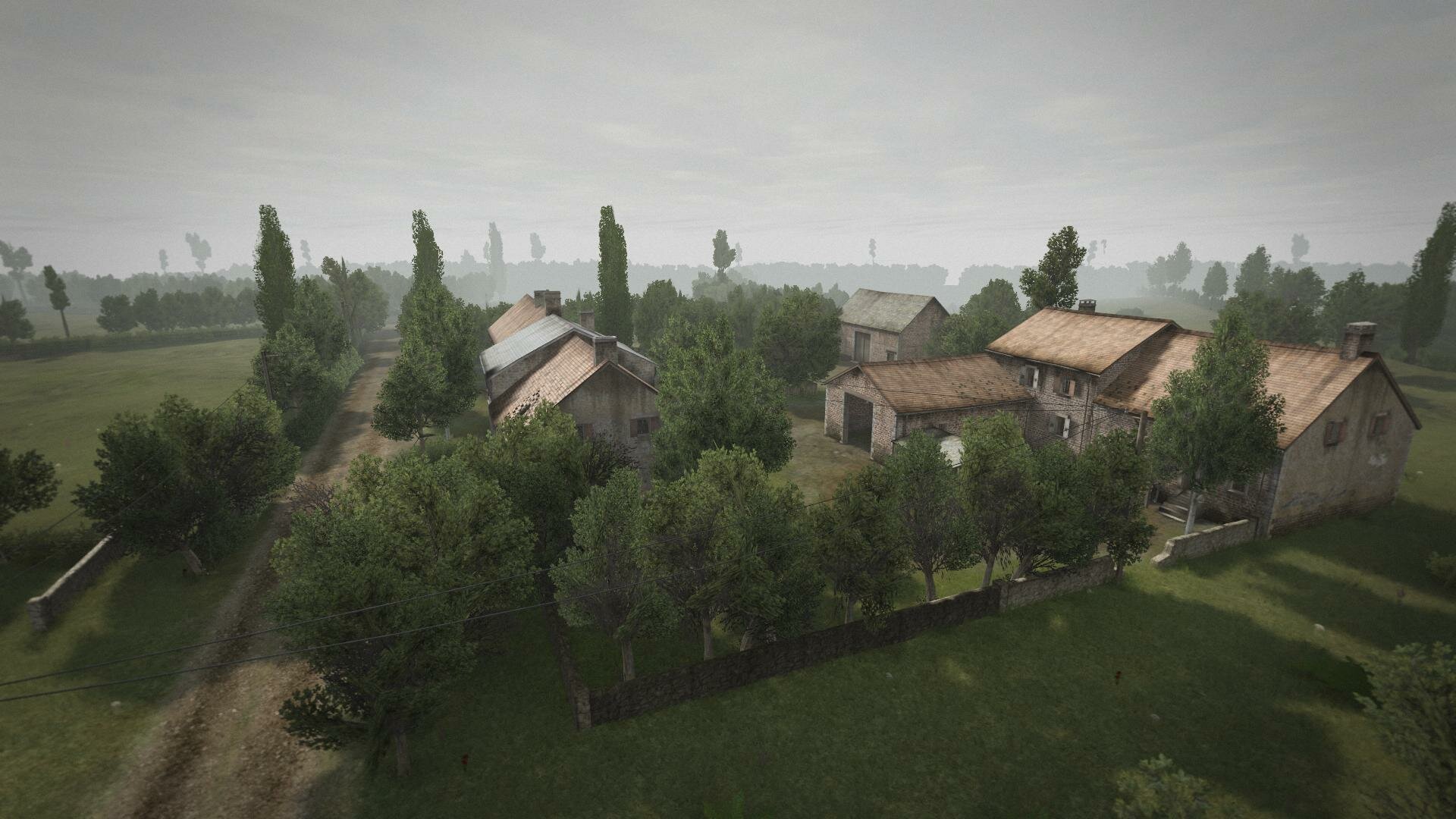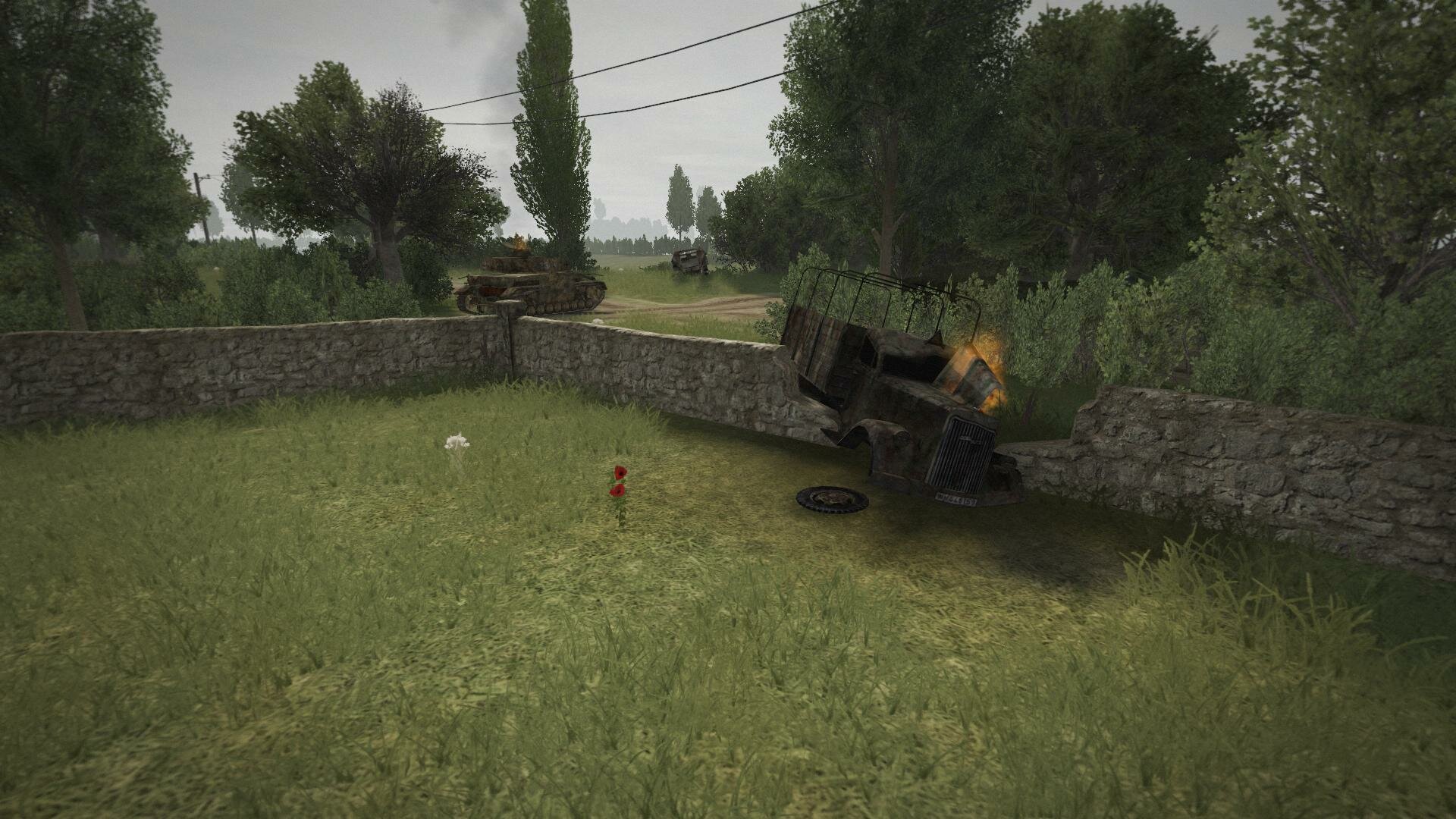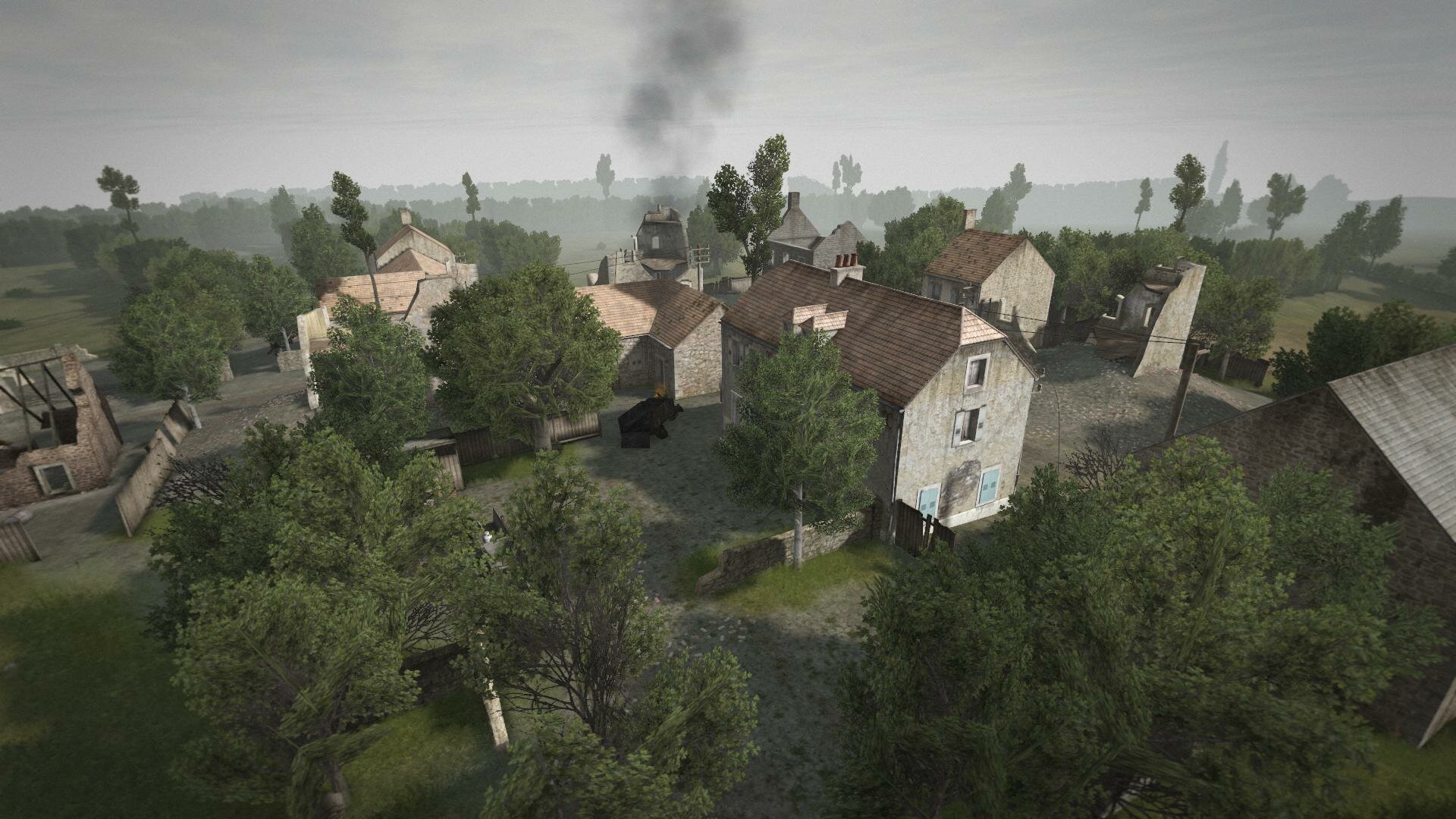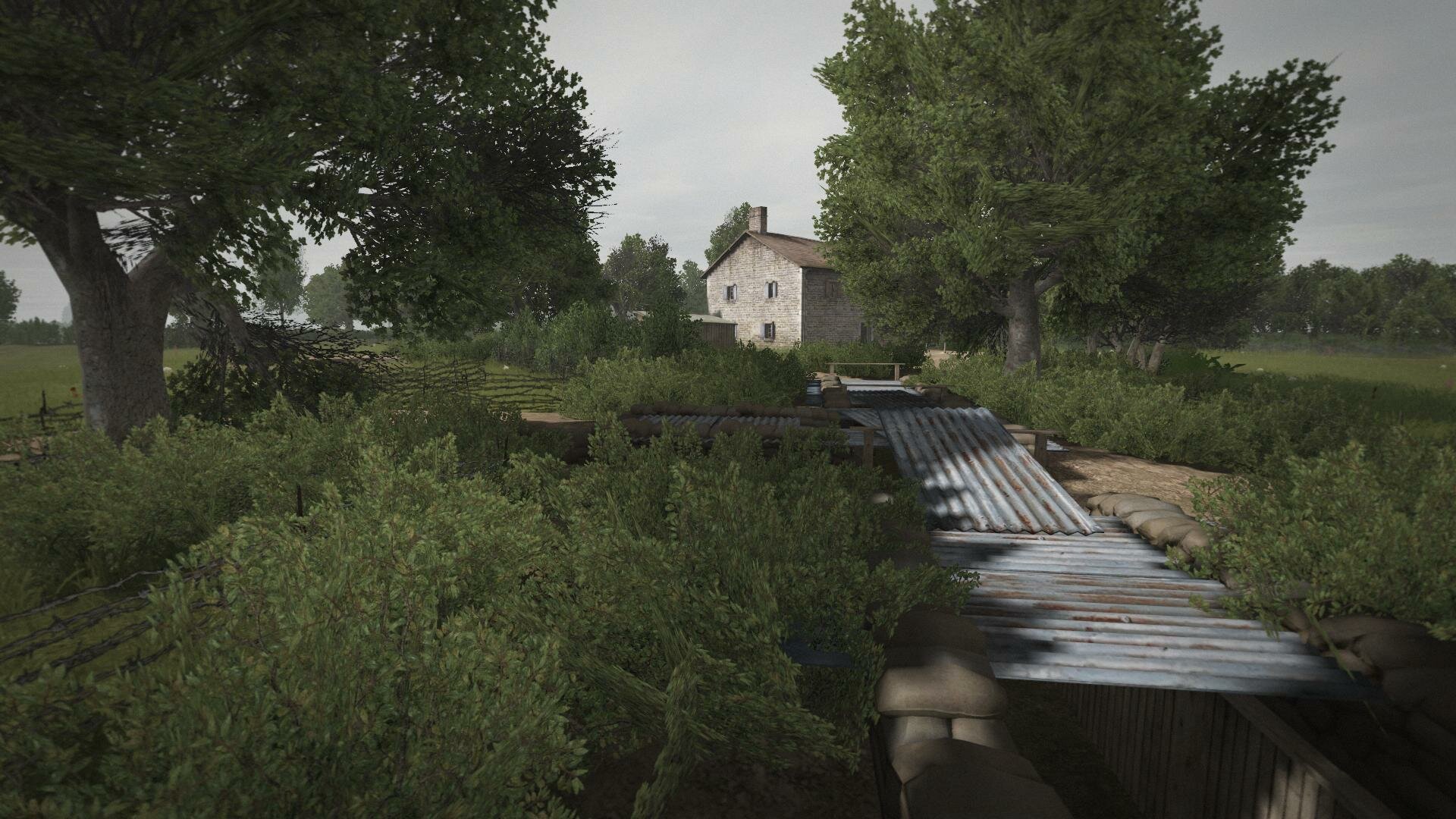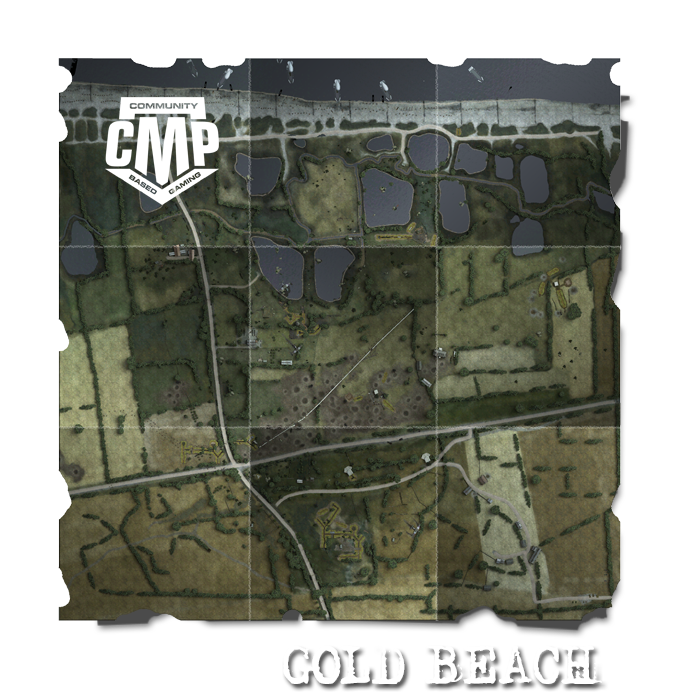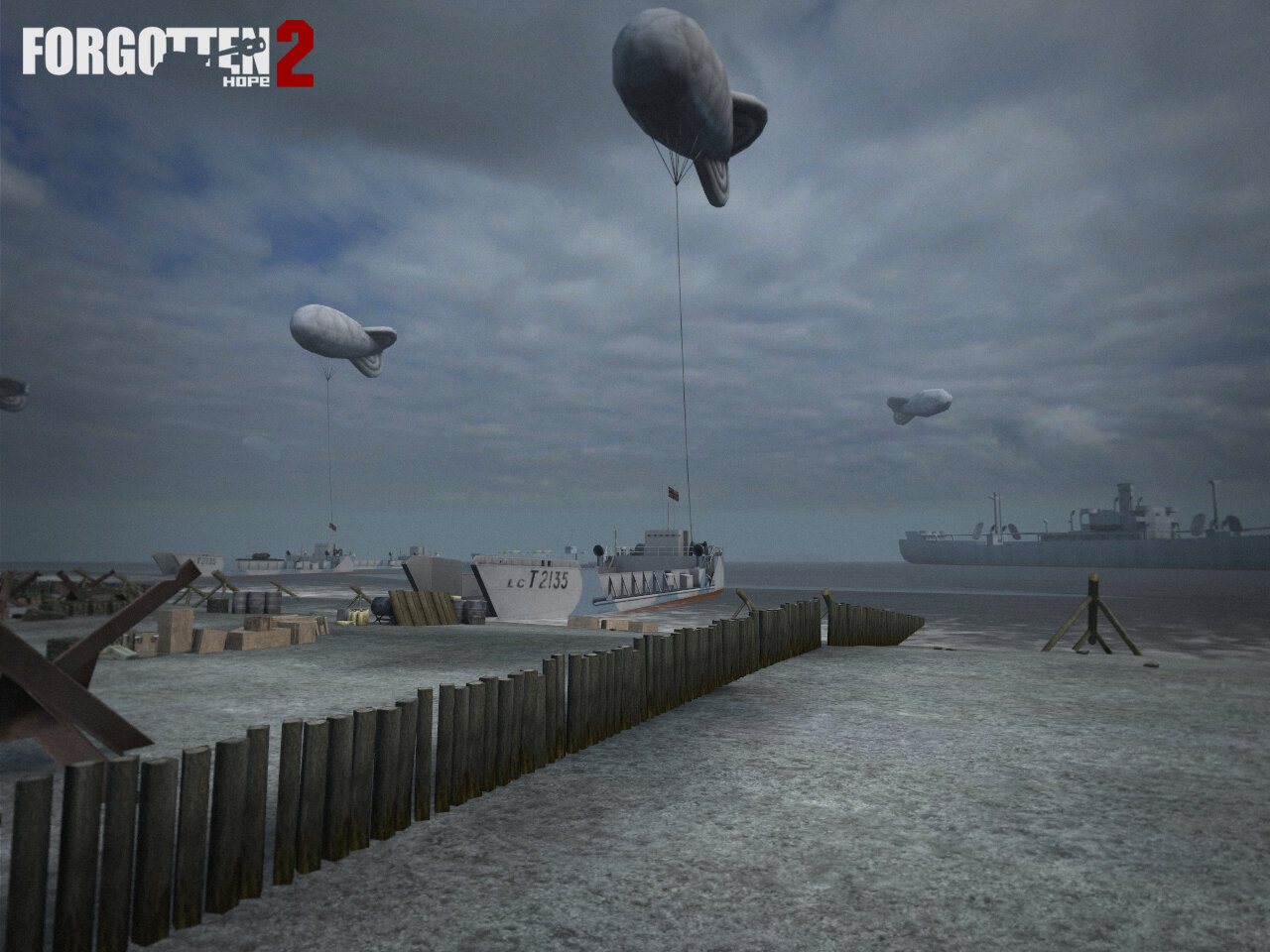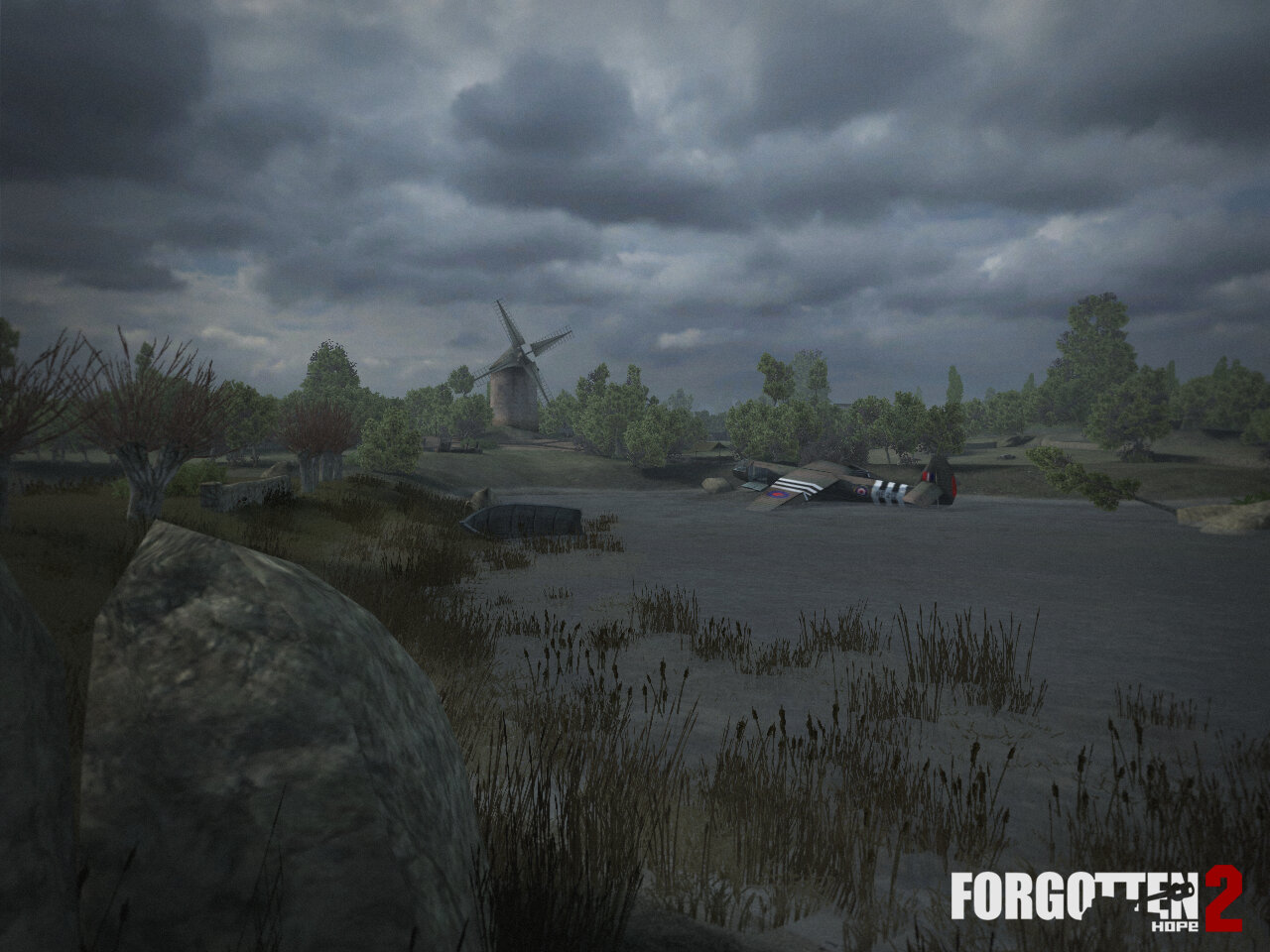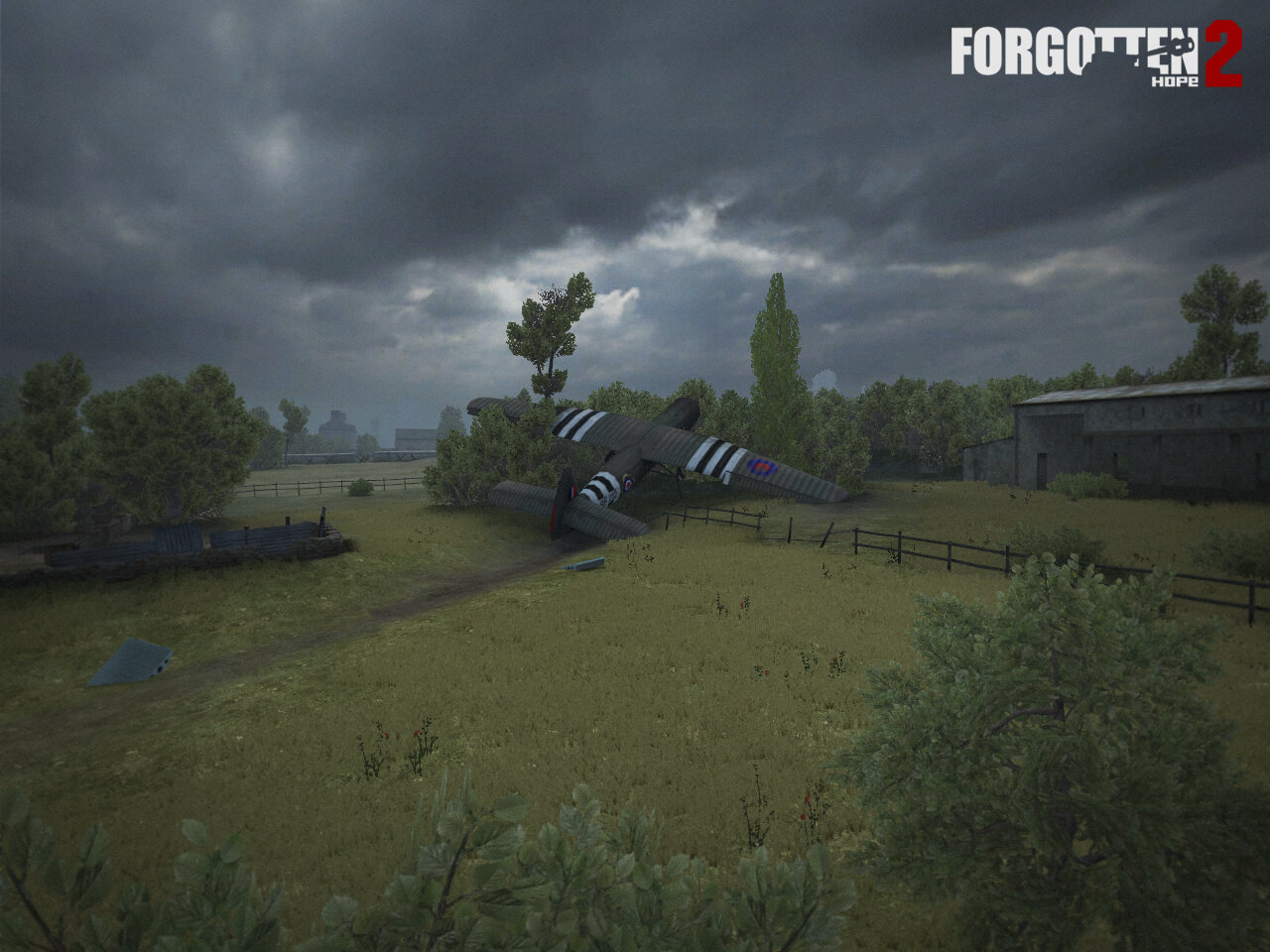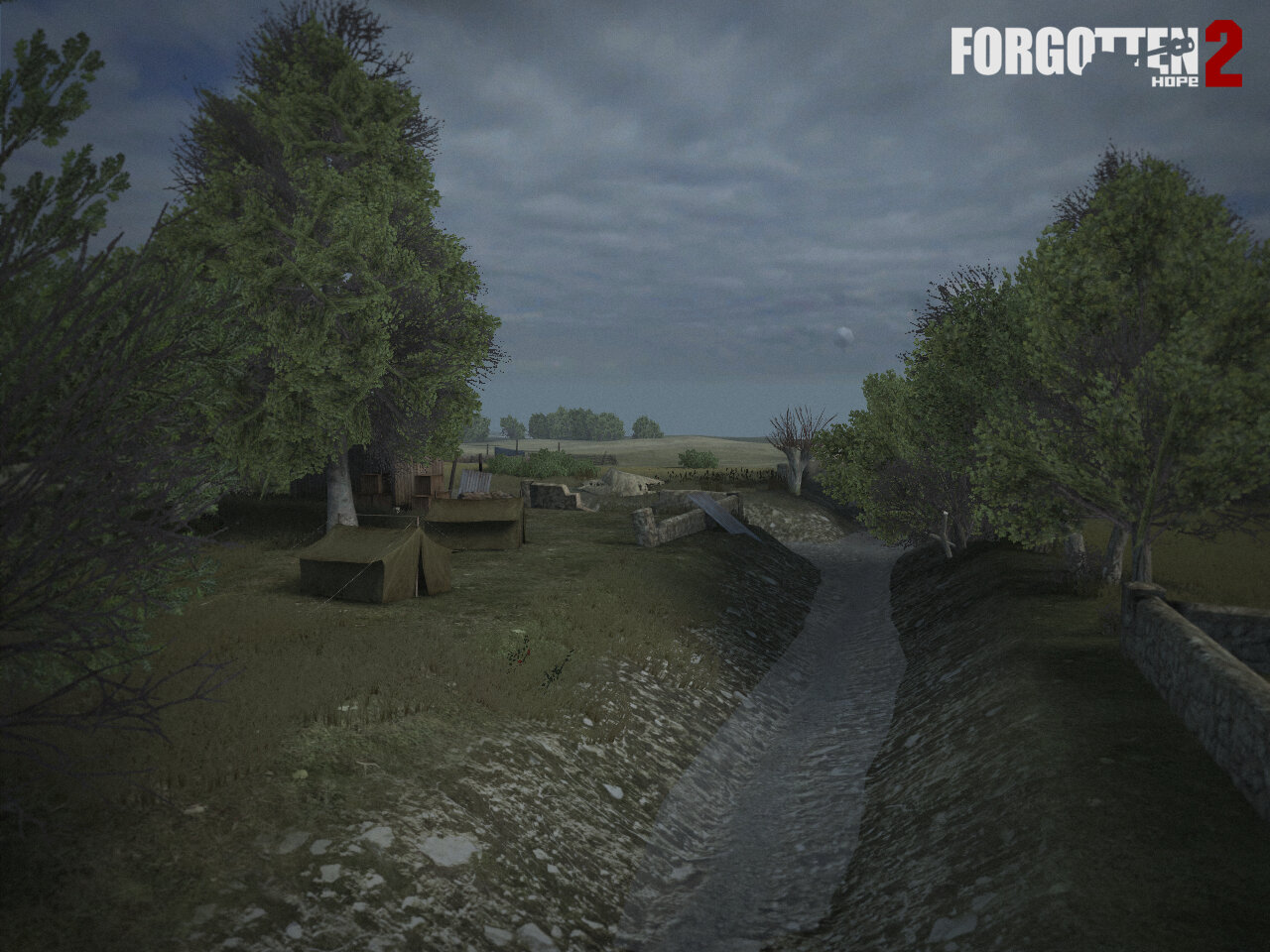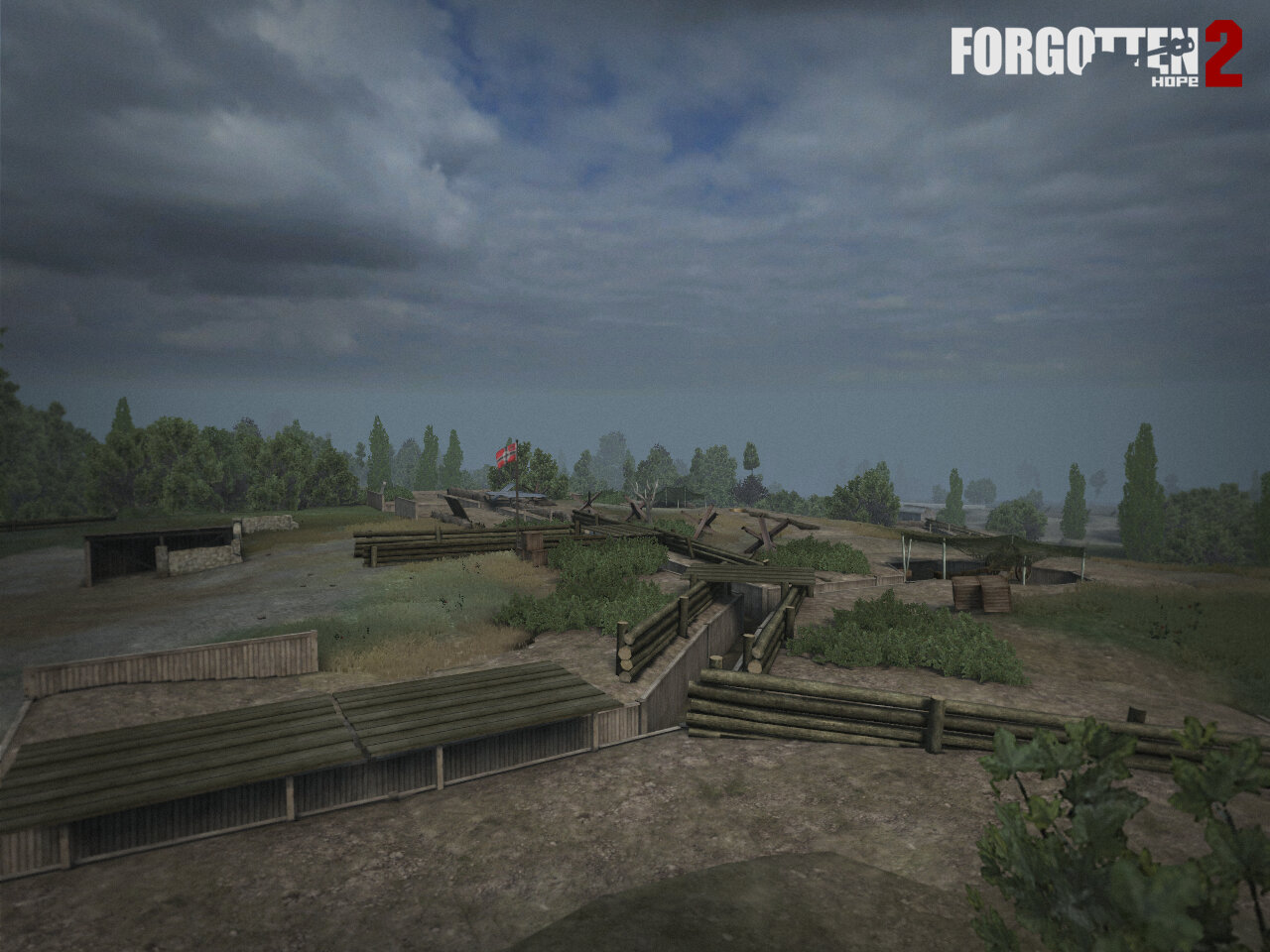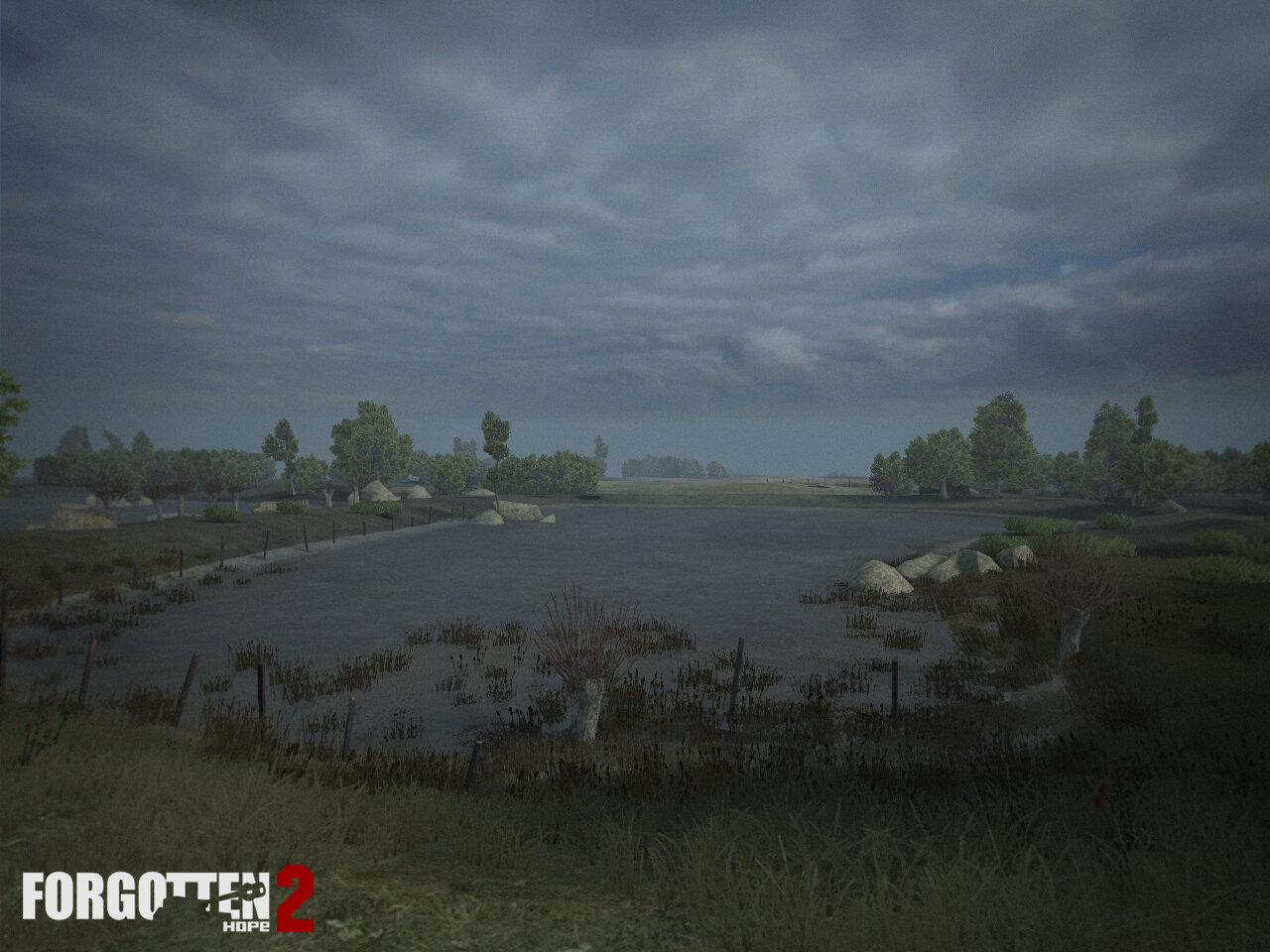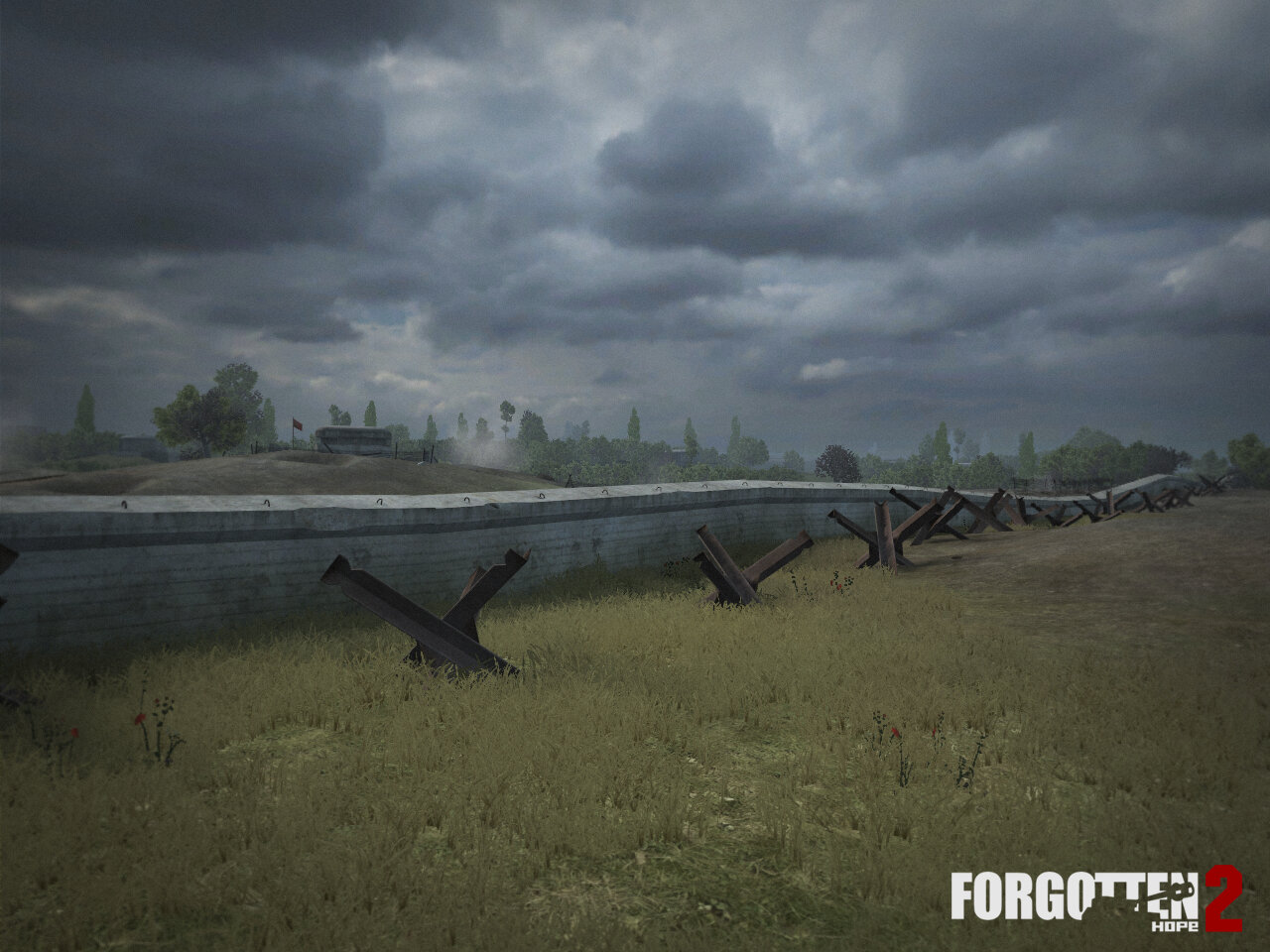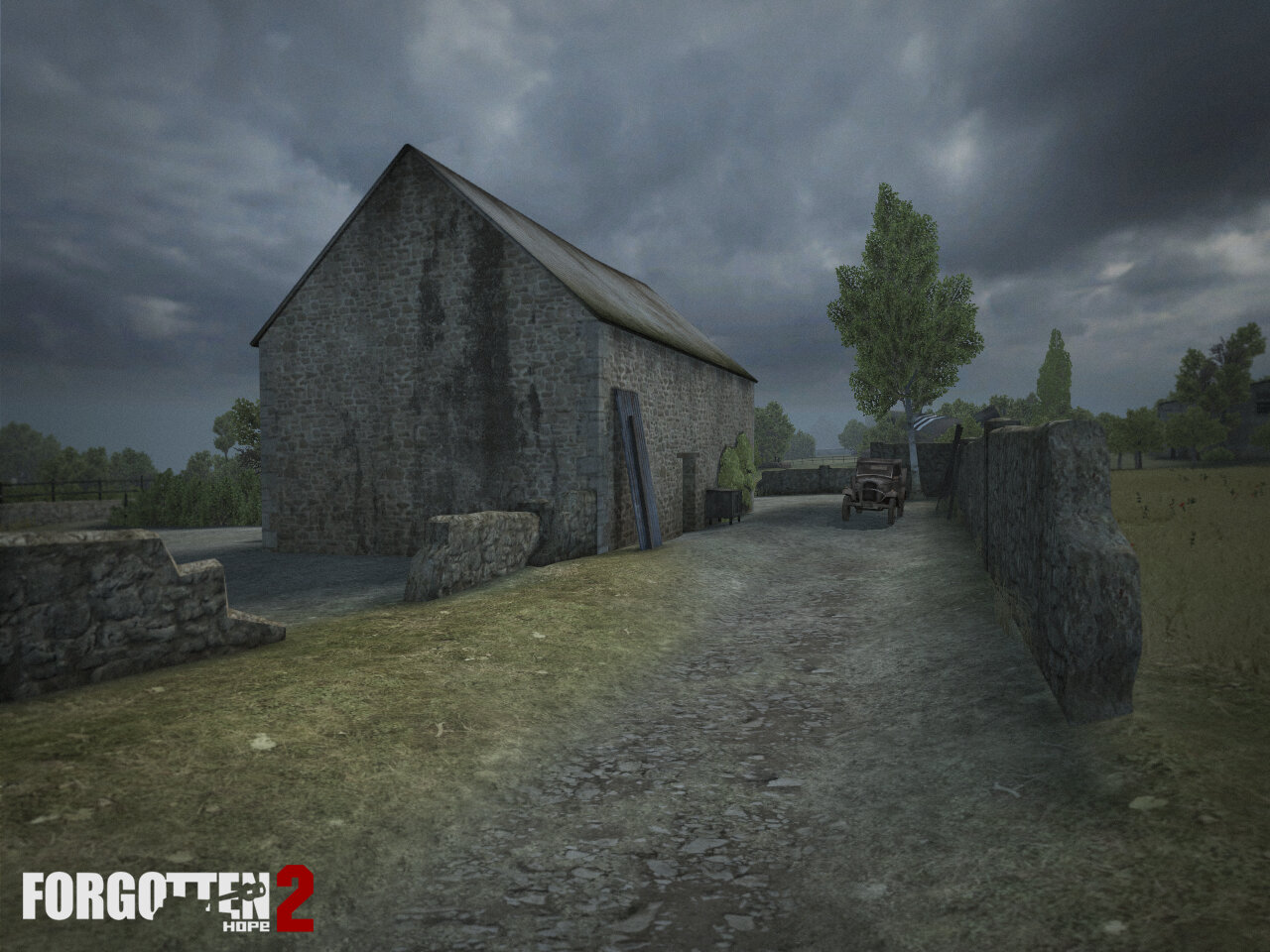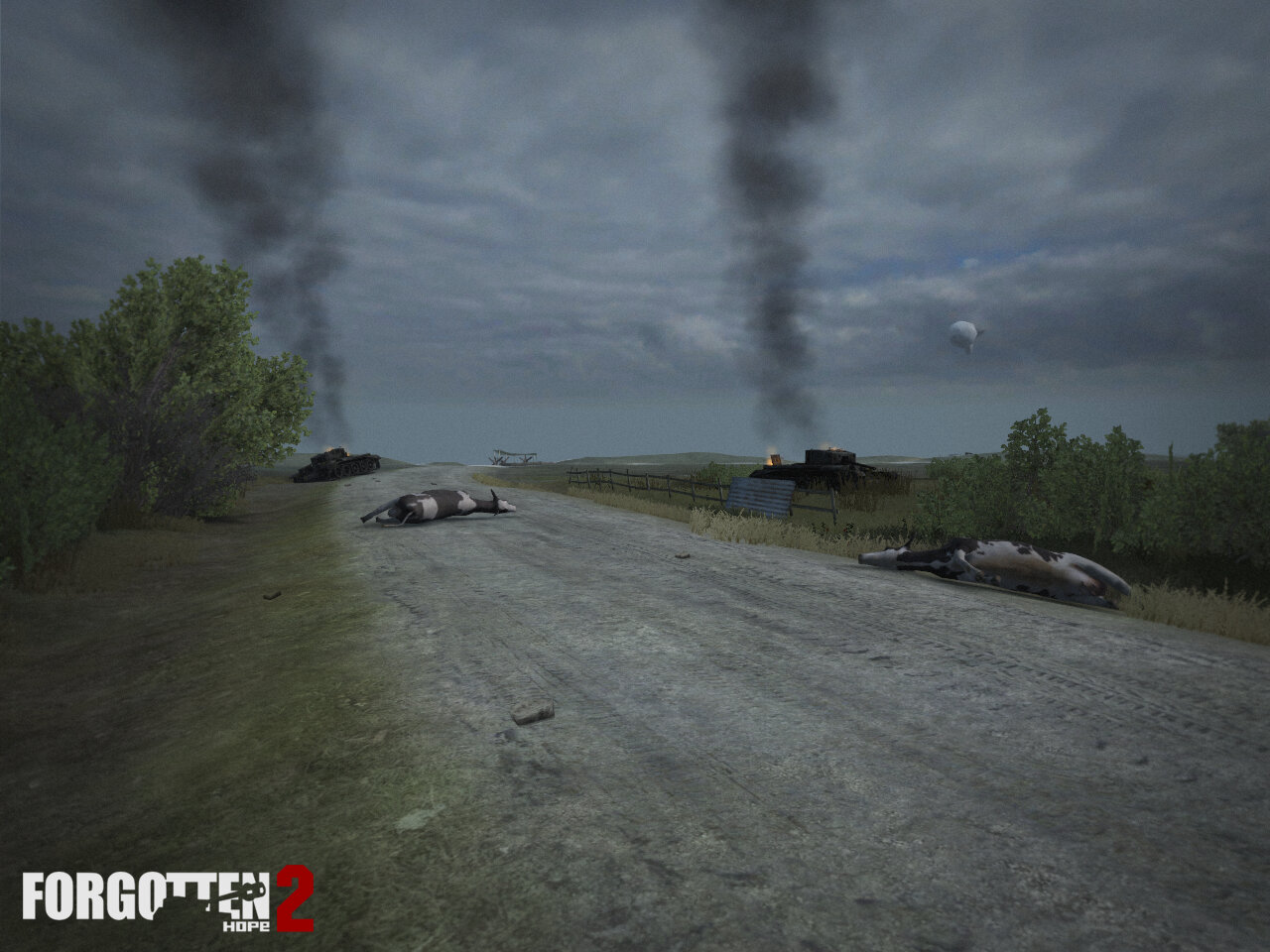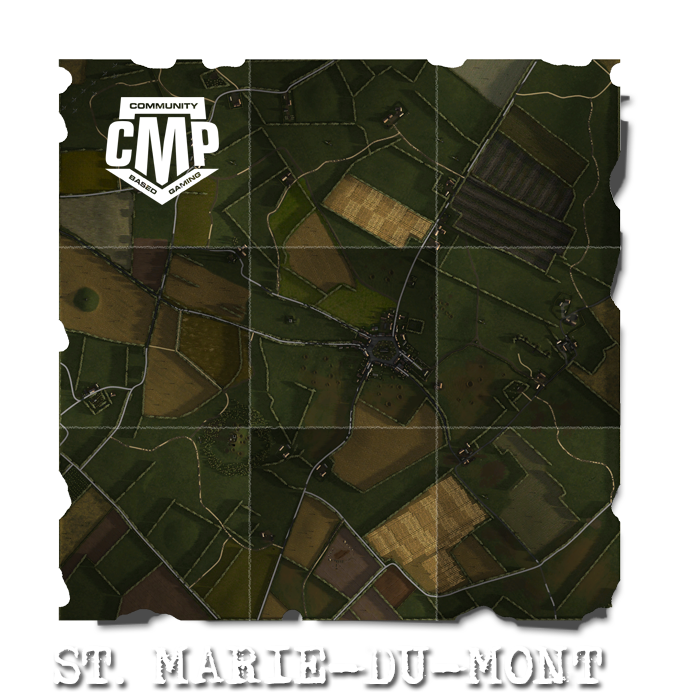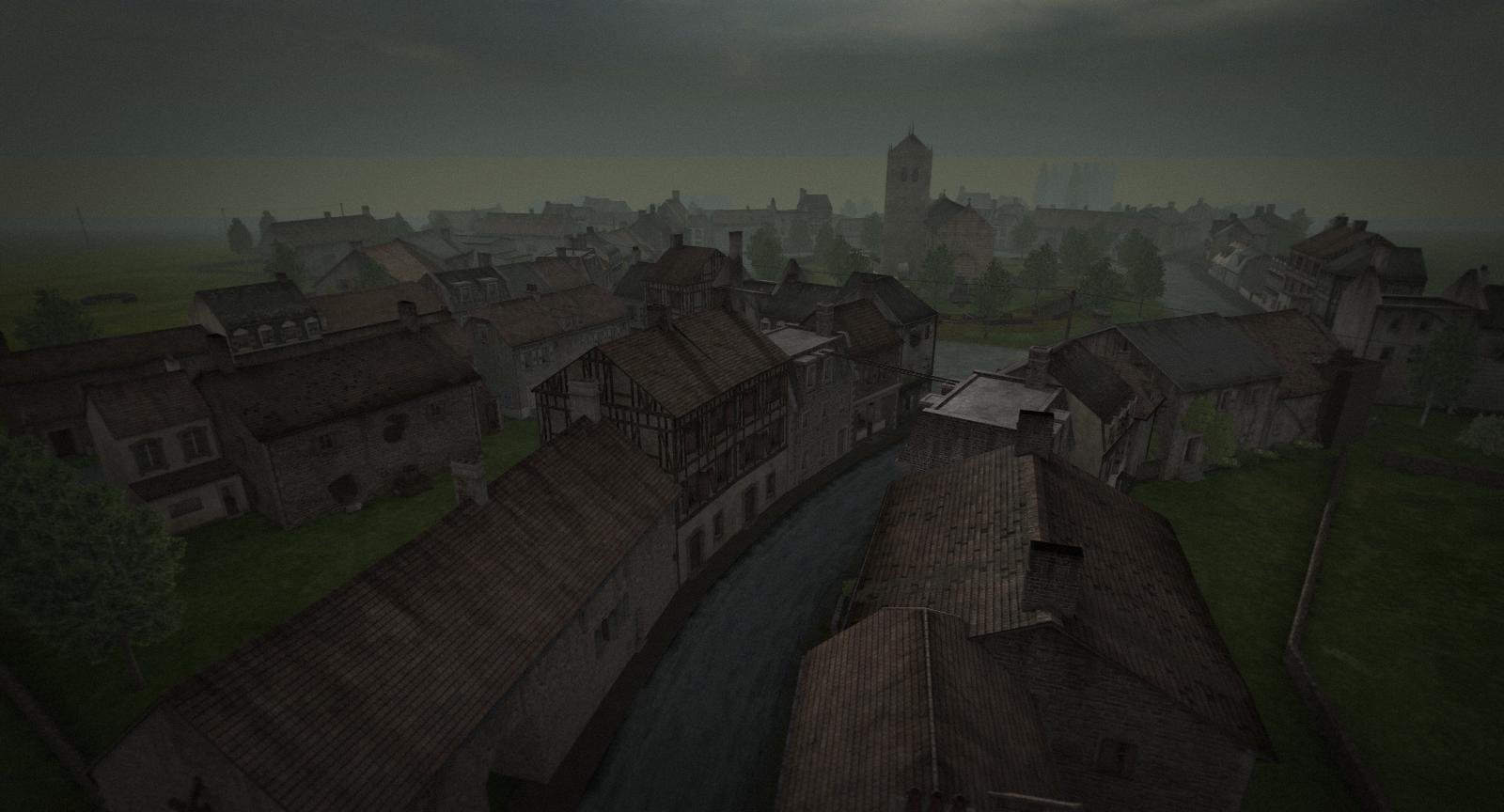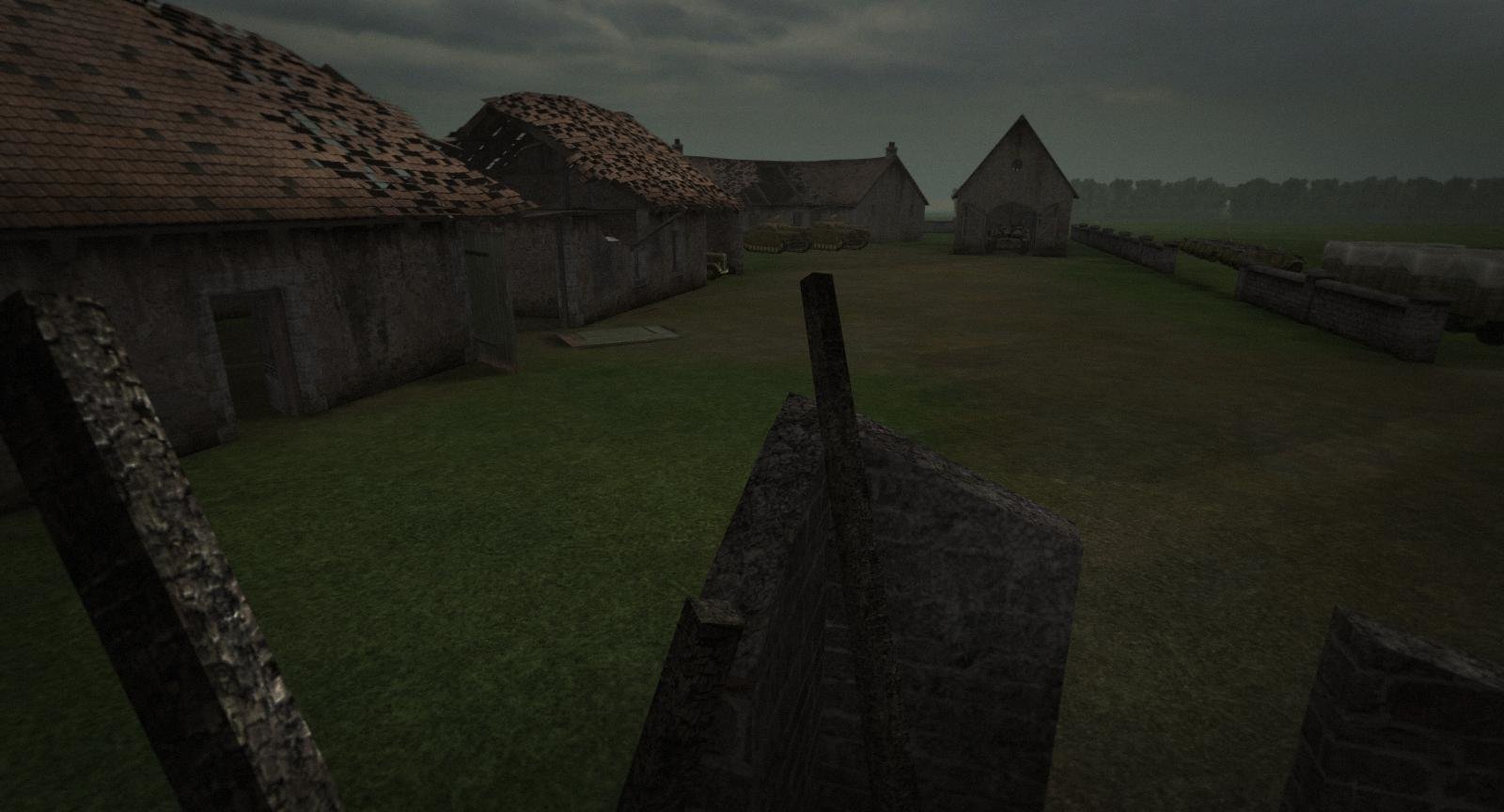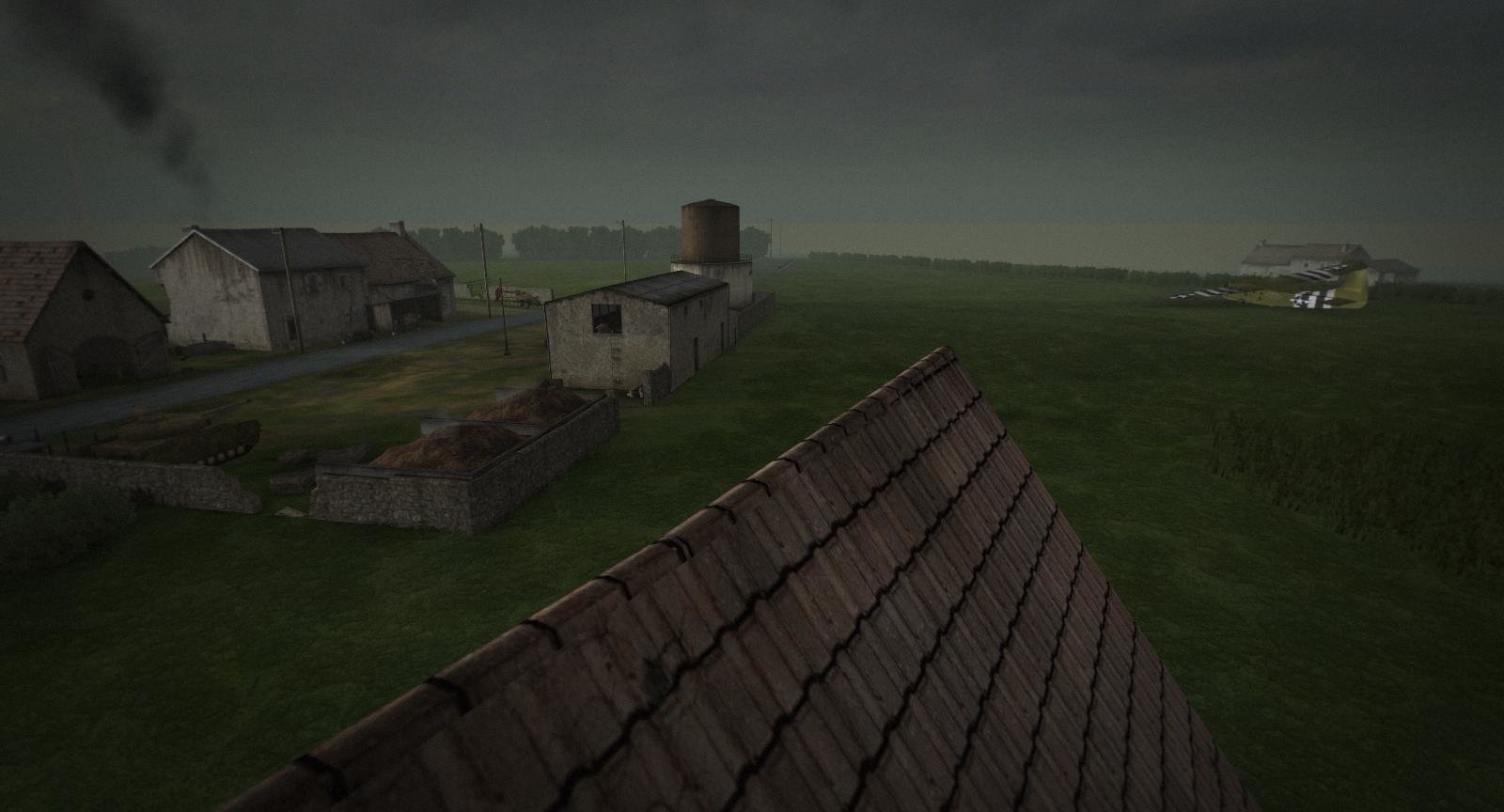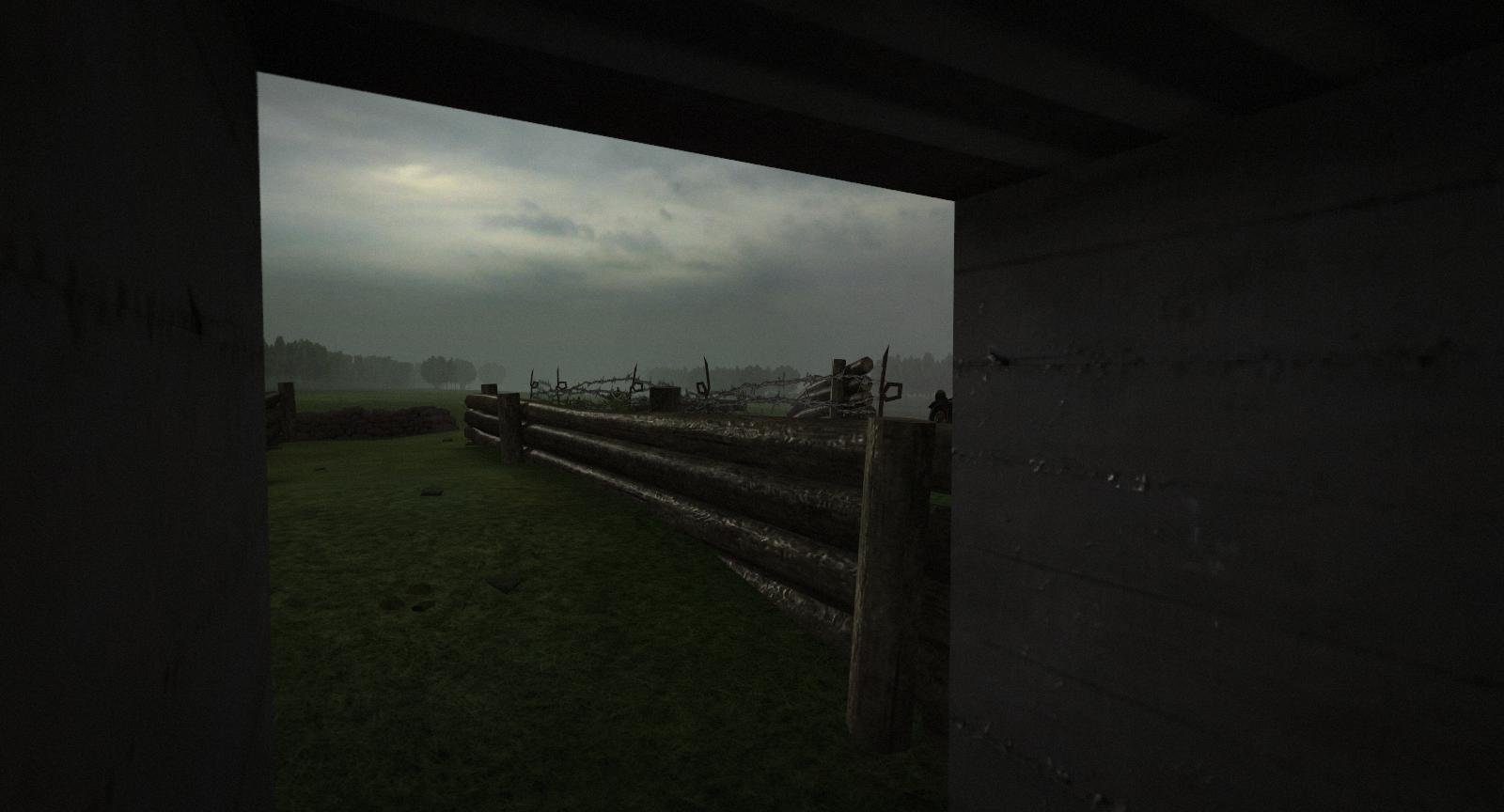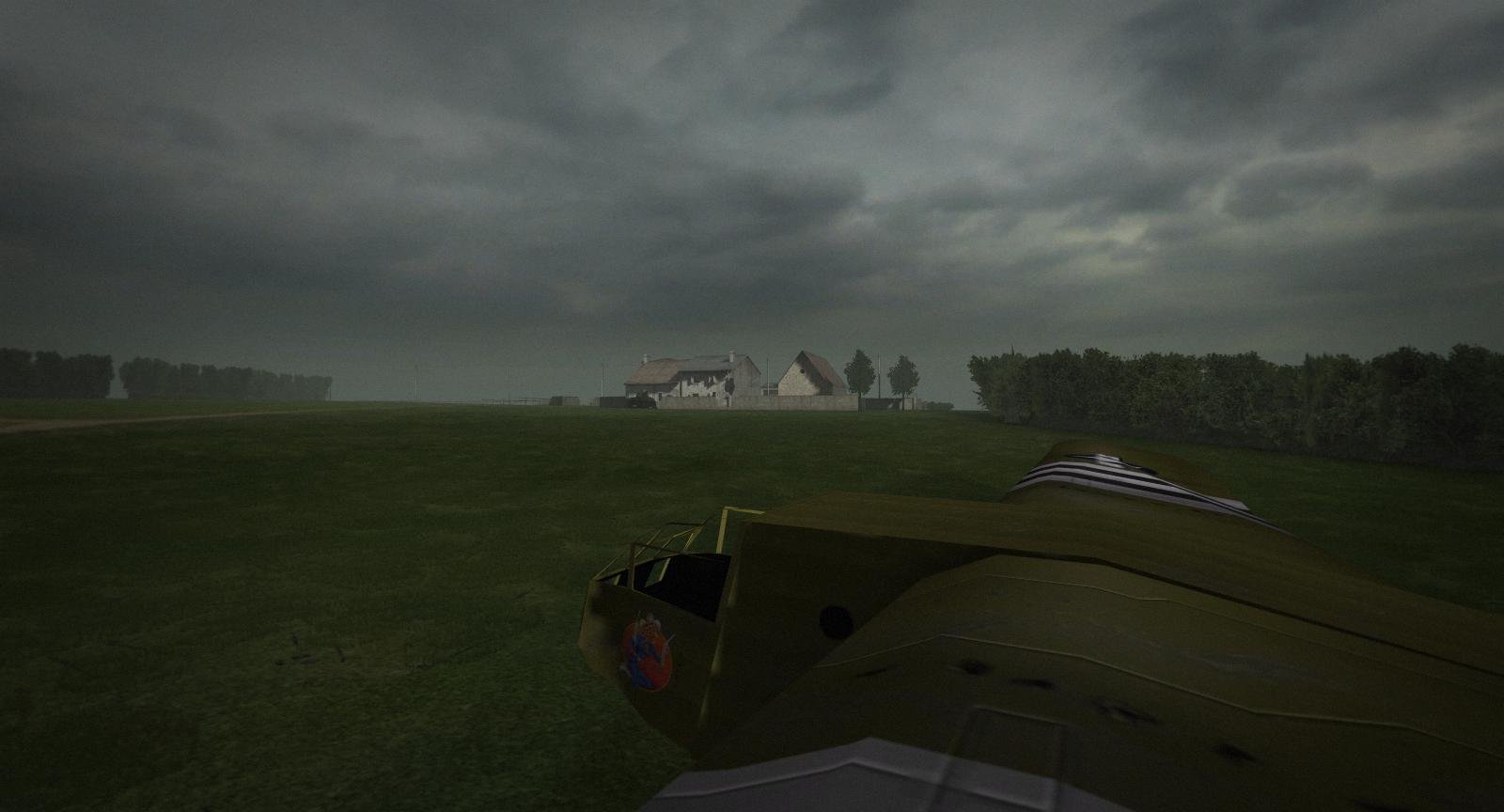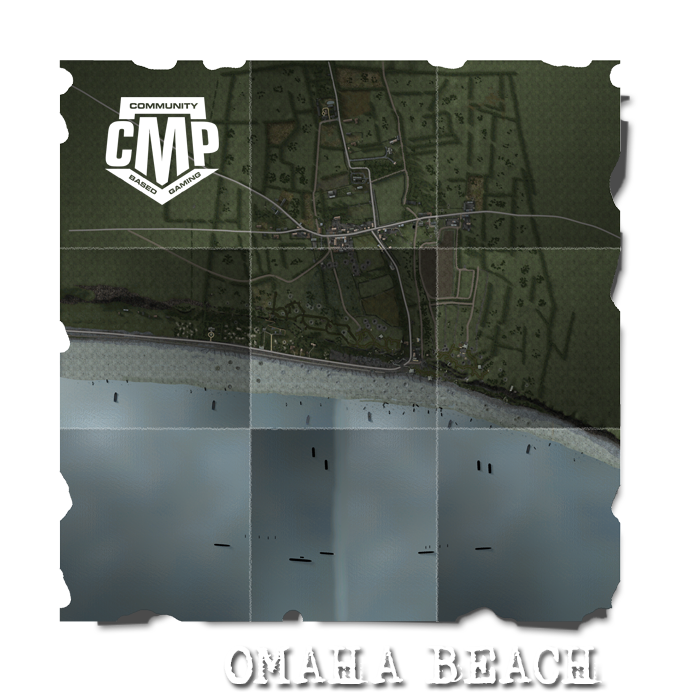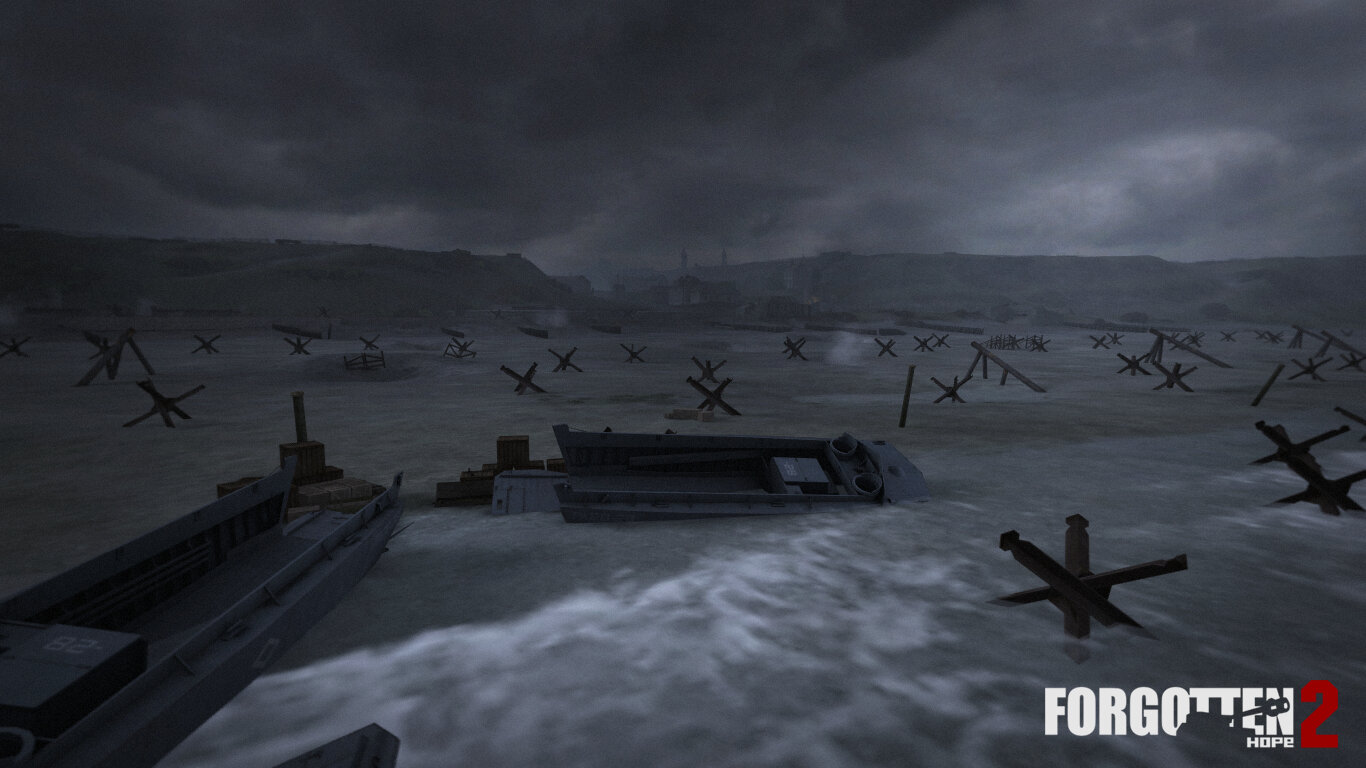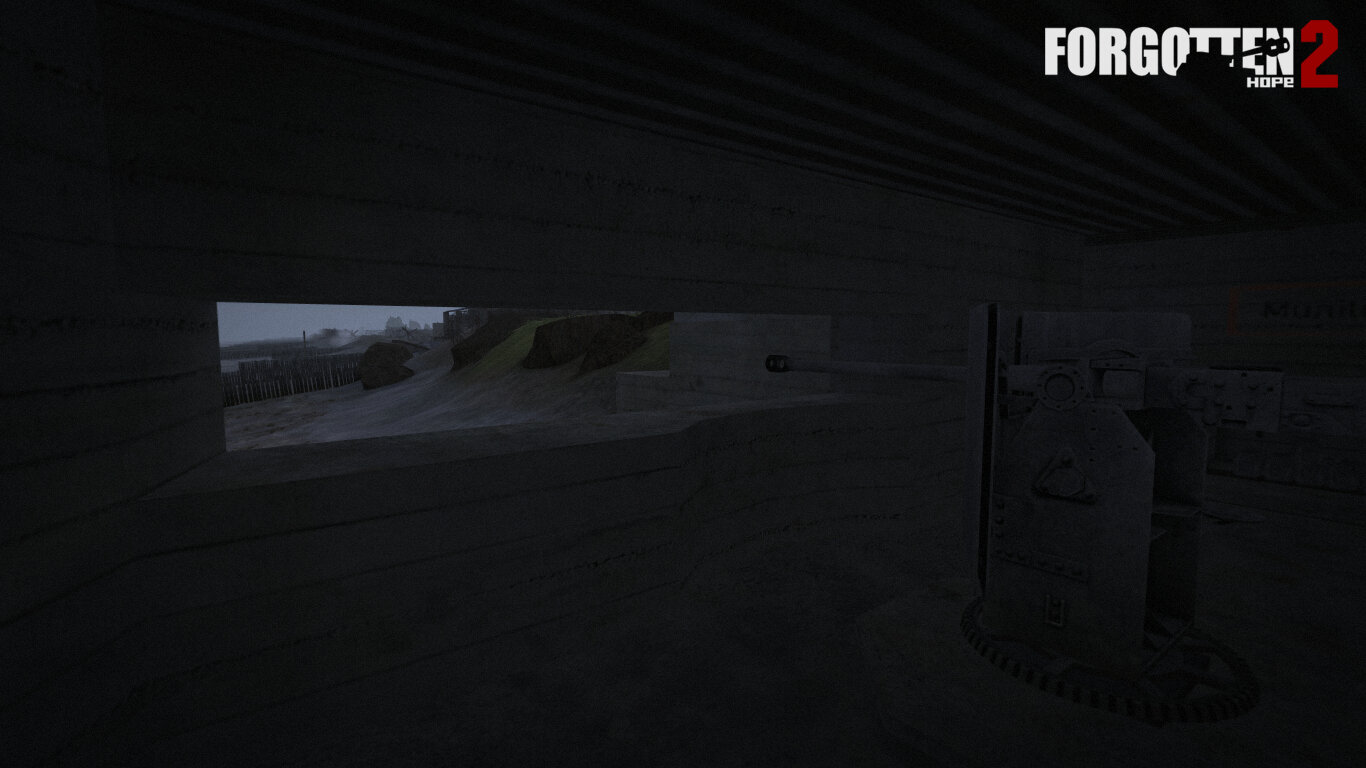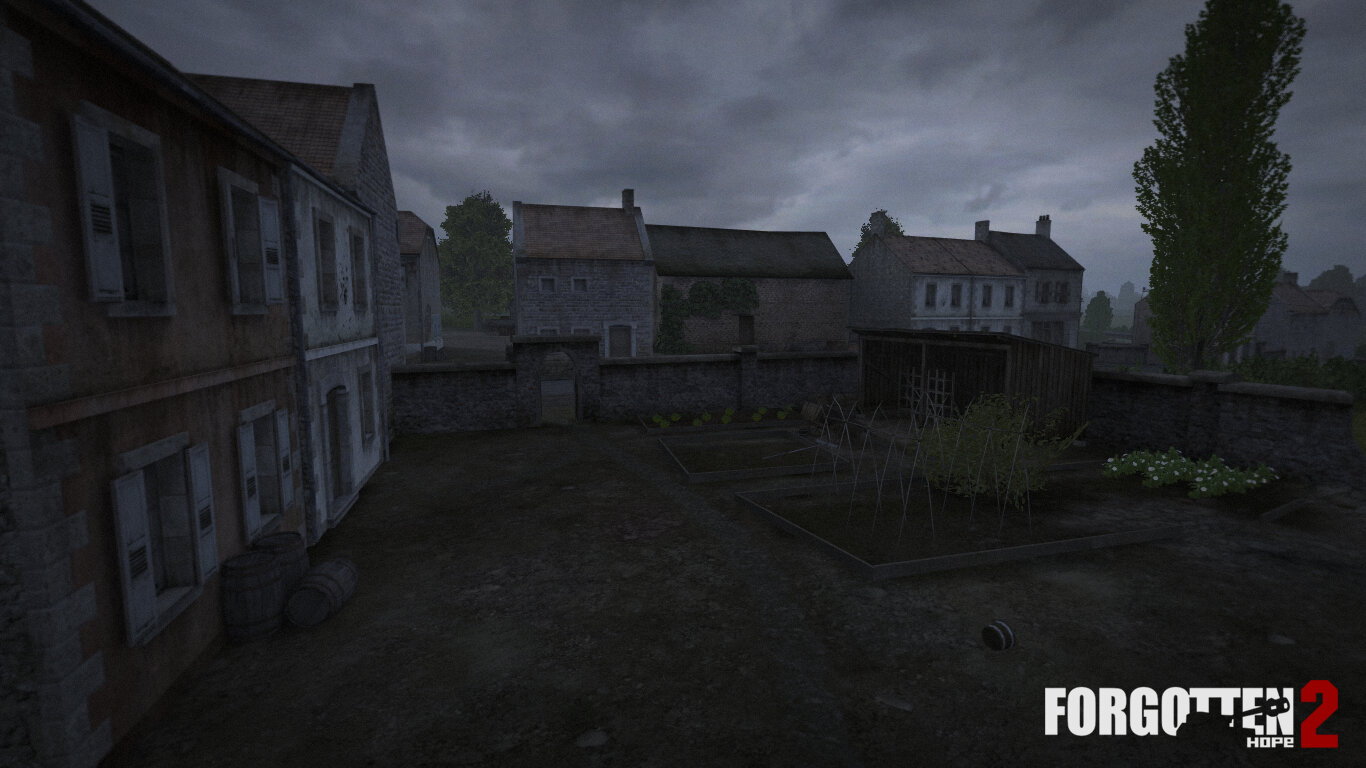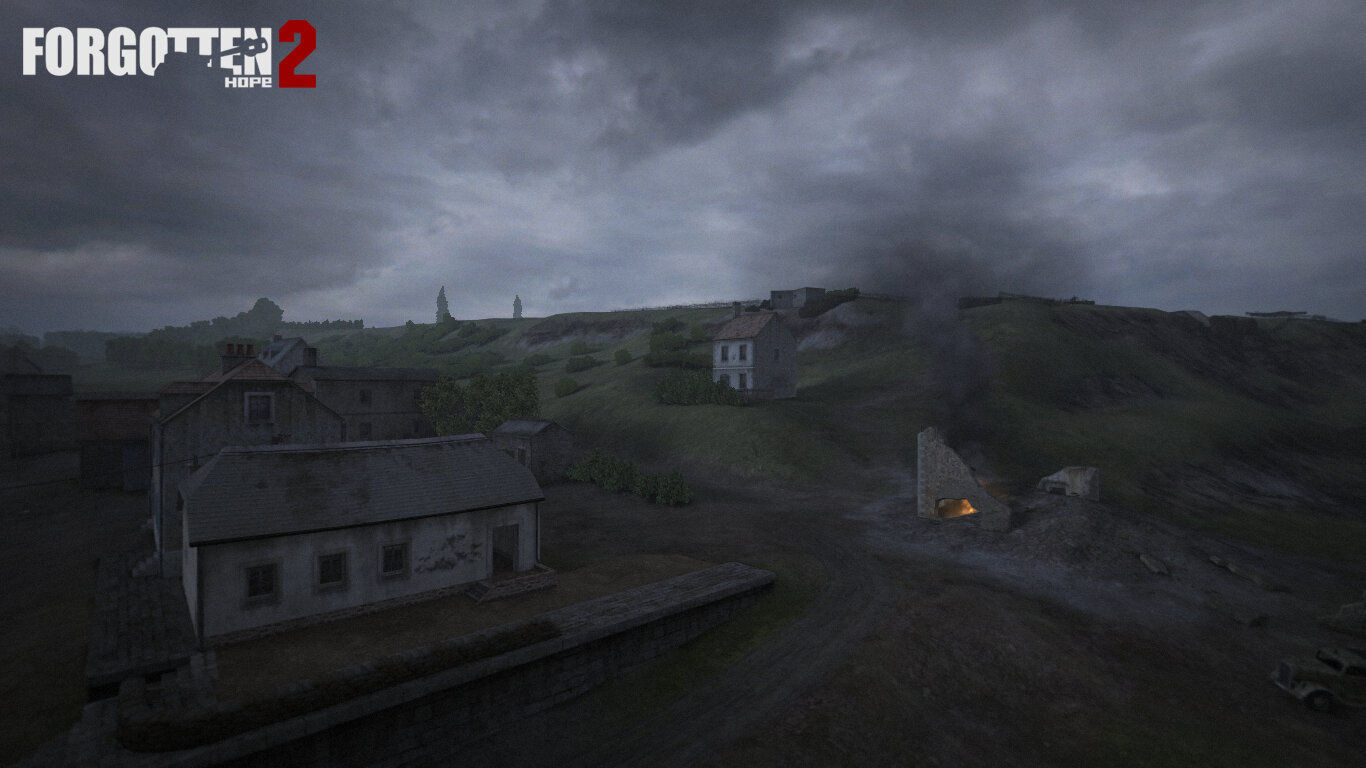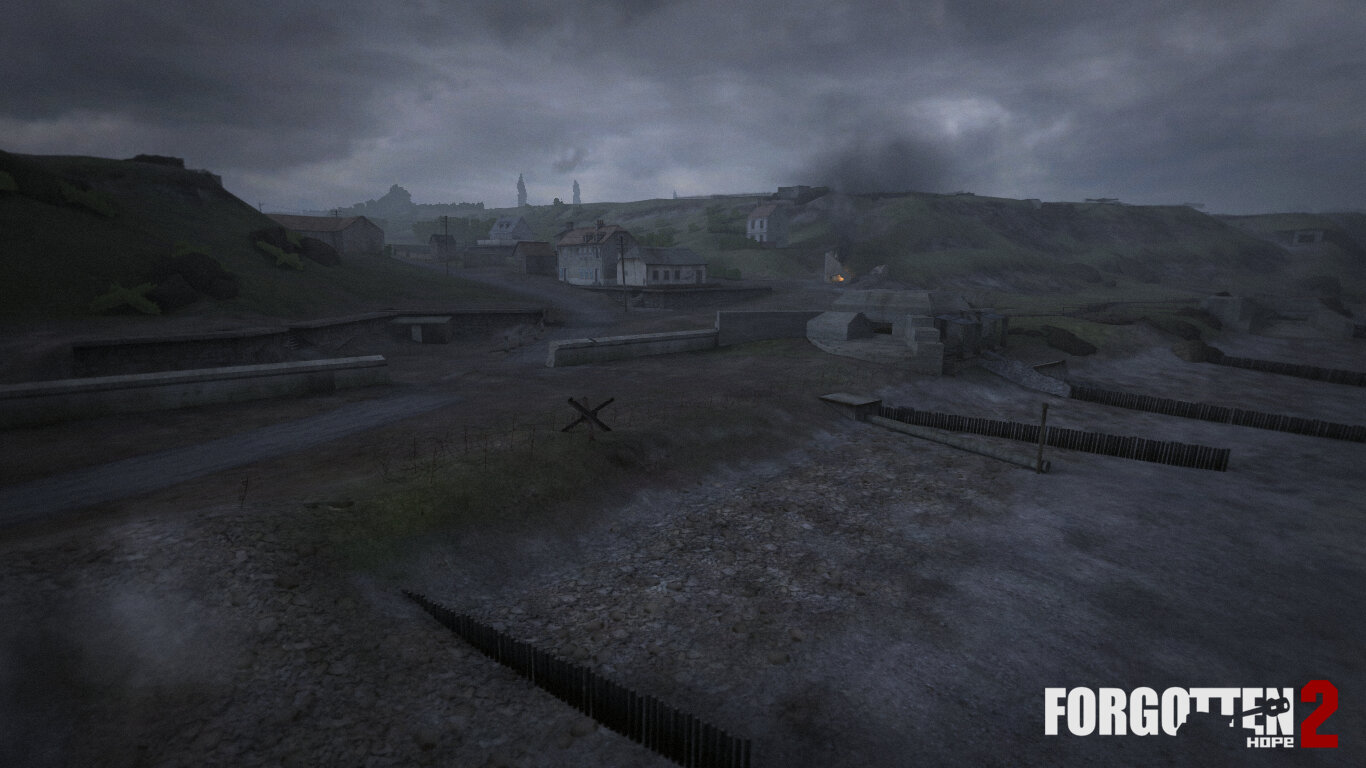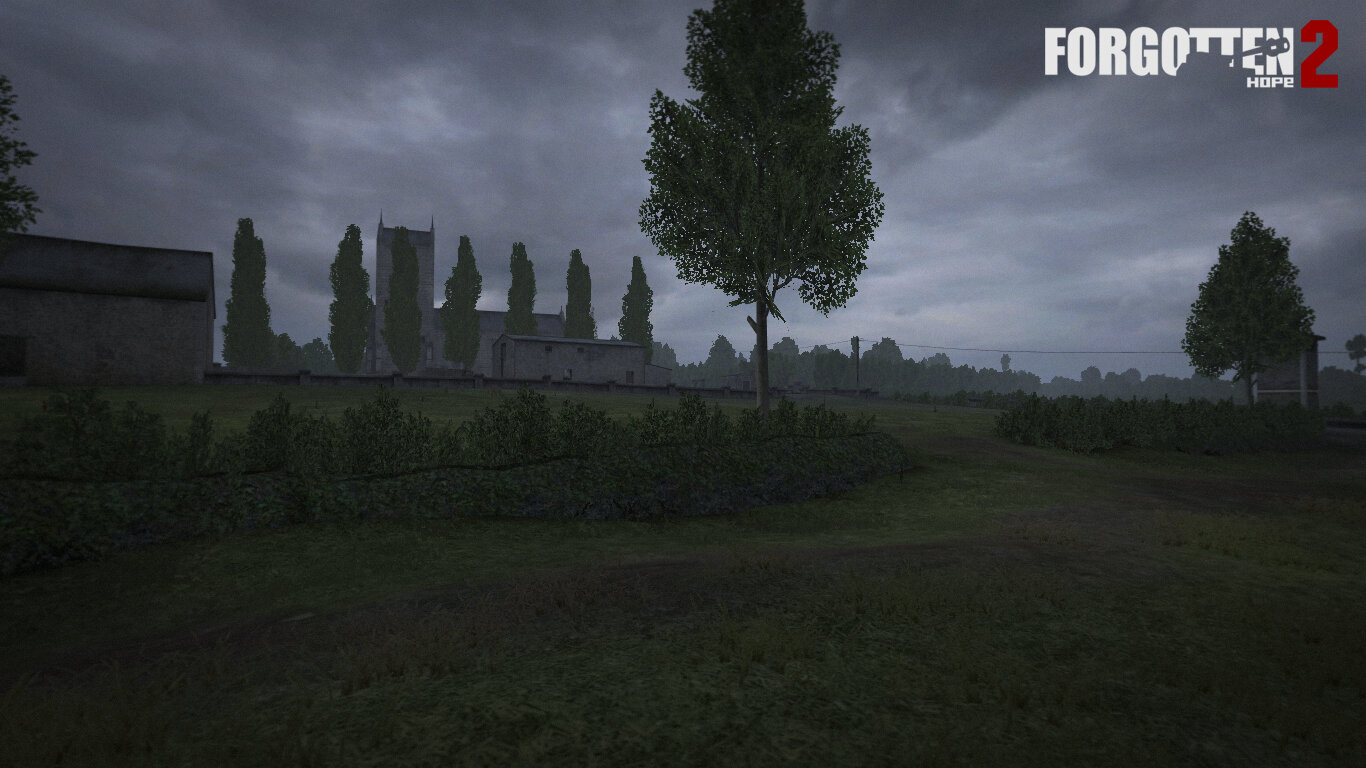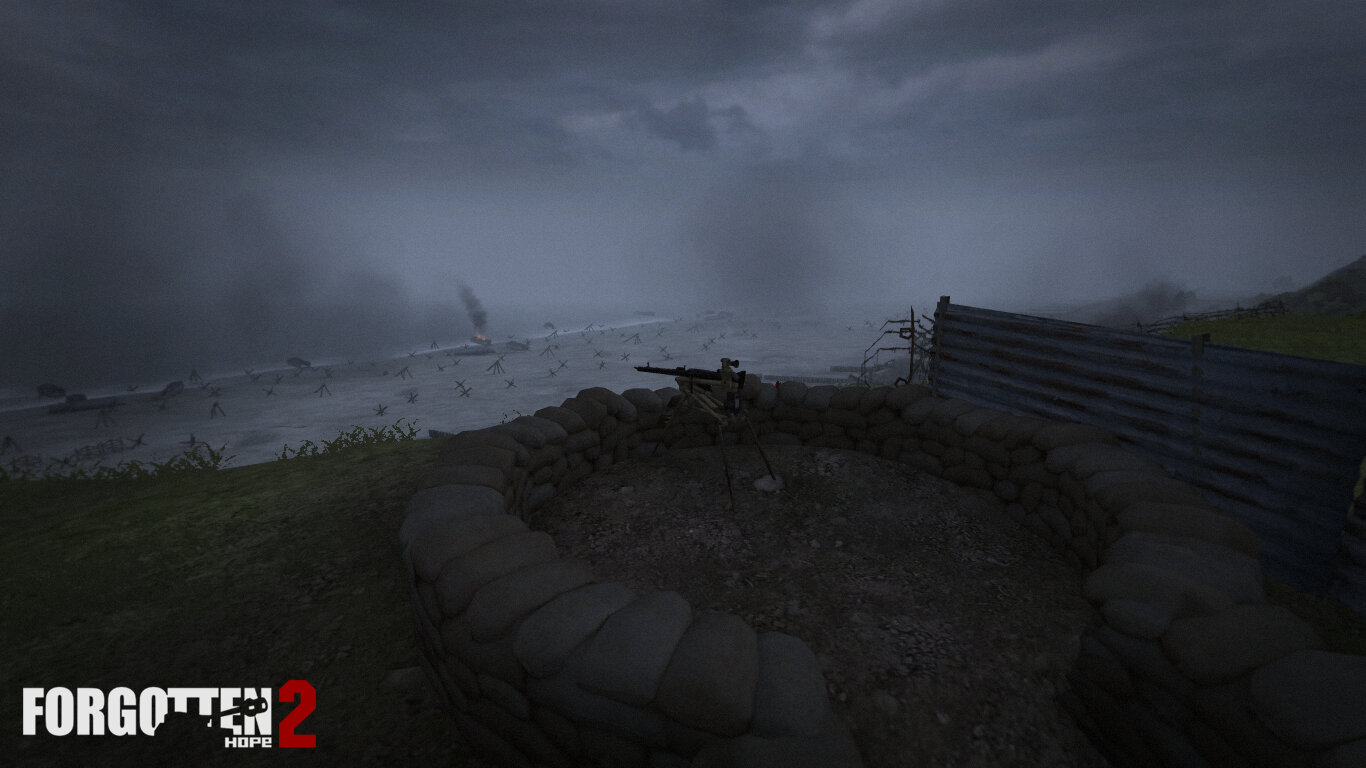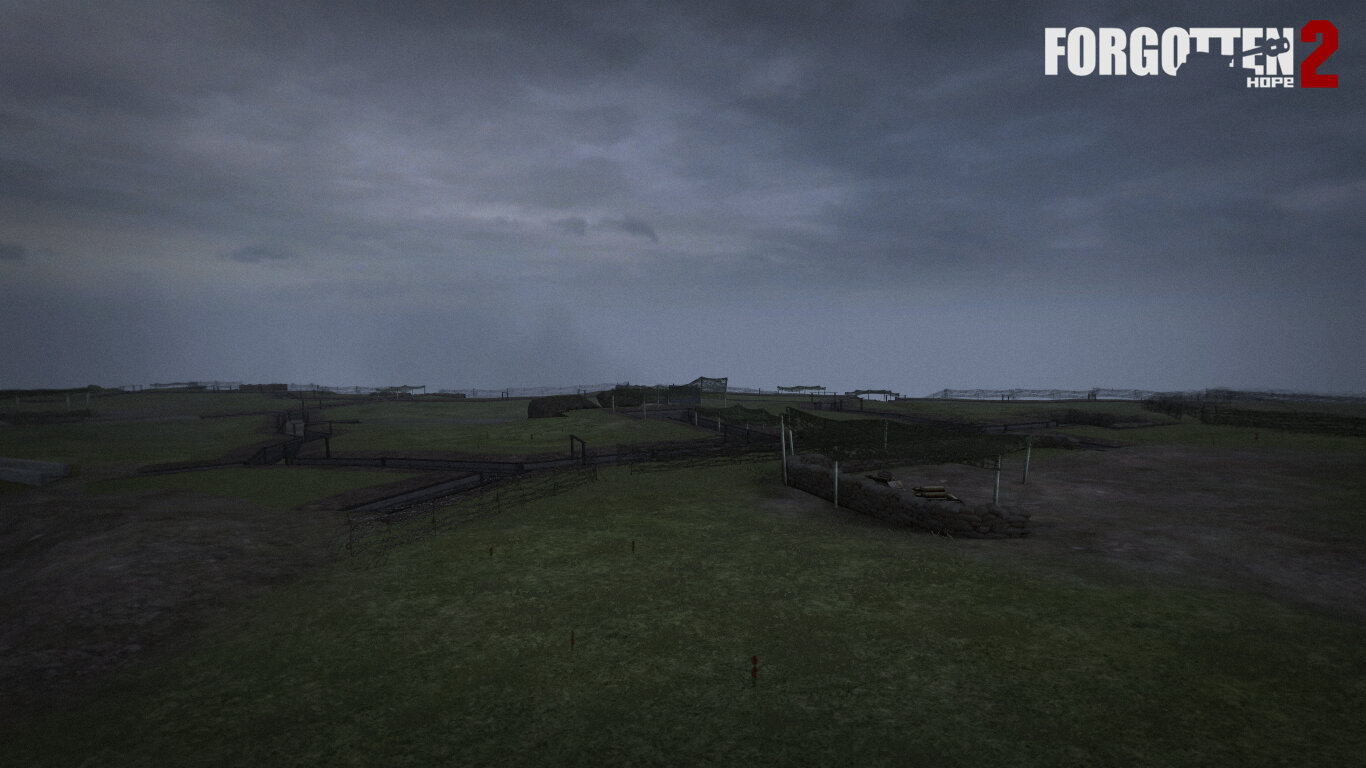1
General Discussion / Re: The Last Winter - A New CMP Campaign is Now Open - Sign Up
« on: 16-04-2024, 12:04:50 »
FRIDAY , April 19th, 18hUTC , the map BUTGENBACH will be played in the Forgotten Hope 2 Campaign The Last Winter
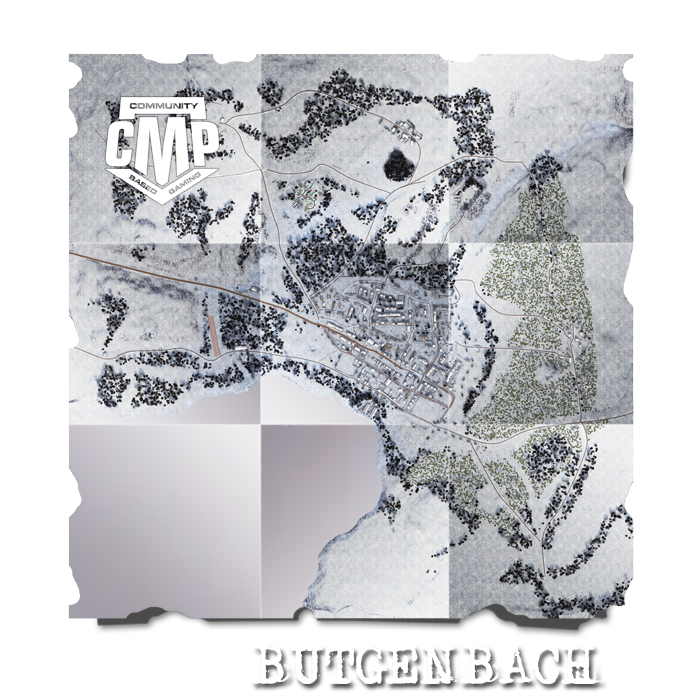
History




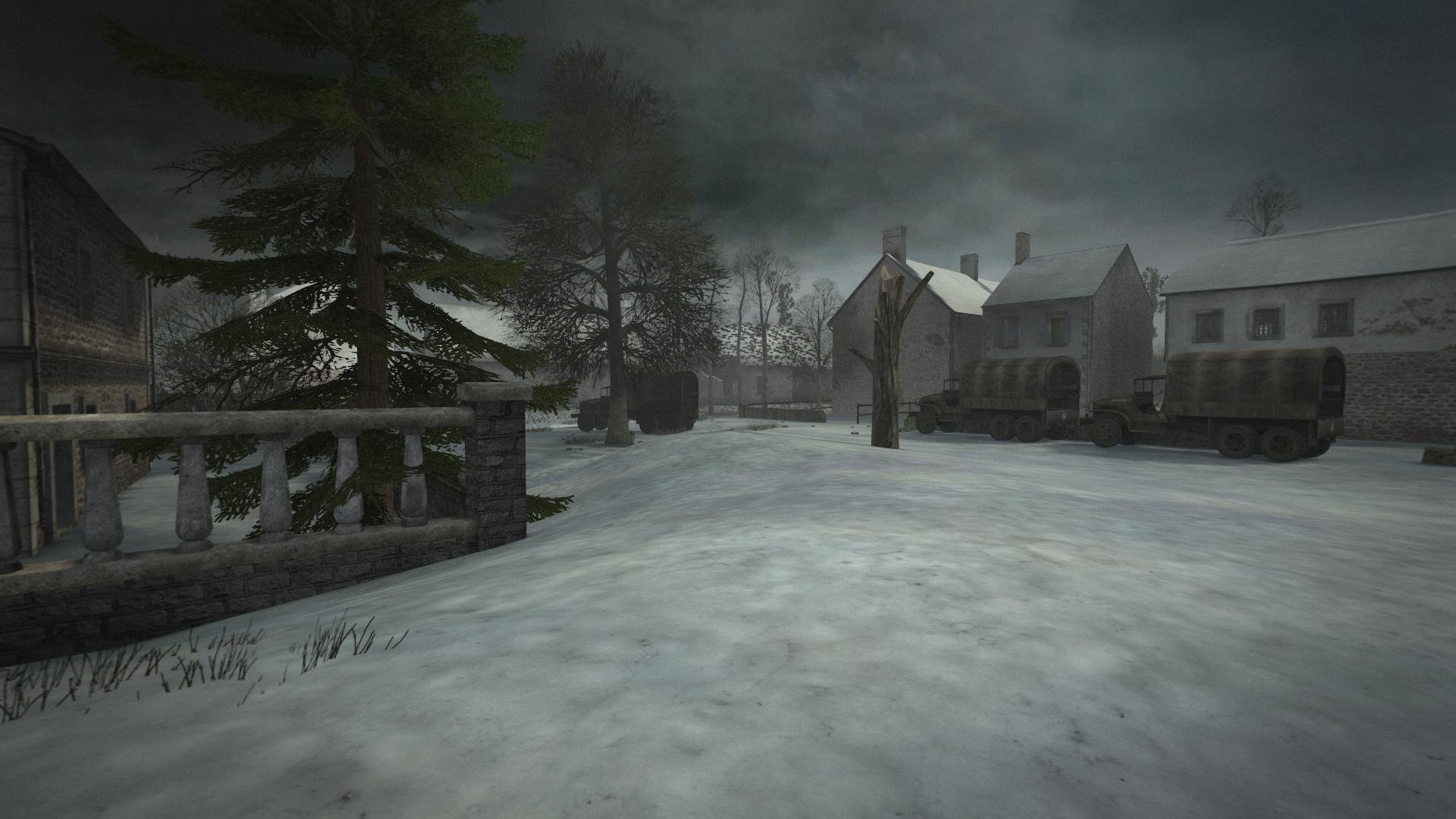

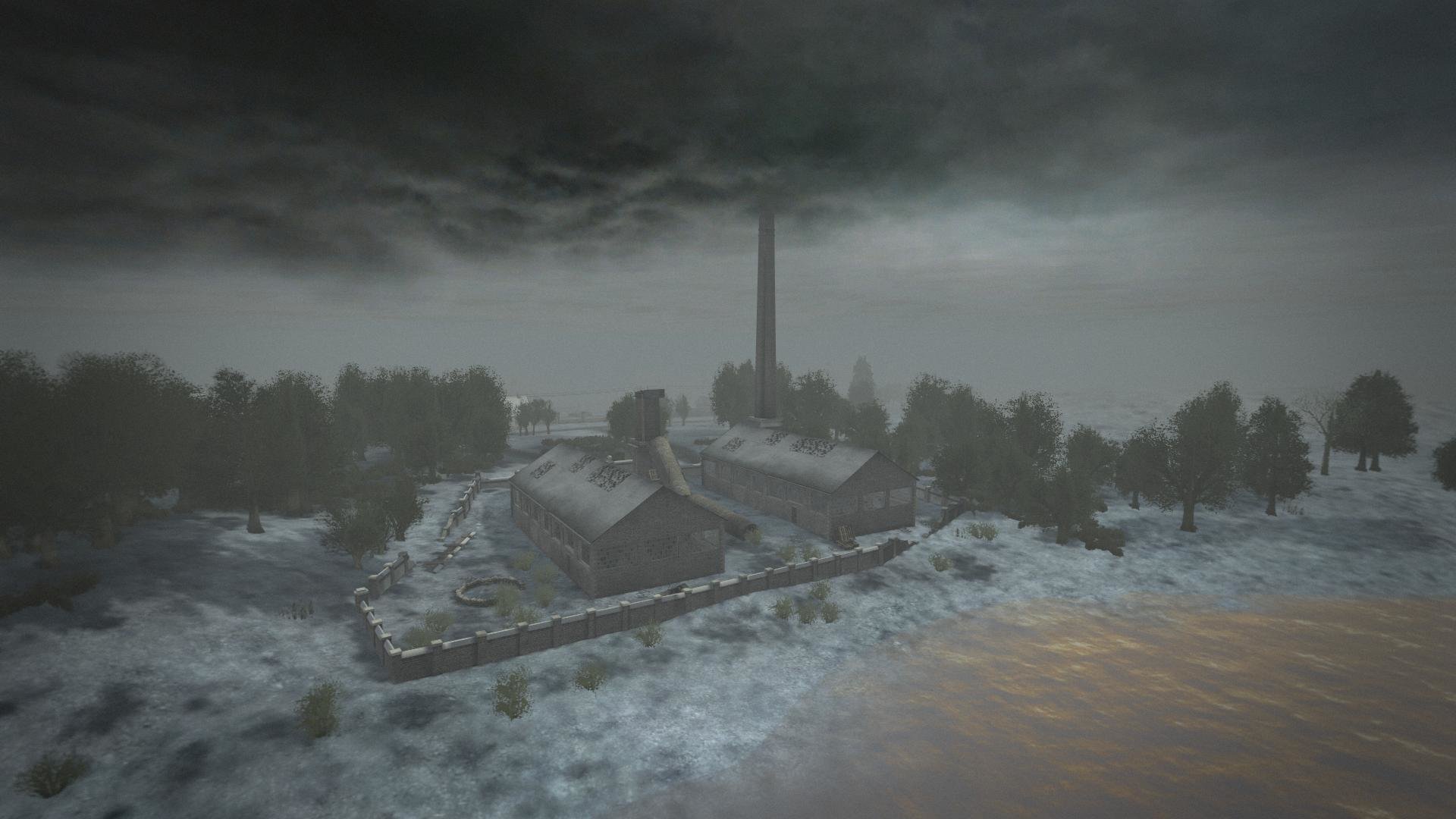
"Early on the morning of December 21, SS Panzergrenadiers, now supported by Nebelwerfers and heavy German artillery, slammed against the 26th’s defenses in and around Dom Butgenbach. The battle raged all day long and into the night, with the SS penetrating American lines repeatedly, only to be pushed back by American infantry, tank destroyers and artillery.
At the end of the day, the veterans of the 26th Infantry still held their ground, and looked out on a battlefield strewn with destroyed German armor and scores of enemy dead. The dead SS Panzergrenadiers, many of them as young as 15 and 16 years old, were described by American patrols to be “as common as grass.” American graves registration counted some 782 German dead in front of the 26th’s positions alone. The burnt-out hulks of 47 German tanks lay scattered about the landscape, some of the vehicles burned for days after the fight was over.
The following day, the 12th SS attacked the 26th Infantry again, this time with much less strength but in the same ferocious manner. Several German tanks made their way into the town, only to be knocked out by roving bazooka teams or American artillery. Many American survivors of the attacks made against Dom Butgenbach owed their lives to the divisional artillery of the “Big Red One.” The artillerymen supporting the riflemen on the line fired an astounding 10,000 rounds against the German attacks on the December 22 alone. Such was the ferocity of the artillery fire, that while several German tanks broke the lines, not a single Panzergrenadier managed to make his way close to the American defensive foxholes."
At the end of the day, the veterans of the 26th Infantry still held their ground, and looked out on a battlefield strewn with destroyed German armor and scores of enemy dead. The dead SS Panzergrenadiers, many of them as young as 15 and 16 years old, were described by American patrols to be “as common as grass.” American graves registration counted some 782 German dead in front of the 26th’s positions alone. The burnt-out hulks of 47 German tanks lay scattered about the landscape, some of the vehicles burned for days after the fight was over.
The following day, the 12th SS attacked the 26th Infantry again, this time with much less strength but in the same ferocious manner. Several German tanks made their way into the town, only to be knocked out by roving bazooka teams or American artillery. Many American survivors of the attacks made against Dom Butgenbach owed their lives to the divisional artillery of the “Big Red One.” The artillerymen supporting the riflemen on the line fired an astounding 10,000 rounds against the German attacks on the December 22 alone. Such was the ferocity of the artillery fire, that while several German tanks broke the lines, not a single Panzergrenadier managed to make his way close to the American defensive foxholes."








